Excellence at the N-SSA 140th Nationals
By Bruce W. Miller
Over the 69-year history of the North-South Skirmish Association (N-SSA), there have been many great championship units. Without a doubt, the greatest of the 21st Century to date is the 110th Ohio Volunteer Infantry (OVI). Interestingly, the original regiment spent much of its three-year service in and around the home of the N-SSA, Fort Shenandoah, near Winchester, Virginia.

Organized in October 1862, under Colonel J. Warren Keifer, the 110th OVI moved into West Virginia. In January 1863, the 110th OVI marched to Winchester and served in the Army of the Potomac. At Kernstown, it engaged Lee’s advance, resisting an overwhelming force. Finally cutting its way out, the regiment marched to Harper’s Ferry. In 1864, the regiment operated with Grant in the Overland Campaign and then with Sheridan in the Shenandoah Valley at Winchester and Fisher’s Hill. The regiment took part in the assaults upon Petersburg and pursued Lee until he surrendered. The 110th engaged in 20 battles and lost 795 men. It was mustered out June 25, 1865.
Today’s N-SSA 110th OVI
joined the association in 1961. Many of those original members worked at Wright Patterson Air Force Base. Eldon Bertram and Jon Barber are the sole surviving members of that era. The current roster includes 24 active members and five non-shooting members. Most members are from Ohio, primarily in the southwestern part of the state. Like many N-SSA units, the 110th OVI includes brothers, married couples, fathers, sons, and even a grandfather, son, and grandson.
The unit practices together and that has paid off with an amazing string of N-SSA championships. Since 2000, they have won rifle musket gold 24 times; smoothbore musket seven times; carbine six times; Henry rifle three times; single shot rifle once, and even one mortar match. They are members of the Midwest Region and often travel to neighboring regions to conquer the locals! Not only are the members of the 110th great shots, but great people too.
The 140th National Competition was held October 2-6, 2019. Member units competed in livefire matches with original or authentic reproduction Civil War period muskets, carbines, breechloading rifles, revolvers, mortars, and cannon. It is the largest Civil War event of its kind in the country.

After two days of individual matches, seven team matches were held over the three-day weekend. The weather in the scenic Shenandoah Valley was spectacular with the exception of a rainy Sunday; the day of the Rifle-Musket Team match, the N-SSA signature event. A total of 159 eight-member teams participated in this classic competition. All targets are breakable and the pieces flew as clay pigeons, ceramic tiles, and pot silhouettes were blasted by Minié balls at ranges of 50 and 100 yards. The rain couldn’t keep the 110th Ohio Volunteer Infantry (OVI) from winning gold medals once again. They won the musket match with a phenomenal time of 399.9 seconds for the five-event program, besting the next closest unit by over a minute. This makes an
amazing 25 rifle-musket championships since 2000. Two members, Mike Rouch and Jerry Smith, have been on all 25 teams.
The always competitive 8th Virginia Volunteer Infantry won the Carbine Team match with a time of 392.1 seconds, beating the next closest unit by a solid 44.7 seconds. One hundred thirty-four teams participated in this match of speed and accuracy. Smith carbines are a favorite in this match and many are valuable originals. Skirmishers are also fond of Sharps’ carbines and you will often see Burnsides, Maynards, and even muzzle-loading carbines and musketoons on the firing line. Friday morning dawned cool and bright as 80 teams squared off in the Revolver Team match. The four-member teams participated in the four event match:
12 clay pigeons on a cardboard backer, eight hanging 6 x 6 inch ceramic tiles, eight hanging clay pigeons, and eight hanging 4 x 4
inch ceramic tiles. Harris’ Light Cavalry finished first with a time of 118.4 seconds, 13.5 seconds better than the second place team, the Nansemond Guards, winners of the match at the previous two nationals.
The 1st Maryland Cavalry won the Smoothbore Musket Team match, outshooting 130 other units to finish first with a total time of 214.2 seconds, just 1.1 seconds ahead of the ever present 110th OVI. This relatively new match has become increasingly popular and, as you can imagine, a really great test of skill. Competitors participate with many different firearms, including the U.S. Model 1842, Confederate Macon arsenal conversions of the Model 1842, the Hewes & Philips conversion of the U.S. Model 1816 (which features a rear sight), and the occasional European Potsdam in .72 caliber. The match consists of four events, including the extra challenging silhouette of a
tiny clay pot at 25 yards and 6 x 6-inch ceramic tiles at 50 yards. Three additional shoulder arm team matches were held. In the Single-Shot Rifle Team match, the 149th Pennsylvania Infantry finished first. In the BreechLoading Rifle Team match, the 2nd Maryland Artillery was the winner; in the Spencer Team match, the 46th Illinois Infantry took gold.
Fifty units participated in the Mortar Team match. The mortar teams fire seven shots at a stake 100 yards down range. Officials then carefully measure the distance from the stake and tally the best five shots for score. The overall winner was the 2nd South Carolina Infantry, Company I “Palmetto Guards,” with a terrific five shot aggregate score of 23 feet-3.25 inches; a huge 12 feet better than any other team.
CW N Vol. 45, No. 12 48 Pages, December 2019 $3.50 Civil War News
Monthly Newspaper For Civil War Enthusiasts Inside this issue: 47 – Advertiser Index 10 – Black Powder, White Smoke 39 – Book Reviews 42 – Critic’s Corner 28 – Emerging Civil War 46 – Events Section 22 – The Graphic War 24 – Inspection, ARMS! 4 – Roundtable News 43 – Small Talk-Trivia 16 – The Source 12 – The Unfinished Fight 26 – This And That 14 – Through The Lens H N-SSA 140th . . . . . . . . . . . . see page 2
America’s
Hardaway’s Alabama Battery pulls the laynard to fire their piece and demonstrates why safety practices are so important when firing artillery, due to the significant vent flame and muzzle blast from the relatively large powder charges used.
(Joseph Pelot)
Civil War News
Published by Historical Publications LLC
520 Folly Road, Suite 25 PMB 379, Charleston, SC 29412
800-777-1862 • Facebook.com/CivilWarNews
mail@civilwarnews.com • www.civilwarnews.com
Advertising: 800-777-1862 • ads@civilwarnews.com

Jack W. Melton Jr. C. Peter & Kathryn Jorgensen
Publisher Founding Publishers
Editor: Lawrence E. Babits, Ph.D.
Advertising, Marketing & Assistant Editor: Peggy Melton
Columnists: Craig Barry, Joseph Bilby, Matthew Borowick, Stephen Davis, Stephanie Hagiwara, Gould Hagler, Tim Prince, Salvatore Cilella, Michael K. Shaffer
Editorial & Photography Staff: Greg Biggs, Joseph Bordonaro, Sandy Goss, Gordon L. Jones, Michael Kent, Bob Ruegsegger, Gregory L. Wade, Joan Wenner, J.D.
Book Review Editor: Stephen Davis, Ph.D., Cumming, Ga.
Civil War News (ISSN: 1053-1181) Copyright © 2019 by Historical

Publications LLC is published 12 times per year by Historical
Publications LLC, 520 Folly Road, Suite 25 PMB 379, Charleston, SC 29412. Monthly. Business and Editorial Offices: 520 Folly Road, Suite 25 PMB 379, Charleston, SC 29412, Accounting and Circulation
Offices: Historical Publications LLC, 520 Folly Road, Suite 25 PMB 379, Charleston, SC 29412. Call 800-777-1862 to subscribe.
Periodicals postage paid at U.S.P.S. 131 W. High St., Jefferson City, MO 65101.
POSTMASTER: Send address changes to: Historical Publications LLC 520 Folly Road Suite 25 PMB 379 Charleston, SC 29412
Display advertising rates and media kit on request. The Civil War News is for your reading enjoyment. The views and opinions expressed herein are those of its authors, readers and advertisers and they do not necessarily reflect the official policy or position of Historical Publications, LLC, its owners and/or employees.
P UBLISHERS :
Please send your book(s) for review to:
CWN Book Review Editor, Stephen Davis 3670 Falling Leaf Lane, Cumming, GA 30041-2087
Email cover image to bookreviews@civilwarnews.com Civil War News cannot assure that unsolicited books will be assigned for review. We donate unsolicited, unreviewed books to libraries, historical societies and other suitable repositories. Email Dr. Davis for eligibility before mailing.

ADVERTISING INFO:
Email us at ads@civilwarnews.com Call 800-777-1862
MOVING?
Contact us to change your address so you don’t miss a single issue. mail@civilwarnews.com • 800-777-1862
SUBSCRIPTION RATES
U.S. Subscription rates are $38.50/year, $66/2 years, digital only $29.95, add digital to paper subscription for only $10/year more. Subscribe at www.CivilWarNews.com
HN-SSA
. . . . . . . . . . . from page 1
The Artillery Team matches are a spectator favorite and the excellent weather brought out 46 guns to participate. The range is reconfigured so that the cannons fire perpendicular to the regular firing line. Target frames and their paper targets are then set at a distance of 200 yards for rifled guns and 100 yards for smoothbores and howitzers. Each cannon fires a solid shot at two targets; a bull’s eye and a silhouette of a cannon facing them that represents counter battery fire. A maximum of seven shots are fired on either target with a maximum point count of 25 per target. A perfect score is 50 points. The guns are classified by type: smoothbore, rifled, howitzer and rifled howitzer. In the Smoothbore class, the 1st Virginia Cavalry (gun #1) was the winner. In the Rifled class, the 3rd U.S. Infantry (Smithgall) won with a perfect score of 50-5V. In the Howitzer class, the Rowan Artillery won for the fifth consecutive national, shooting a near perfect 50-8V. Not surprisingly, the 1st Maryland Cavalry won for the sixth consecutive national in the Rifled Howitzer class. The accuracy of these Civil War cannons is truly amazing and N-SSA gun crews know how to get the most out of them.
The N-SSA is the country’s oldest and largest Civil War shooting sports organization with over 3,000 individuals that make up its 200 member units. Each represents a particular unit or regiment and proudly wears the uniform they wore over 150 years ago. At the 140th National,
“Skirmishers in training” between the ages of four and 15 compete in the BB and Pellet gun matches under close adult supervision. These matches enrich the family-oriented nature of the N-SSA by involving the younger generation of skirmishers in individual and team competitions. (Lis Cole)

twelve more members were recognized for 50 years of membership in the Association; quite an accomplishment.
The 141st National Competition is scheduled for May 13-17, 2020 at Fort Shenandoah, just north of Winchester, Virginia. For more information about the N-SSA visit the web site at www.n-ssa.org.

H N-SSA Photos
see page 5
Nelda Platz won 1st Place in Matron’s Best Visual Costume. Here she is describing the dress and over-petticoat to the judges. Members of the costume committee not only judge the authenticity and accuracy of competitors but also conduct workshops teaching proper construction of mid-nineteenth century clothing. (Niki Bethke)

2 Civil War News December 2019
CIVIL WAR AUTOGRAPHS LETTERS • DIARIES • STAMPS • CURRENCY Price List Online • Top Price Paid for Quality Material BRIAN & MARIA GREEN P.O. Box 1816N Kernersville, NC 27285-1816 (336)993-5100 • (336)993-1801 www.shop.bmgcivilwar.net bmgcivilwar@triad.rr.com
Sutler’s Row is a busy place at an N-SSA National skirmish as members and guests shop for black powder shooting supplies, skirmishing gear, and all things Civil War. (Niki Bethke)
. . . . . . . . . . . .


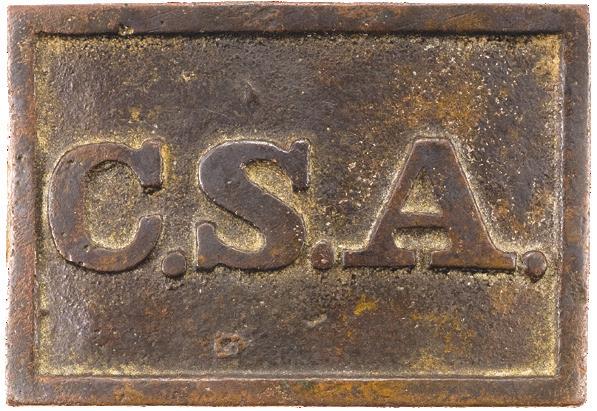






Mike Kent & Associates, LLC • PO Box 685 • Monroe, GA 30655 770-630-7296 • Mike@MKShows.com • www.MKShows.com Military Collectible & Gun & Knife Shows Presents The Finest Williamson County Ag Expo Park 4215 Long Lane Franklin, TN 37064 Dec. 7 & 8, 2019 Middle TN (Franklin) Civil War Show NW GA Trade Center 2211 Dug Gap Battle Rd Dalton, GA 30720 Feb. 1 & 2, 2020 Dalton Civil War Show Richmond International Raceway 600 East Laburnum Avenue Richmond, VA 23222 Nov. 16 & 17, 2019 Capital of the Confederacy (Richmond) Civil War Show Promoters of Quality Shows for Shooters, Collectors, Civil War and Militaria Enthusiasts Exchange Park Fairgrounds 9850 Highway 78 Ladson, SC 29456 Nov. 30 & Dec. 1, 2019 Charleston Gun & Knife Show South Carolina State Fairgrounds 1200 Rosewood Drive Columbia, SC 29202 Dec. 14 & 15, 2019 Columbia Gun & Knife Show Bring this page with you and receive $1 off admission
Roundtable news
 By Matthew Borowick
By Matthew Borowick
Augusta CWRT
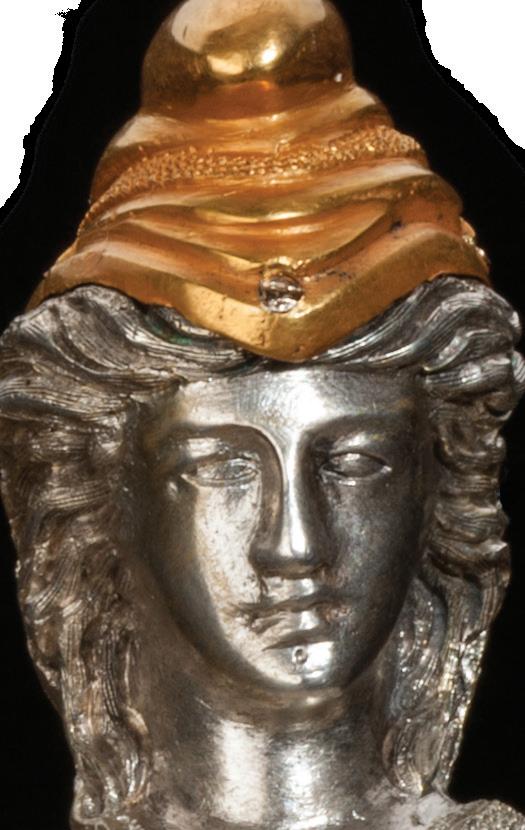
In September I presented at the regular meeting of the Augusta Civil War Round Table, an incredibly well-run organization. Their success provides a great example for other round tables to follow.



It starts with leadership. Gwen Fulcher Young continues in her role as round table president. She is full of passion and energy for running things well and it shows in a few ways:
The invitation. Gwen inquired about my availability to speak to the group with a very clear invitation. She offered the available dates and made clear, up front, how travel and related expenses would be covered.
The promotion. Gwen kept me well apprised of the marketing she was doing for the meeting
and my appearance. Links to stories in local papers and a copy of the group’s newsletter all demonstrated her effectiveness in getting the word out about the meeting.
The visit. I arranged my travel and Gwen took care of accommodations. A particular treat was lunch on the day of the meeting with Gwen and her husband, Bob. Both are long-time Augusta natives who take great pride in their hometown. In fact, Bob was the mayor in the early 2000’s and Gwen’s real estate business gives her great insight into the pulse of Augusta.
We were joined at lunch by round table member Dan Funtsch who recently retired from his career as a high school principal and now helps Gwen with round table business. After lunch Gwen went to the meeting hall to get

things ready while Dan treated me to a tour of Augusta. It was a great way to see the city and learn about its history and exciting future.
The meeting. The round table meets in Goodwill’s Snelling Center, a nonprofit dedicated to job training and community development. It’s an accommodating place to meet with excellent amenities, while giving the people at Goodwill an opportunity to show their talents.

The round table charges $23 to attend the meeting, which includes a buffet dinner. The food was excellent.
Gwen sets aside a “Speaker’s Table.” Bob is a regular at the table. The other table guests are selected by Gwen, giving members an opportunity to connect with speakers on a rotating basis. It was a pleasure to be with Dan, Kim, and David for the meal.
The doors opened at about 5:15 p.m. and the attendees trickled in, ultimately reaching an audience of about 100. Gwen began the program at 6:45, sharing updates about the round table, welcoming non-member/guests in attendance, and introducing the speaker. By 7:00 I was on.
Gwen made it clear in the original invitation that I had 40
Join Chambersburg Civil War Seminars & Tours for the largest and most comprehensive study of the Chickamauga & Chattanooga campaigns yet attempted! Five expert historians will cover diverse topics along with four full days of intensive battlefield touring led by David Powell with program coordinator Eric Wittenberg. We’ll visit Bridgeport and Stevenson, AL; LaFayette, GA, Davis’s Crossroads, Chickamauga, Reed’s Bridge, Jay’s Mill, Brock Field, Kelly Field, Brotherton Field, Horseshoe Ridge, Lookout Mountain, National Cemetery, Orchard Knob, Ringgold & more!

April
GATEWAY
July 22-26,

minutes for the presentation; I came in at 39 minutes and 25 seconds. This would be followed by a question and answer session, moderated by Gwen, who chose from among the many raised hands. By 8 p.m. we were done, mindful of people’s time while providing them an enjoyable social evening complemented by (hopefully) an informative and entertaining presentation.
This was my second visit to the Augusta CWRT. Gwen runs everything to perfection just as she
has been doing for seven years. As a speaker, I was grateful for the clear directions she gave, how travel would be reimbursed, how the meeting would run, how much time I had to speak, where I would sit for dinner. These all allowed me the opportunity to focus on my part, informing the audience how “Northern Financial Decisions Won the American Civil War.”
For more information visit: www.civilwarroundtableaugustaga.com.
4 Civil War News December 2019 Call for a FREE Brochure! 717-264-7101 ext. 206
Upcoming Conference 1777 Philadelphia Campaign
30-May 3, 2020 Limited seating!
TO THE DEEP SOUTH:
& Chattanooga
Chickamauga
2020
Buying and Selling The Finest in Americana 11311 S. Indian River Dr. • Fort Pierce, Florida 34982 770-329-4985 • gwjuno@aol.com George Weller Juno
Based in Ringgold, GA www.CivilWarSeminars.org
140th N-SSA Nationals
H N-SSA Photos . . . . . . . . . . . . see page 6
One of the signature events in an N-SSA musket match is the Pigeon Board, consisting of 32 sporting clays mounted on a cardboard backer. The eight-person musket teams compete to hit all of the clay pigeons to clear the board in the least amount of time. 159 musket teams competed in the 140th National musket match.


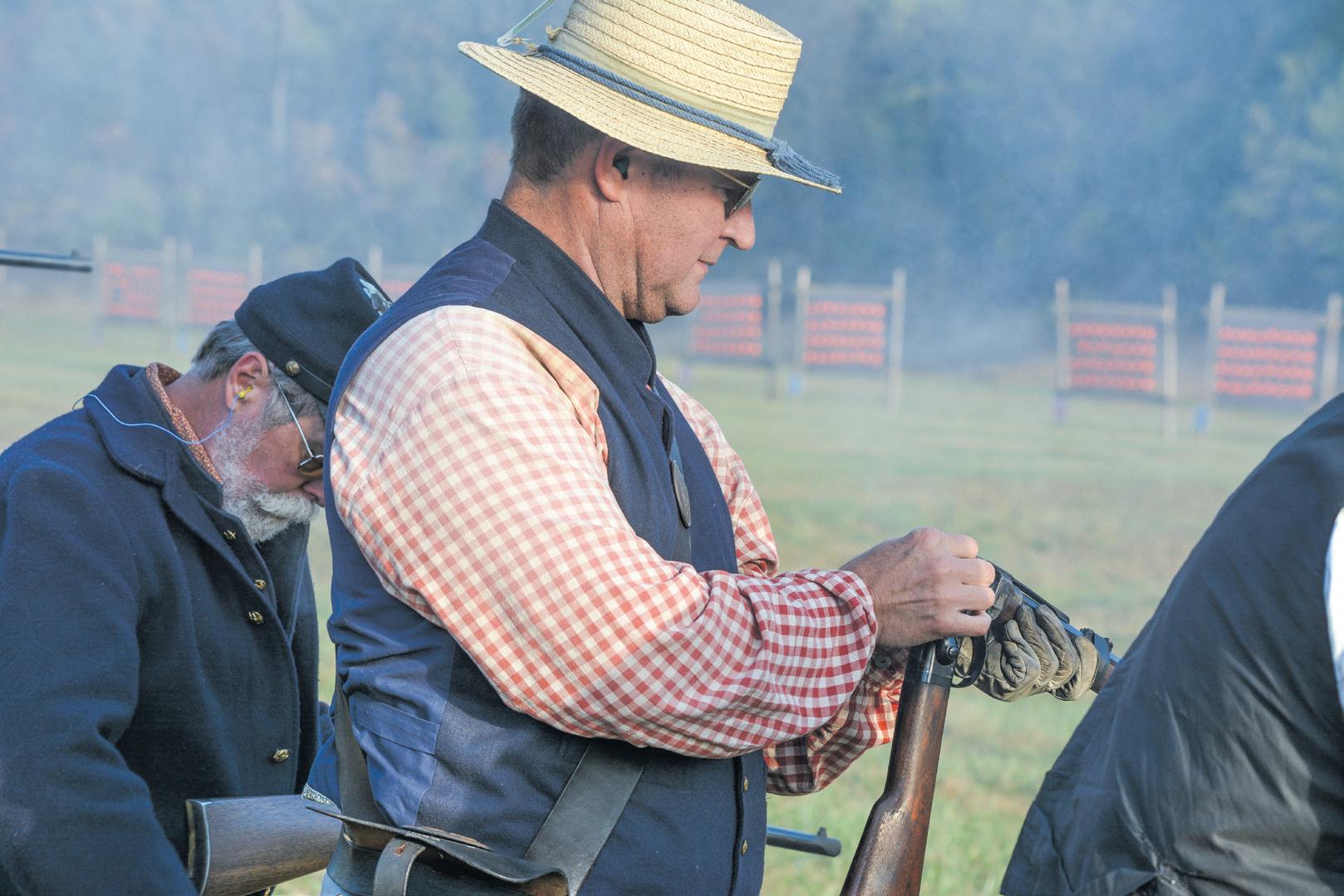



5 December 2019 Civil War News
Competitors in the breech-loader team matches start the relay with a full magazine, but must single load after the magazine is emptied. This match is shot almost exclusively with Henry rifles. (Lis Cole)
Carbine shooters aim and prepare to fire at targets down range. 134 member teams competed in the 140th N-SSA National Skirmish carbine team match. (Lis Cole)
Charlie Smithgall of the 3rd U.S. deftly aims his original 12-pounder field howitzer, manufactured in 1848 by N.P. Ames Manufacturing Company. (Ericka Hoffmann)
A competitor swiftly loads his Smith carbine during the carbine match on Saturday morning of the N-SSA 140th National Skirmish. The Smith is a popular arm with skirmishers, as are Burnside, Maynard, Sharps, and other original and reproduction carbines. (Lis Cole)
(Ericka Hoffmann)
Authentically uniformed Confederate skirmishers load and fire at breakable targets during the musket match. N-SSA units are named after and adopt the uniform of original Civil War units. (Ericka Hoffmann)
140th N-SSA Nationals

Members of the 149th Pennsylvania Volunteer Infantry take aim at four-inch hanging tiles at a distance of 50 yards during the rifle musket match. At a National Skirmish, eight-person musket teams fill 65 line positions; the largest continuous firing line in the country.


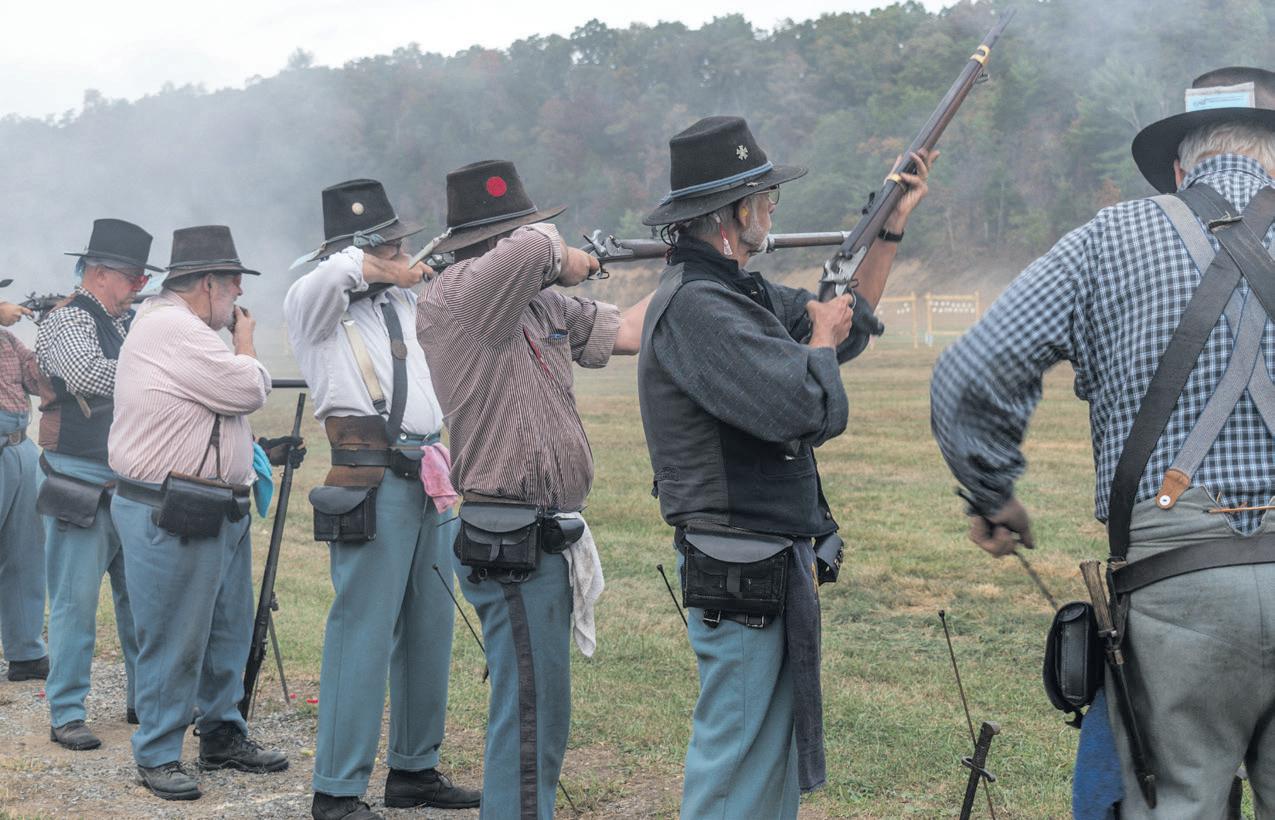
Left: Three of the 3rd Maryland Artillery’s Bethke family compete in the smoothbore match. It is not unusual to have multiple family members on one N-SSA team, demonstrating the familyoriented nature of the N-SSA.
Safety is a priority in the N-SSA, and proper gun handling is a must when loading and firing these guns. Here, the Union Guards carefully load and fire away at the four-inch hanging tiles while overseen by a safety officer.

6 Civil War News December 2019
Right:
(Ericka Hoffmann)
(Ericka Hoffmann)
Music of the fifes and drums rally competitors in the second phase of the rifle musket match as they march across Back Creek to the range. (Ericka Hoffmann)
(Ericka Hoffmann)

157th Battle Reenactment of Gettysburg is a Go!
GETTYSBURG, Penn.—Who is Dustin Heisey? Born in the historic town of Maytown, Penn., Dustin is a United States Army veteran, having served eight years, including two deployments to the Middle East. Mr. Heisey is also a reenactor with a true passion for preserving our history for future generations to come.
Dustin was first introduced to the Civil War and the reenacting world when he was just fourteen. It just so happened that a substitute teacher, Don Aston, a reenactor himself, was the one who introduced the lad by teaching his class about Gettysburg and making the movie of that same name. Don would take extra time after class to answer all of Dustin’s questions on the subject.
After getting his mother’s blessing, Dustin attended his first reenactment event in Leesburg, Penn. Don, Dustin’s teacher, was reenacting at the event and outfitted him with the necessary uniform and accoutrements.
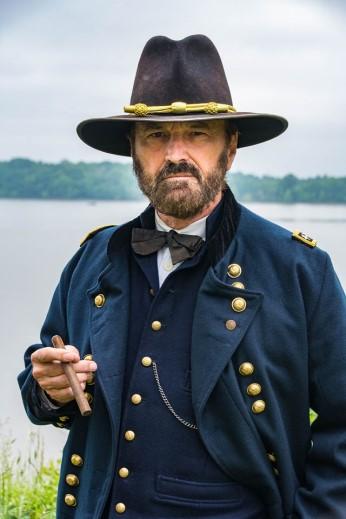

Dustin was hooked. He fell in love with reenacting and as time went on the history of the war itself. It’s a love that grows stronger with each passing year.
As an adult Heisey founded a nonprofit company, The East Donegal Historic Preservation Association Inc. His goal was to follow his passion and produce Civil War reenactment events to raise funds for preserving historic buildings and sites in and around East Donegal Township.

Dustin’s first event was aimed at supporting the Historic Cameron Estates in Mount Joy. Dustin’s event was so successful, they are still operating a flourishing business there to this day and the home and property has been beautifully restored.

So, why is Dustin Heisey taking on the 157th Battle Reenactment of Gettysburg? When he got news that the event’s former organizers were stepping down, like many others, he was shocked. This event was THE event. Gettysburg, the turning point of the Civil War, would be losing its reenactment event? Not to mention that the event provides revenue for local business.
While Mr. Heisey was concerned that losing this event would have a negative impact on the local tourism industry and economy, he had another more
pressing worry. What about the boys who sacrificed so much on those fields during the three bloody days of battle? Dustin was concerned that they might be at risk of being forgotten.
Who is Dustin Heisey? A man who has taken on the responsibility of this important event and has vowed to do whatever is necessary to ensure its survival. In Dustin’s own words’ “It’s just too far important to let it go.”
Dustin plans on producing an event unlike anything that has been seen at the Gettysburg Reenactment in recent years. His focus will be on bringing history and education back to the forefront. He would like to have as much community involvement as possible. There will be a great deal of hands on activities for children as well as adults. It is Heisey’s hope that making history “hands on” will give people a much different perspective. Much like the teacher who took the time to talk to a fourteen year old Dustin Heisey, sparking an interest that turned into a passion…the adult Mr. Heisey now wants to provide the same to others!

8 Civil War News December 2019 Deadlines
Advertising or Editorial Submissions is the 20th of each month. Email to ads@civilwarnews.com
for
Anthracite and Bituminous Bagged or Bulk 636-575-1243 Ponte Vedra, Florida chuck.welsh@castlerockcarboncoal.com CASTLE ROCK CARBON & COAL
Dustin Heisey






9 December 2019 Civil War News CivilWarShop.com Established 1981 Buy – Sell – Trade Certified Appraisal Services Life Member, Company of Military Historians International Society of Appraisers Life Member, NC Division, SCV Federal Firearms Licensed Dealer 3910 US Hwy. 70 East • New Bern, NC 28560 (252) 636-3039 • civilwarshop@gmail.com Preserving our nation’s heritage for future generations to understand the significance of Gettysburg. GettysburgFoundation.org | 866-889-1243 of The power noble deeds is to be -Joshua Lawrence Chamberlain preserved & passed on to the future
Colonel Mann & European Matches A Cartridge Box Inventor and Scandal Sheet Editor
At the outbreak of the Civil War, William d’Alton Mann joined the 1st Michigan Cavalry, where his charisma won him election as a captain, even though he had no prior military experience. In 1862 Mann was promoted to colonel of the 7th Michigan Cavalry and commanded that regiment in Brigadier General George Custer’s Brigade at Gettysburg during the cavalry fight on the battle’s third day.
In late 1863, Colonel Mann invented a set of equipment with a cartridge box carried in front, rather than on the soldier’s side, and connected to a backpack by a harness to balance weight and

provide easier access to ammunition. Some Mann box designs held sixty rounds, twenty more than the standard forty round basic load. Soldiers almost always carried more than forty rounds, but the extra ammo was stored in a haversack, along with salt pork and hardtack, which did not contribute to durability.
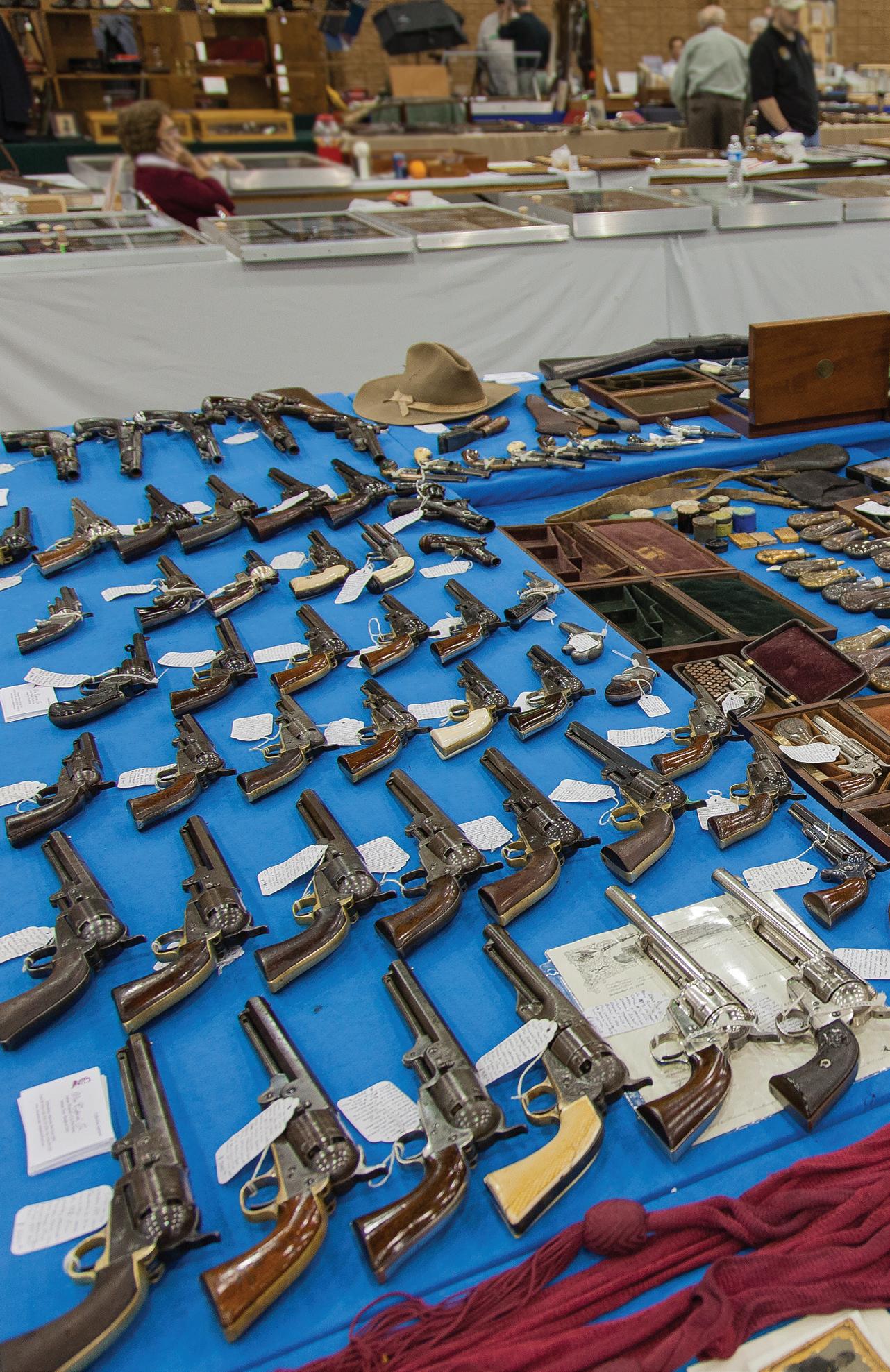
Mann presented examples of his invention to Ordnance and other officers, who were impressed. One responded that the equipment was “in many respects an improvement on the present accoutrements now used in service,” as it spread the weight of ammunition and knapsack over both shoulders which, the officer believed, “would be less fatiguing and injurious.” Mann equipment was issued to a few regiments in the spring of 1864 for trial in the field. The Fifteenth New Jersey
Vin Caponi Historic Antiques
a gold mine. He became editor and publisher of Town Topics, a pre-tabloid scandal sheet concentrating on the immoral behavior, real and suspected, of the elite “Four Hundred” of New York, a collection of “old wealth” families and “Robber Baron” parvenus. He earned a significant

 by Joe Bilby
by Joe Bilby
Infantry was one of the regiments selected. Unfortunately, only the cartridge boxes arrived at the Fifteenth’s camp in Virginia. The knapsacks were reportedly shipped by accident to New Orleans.

After the war the Fifteenth’s chaplain recalled that he was able to identify his regiment’s dead at Spotsylvania by their Mann equipment. Over the winter of 1864–1865, the Fifteenth was reequipped with a second version of the Mann gear as was the 4th New Jersey Infantry, another regiment in their brigade. Praised though it was, Mann equipment never became the army’s standard.
Following the war, Mann moved to Mobile, Ala., where he edited a newspaper, The Register, invented a new luxury railroad car, called the “Mann Boudoir Car,” that he later sold to the Pullman Company, and ran for Congress.
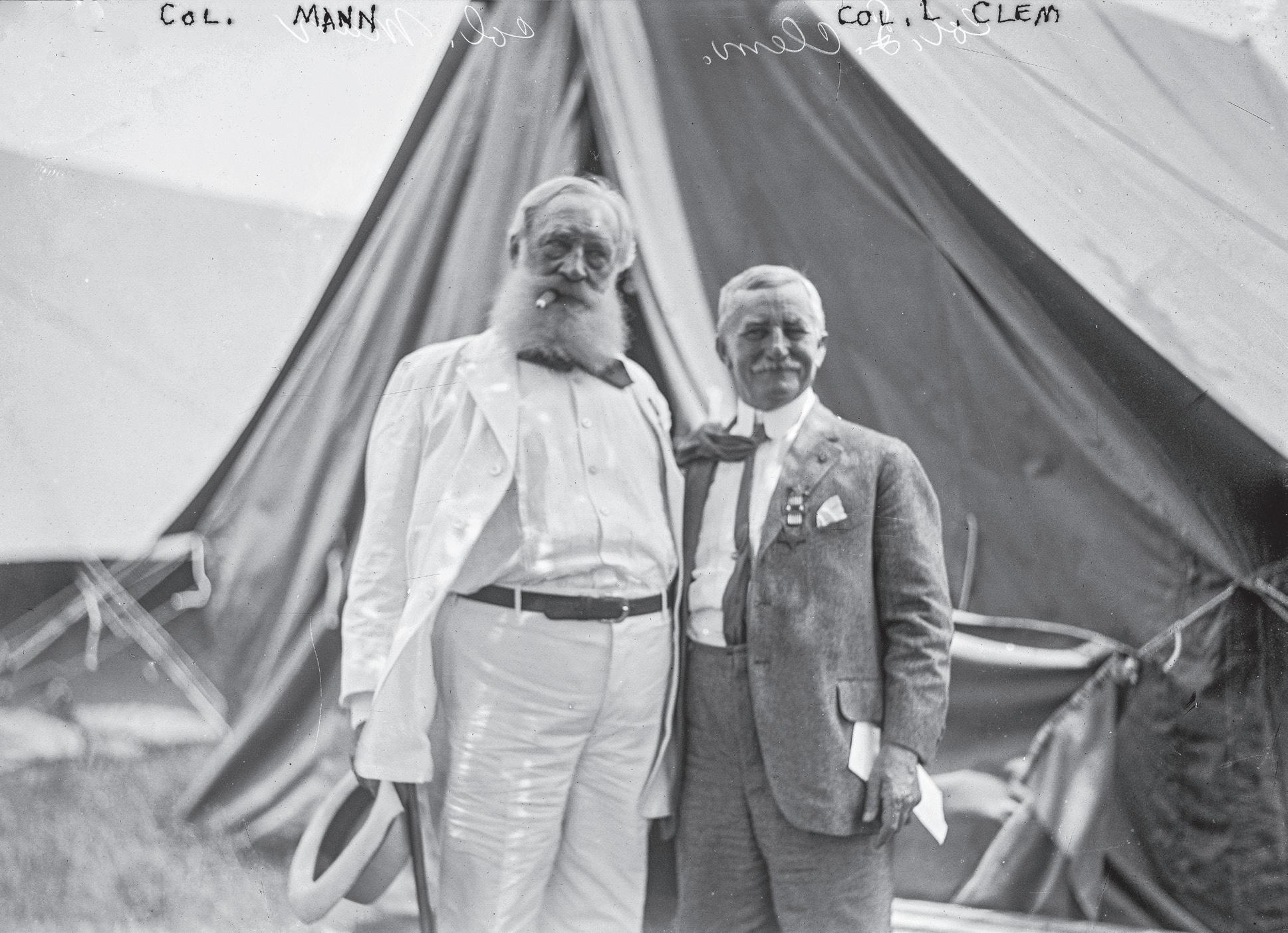
Mann eventually moved to New York City, where in his cynical assessment of “New York Society,” a seemingly unchanging truth, was that it was “inhabited by jackasses, libertines and parvenus.” To Mann, it was also

amount of money from essentially blackmailing the elite to bury their misdemeanors and bought a large home in Morristown, New Jersey.
The photo shows Mann, never one to miss a publicity opportunity,
Vin Caponi, Jr. 18 Broadway Malverne, NY 11565
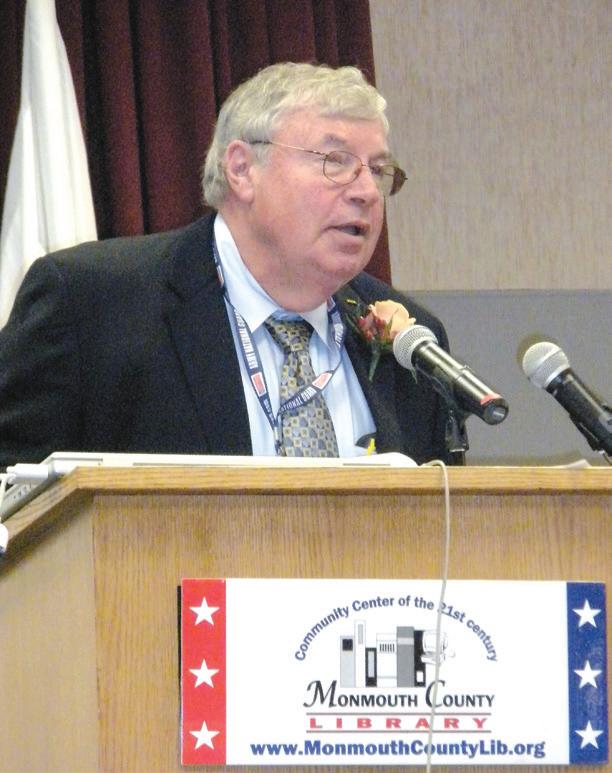
Store: 516-593-3516
Cell: 516-353-3250
rampantcolt@aol.com
http://www.vincaponi.com
10 Civil War News December 2019
We carry a very large inventory of Colt and Civil War
Our inventory of historic antiques and
begin at the early collectors level and range all the way up to the
firearms including muskets, carbines, rifles and accoutrements.
firearms
advanced collector and investors level.
Reproduction Mann cartridge box on a mannequin dressed as a member of the Fifteenth New Jersey Infantry in 1864 at the National Guard Militia Museum of New Jersey. (Joseph Bilby)
William d’Alton Mann and John Clem, 1913 Gettysburg. (National Archives)
at the 1913 Gettysburg reunion, along with John Clem, the
legendary Civil War drummer boy.
Pedersoli and the 18th European Muzzle loading Championships

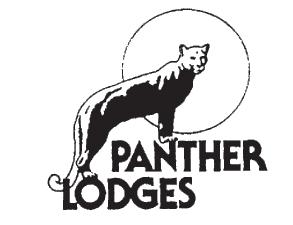
The Italian company Pedersoli is the largest producer of reproduction traditional style muzzle loading military and civilian firearms; the company was the major sponsor of the 2019 European muzzle loading championships, that took place last summer at a range in the little Hungarian town of Salorsputza, near Budapest. Prominent European marksmen, including internationally known Hungarian black powder shooter and iconic YouTube shooting personality Balázs Neméth, organized the event, that saw a total of 273 participants from nineteen countries competing with rifles, handguns, and shotguns

in stationary target and clay bird shooting over a five-day period.
In a typical event, shooters had thirty minutes to load and fire thirteen rounds, with the best ten counted for score. The average of the top scores in all the matches was 98.5. The winner of the Vetterli fifty-meter offhand percussion rifle contest was German shooter Walter Massin, who achieved a maximum score of 100. Massin was a World Record Shooter in a previous match with a 150 out of 150 possible points that he shot with a Pedersoli rifle.

Other medal winners included Finnish shooter Viertola Sakari, who took first place in the flintlock musket match with a Pedersoli Model 1777 musket and a score of 95, French shooter Mathieu Ducellier, who garnered gold in the Swiss rifle match and a score of 98. German Leonhard Brader took gold in the Minie
— MAKER — LEATHER WORKS


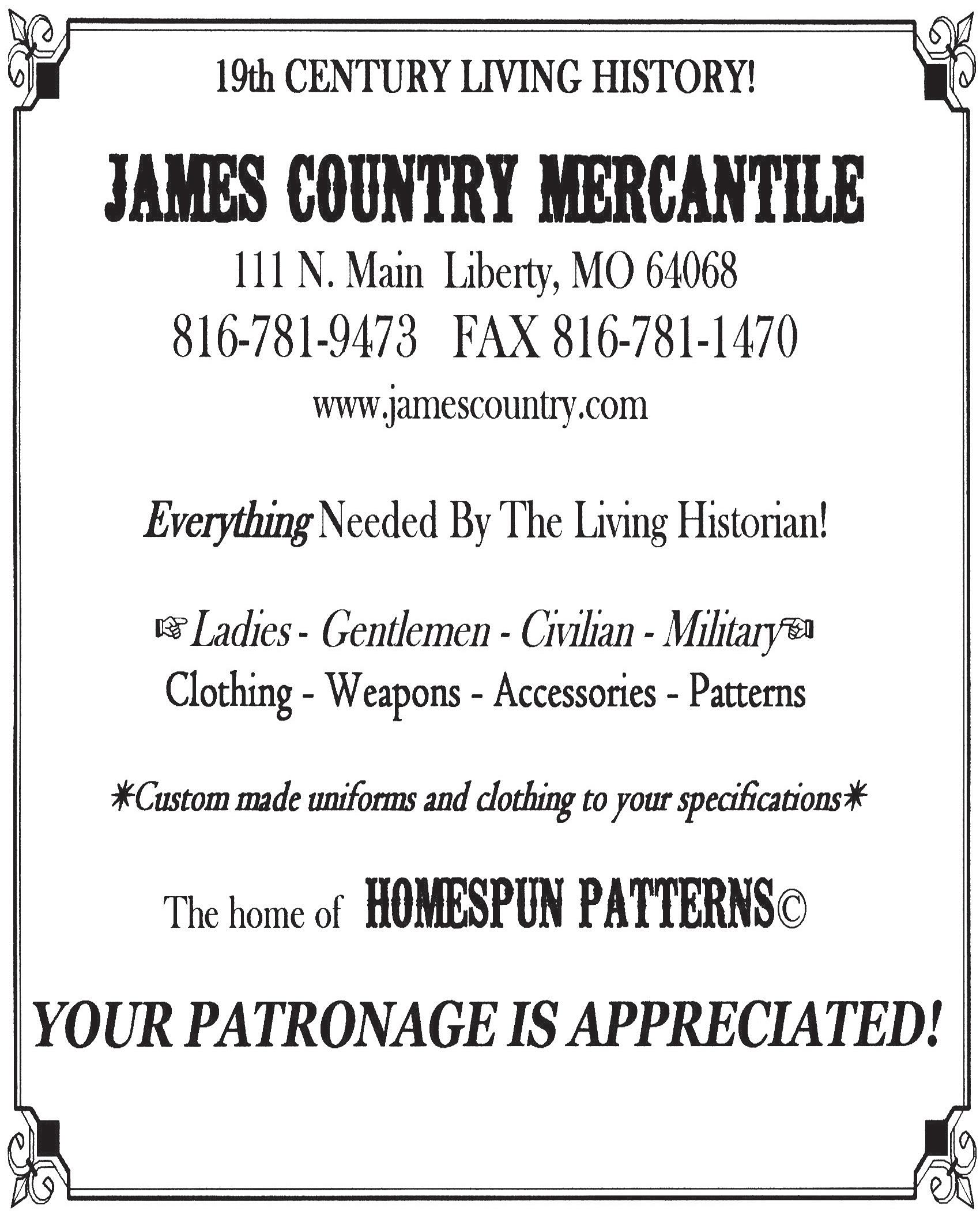

Accepting Discover, Visa, MasterCard and American Express
rifle contest with a score of 97.
Franz Lotspeic was overall winner in the clay bird events with a twelve-gauge Pedersoli/Gibbs shotgun and Franz Longspeich won first place with forty-three clay targets broken in the flintlock scattergun shoot. Spaniard Segura Badia Marcelo used a single shot Pedersoli Tatum & Egg pistol to win one of the handgun matches.
Overall, there were nineteen separate competitions at the European championship matches over the five days, and the Pedersoli folks had reason to be proud, as shooters using their guns won fifteen gold, eight silver, and twelve bronze medals. At the end of the senior events, there was a junior muzzle loading competition, where young shooters under sixteen were able to try their hand and provide a vision of the future.
Joseph G. Bilby received his BA and MA degrees in history from Seton Hall University and served as a lieutenant in the 1st Infantry Division in 1966–1967. He is Assistant Curator of the New Jersey National Guard and Militia Museum, a freelance writer and historical consultant and author or editor of 21 books and over 400 articles on N.J. and military history and firearms. He is also publications editor for the N.J. Civil War 150 Committee and edited the award winning New Jersey Goes to War. His latest book, New Jersey: A Military History, was published by Westholme Publishing in 2017. He has received an award for contributions to Monmouth County (N.J.) history and an Award of Merit from the N.J. Historical Commission for contributions to the state’s military history. He can be contacted by email at jgbilby44@aol.com.
100 Significant Civil War Photographs: Atlanta Campaign collection of George Barnard’s camera work. Most of the photographs are from Barnard’s time in Atlanta, mid-September to mid-November 1864, during the Federal occupation of the city. With this volume, Stephen Davis advances the scholarly literature of Barnardiana.
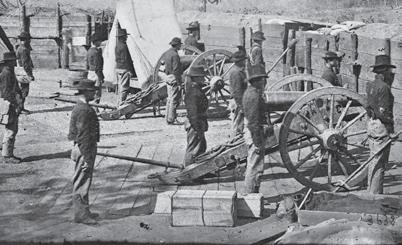
$19.95 + $3.50 shipping 128 pages, photographs, maps, bibliography. $19.95 + $3.50 shipping. Softbound. ISBN: 978-1-61850-151-6. www.HistoricalPubs.com. Order online at www.HistoricalPubs.com or call 800-777-1862
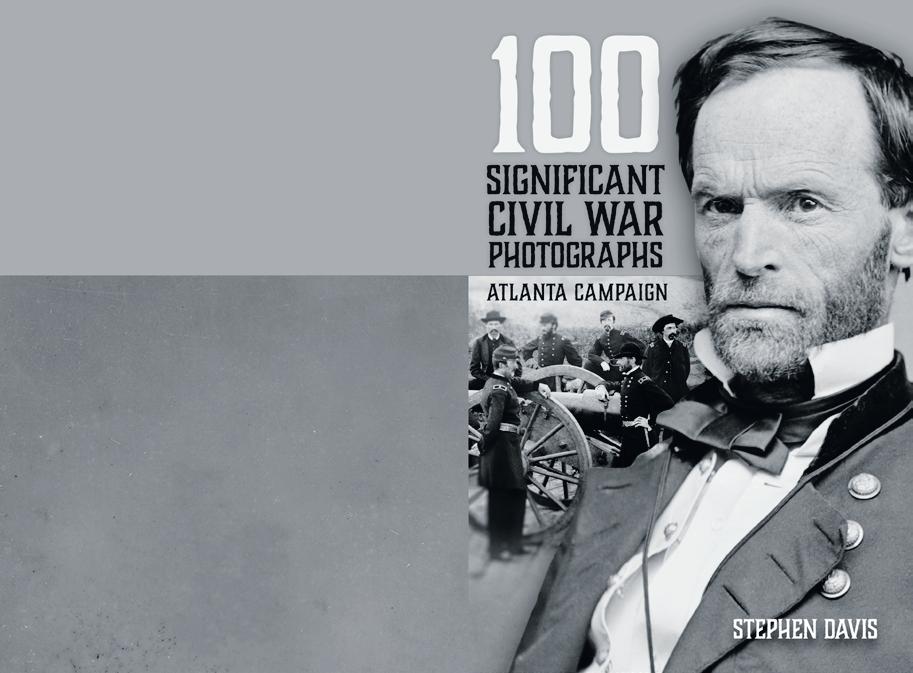
11 December 2019 Civil
News REINFORCEMENTS MAKE ALL THE DIFFERENCE!!! Nobody even comes close to building a Civil War tent with as much attention to reinforcing the stress areas as Panther. Our extra heavy duty reinforcing is just one of the added features that makes Panther tentage the best you can buy! PANTHER Catalog - $2 Web: www.pantherprimitives.com 160 pages of the best selection of historical reenactment items from Medieval era to Civil War era. Includes over 60 pages on our famous tents and a 4-color section. Your $2 cost is refundable with your first order. SEND for copy TODAY The Best Tents in History P.O. Box 32N Normantown WV 25267 (304) 462-7718
Museum Quality “Raising The Standard” Made In The USA Visit us at www.DellsLeatherWorks.com • (845) 339-4916 Dedicated to the Common Soldiers Who Fought in The War Between The States AUTHENTIC QUALITY REPRODUCTIONS 31st Edition Since 1999
War
The American Civil War was the first war in which both sides widely used entrenchments, repeating rifles, ironclad warships, and telegraphed communications. It was also the first American War to be extensively photographed. Mathew Brady, Alexander Gardner and Timothy O’Sullivan are famous for having made iconic photographs in the Civil War’s eastern theater. George N. Barnard deserves to be ranked in this top tier for his photographic work in the war’s western theater. A civilian photographer hired by Gen. William T. Sherman’s chief engineer to take pictures of fortifications around Atlanta, Barnard took several hundred of them in and around the city in the fall of 1864. His most famous is the site of Union Maj. Gen. James B. McPherson’s death in the battle of Atlanta, July 22, Thus far, no comprehensive, definitive listing has been made of the photographer’s work. The Library of Congress has 130 images; the U. S. Military Academy at West Point, New York, has at least 98 photographs, donated by Captain Poe’s widow. Other repositories, such as the Gilder Lehrman Institute of American History in New York City, have smaller collections. For this book we have chosen a hundred images we deem “significant,” though other students may wonder at some of our selections. We hope that this work will stimulate further interest in Barnardiana, and that other scholarly volumes are yet to come. The Atlanta Campaign STEPHEN DAVIS 100 SIGNIFICANT CIVIL WAR PHOTOGRAPHS ATLANTA CAMPAIGN
Cherry Bounce
So as the Yankees say after every defeat, I retired in good order...Alas, I am a woman approaching forty, and the offering proved to be a bottle of cherry bounce. Nothing could have been more opportune and with a little ice &c, helped I am sure to save my life on that dreadful journey home. – Mary Chesnut’s Civil War Diary, September 2, 1861
When George Washington headed west across the Allegheny Mountains in September 1784, he carried a canteen full of one of his favorite libations, a mixture of cherries and brandy called “Cherry Bounce.” Martha Washington’s recipe is probably as good as any and appears below courtesy of the Mount Vernon Inn Restaurant:
Extract the juice of 20 pounds well ripened Morrello cherries.
Add to this 10 quarts of old french brandy and sweeten it with white sugar to your taste. To 5 gallons of this mixture add one ounce of spice such as cinnamon, cloves and nutmegs of each an Equal quantity slightly bruis’d and a pint and half of cherry kernels that have been gently broken in a mortar. After the liquor has fermented let it stand close-stopped for a month or six weeks then bottle it, remembering to put a lump of Loaf Sugar into each bottle.
Martha’s receipt: (recipe) for cherry bounce was found among her papers at Mount Vernon, but it was noted that it was not written in her handwriting, so who knows who actually came up with it? Whatever the case, she gets the credit for this particular
version of the popular drink. While there were plenty of cherries to be found on the march, most soldiers lacked both the time and the necessary ingredients to produce the drink in camp. However, several soldiers made note of receiving bottles of cherry bounce in packages from home. In the Civil War Diary of Captain John Cheney, 1st Illinois Light Artillery Battery F, he noted in correspondence dated April 20, 1862, “I am as well off as most but if I had good brandy or cherry bounce, it would do me good and I would drink it.” He does not record if his wishes were granted or if his family eventually sent him any.
In fact, probably the most famous producer of this drink both prior to and after the Civil War was a volunteer Confederate soldier and long-time moonshiner named Amos Owens of Cherry Mountain about 50 miles southeast of Asheville, N.C. Owens was known locally as the “Cherry Bounce King” well before the Civil War and his version of the drink consisted of homemade corn whiskey, cherries, and (either) sugar or sourwood honey from his farm. He enlisted as volunteer in the 16th North Carolina, Company D, on May 1, 1861, along with others from the same area. According to an article in the 1861 Shelby (N.C.) Star newspaper, the county was raising “a company of moonshiners and we present the name of Amos Owens for Lt Colonel.” According to the NC Archives there is no evidence that Owens ever achieved the rank of an officer during his enlistment despite the endorsement of the local newspaper. Herbert D. Lee was recorded as the captain of the 16th NC Infantry, Co. D while the biography of Amos Owens describes Owens during his term of enlistment as “a high private.”
$39.95
Available online at http://booklocker.com/books/9403.html

Amazon.com
The 16th NC Infantry evolved from the former 6th NC Volunteers. The regiment was first organized in Raleigh. Its soldiers were from the counties of Jackson, Burke, Madison, Yancey, Rutherford, Buncombe,
Macon, Henderson, and Polk. Owens was himself from Rutherford County. They were sent to Virginia with about 1,200 men and the regiment was assigned first to General Gilham in July 1861, then General Wade Hampton and was later part of Dorsey Pender’s Brigade. Owens biography states he fought at First Manassas, but that can’t be correct because the earliest known battle involving the 16th North Carolina Infantry was at New Bern, N.C., in March 1862; the next was back in Virginia at Gaines Mill on June 27, 1862. However, Owens himself could not have participated in either battle because was discharged on January 17, 1862, while in camp at Wolf Run, Va., with “an incurable case of dropsy.” This was a general term for swelling in the extremities, but also included congestive heart failure. This much can be said, the physician noted that Owens was not expected to recover and he was sent home. Then as was often the case, after he returned home to his farm where he got decent food along with (no doubt) a good bit of the Cherry Bounce for which he was so well known, Owens “recovered completely in twelve months.” He already had a wife, two daughters, and a young son at home by that time and a fourth
child was born June 19, 1863.
It is worth noting that it is not unusual for biographies written many years post-bellum to be a little hazy on historical details involving battle specifics. Owens himself claims to have “several days of formal schooling” which is another way of saying he did not read or write. Hence, the biographer is going on memories of forty years earlier. What is reasonably clear is that Owens had an abbreviated first enlistment due to illness and was deemed unfit for future service.

Amos Owens re-enlisted at Salisbury, N.C., with the 56th North Carolina under Captain Lawson Harrill, who previously served with him earlier in the 16th North Carolina. Private Owens was known for his marksmanship and “…It is related that he always fired after a careful aim, and as he took his smoking rifle from his shoulder, he would say: “And may the Lord have mercy on the soul of that blue-coat.” In fact, he often chided the bad aim of his comrades and he frequently criticized his comrades for shooting “up in the trees” when as (Private Owens put it), “the Yankees were just as close to the ground as they could git.”
Owens was in Petersburg, Va., at the Battle of the Crater on July 30, 1864, and participated killing
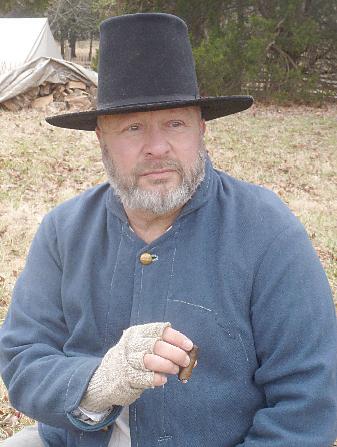
12 Civil War News December 2019
and Barnes
Noble. Hardcover, 534 pages.
&
“Law and moonshine - crooked whiskey in North Carolina.” (Illus. in: Harper’s Weekly, 1873 Aug. 3, p. 665.)
U.S. troops there. Owens describes the killing of the trapped Union soldiers in the crater as “the most revolting sight ever witnessed in this lost and ruined world.”
He was captured at the Battle of Dinwiddie Court House on March 31, 1865, and sent to the infamous prisoner of war camp at Point Lookout, Md. Here he suffered with the rest of the men what he termed “all the privations incidental to prison life,” but was paroled three months later and allowed to return home. On the rail trip home he was stricken with typhoid fever and once again the physicians pronounced that “he was bound to die.” According to his biography, Owens responded characteristically that was bound and determined to return home to distilling his cherry bounce. He purportedly said; “Doctor you say if I go I’ll be damned, and I say if I don’t go I’ll be damned.” A horse was brought around, and “…the audacious patient mounted him and rode home to the distillery, and then worked hard all night. From that time his recovery was rapid, and he was soon the picture of rugged health.”
Post-bellum, The King of Cherry Bounce continued to produce his liquor illegally as a moonshiner and vowed to never pay a dime of revenue tax on any of it. This, of course, put him on a collision course with Federal Revenue agents. He was arrested several times, and it was said that local sympathies were very much in his favor as most of the jury were his customers and the government had difficulty in getting any convictions. One time he was brought to court and the judge ordered him to pay a fine. The story goes that Owens had previously arranged to have a wagon with forty gallons of his cherry bounce for sale right outside the courthouse; this raised the money for the fine and still made a profit. Finally, in his seventies, Amos Owens was sent to prison one final time for a short term and subsequently decided he was tired of
it all. After that he gave up selling his famous cherry bounce liquor and started going to church at Walls Baptist Church. Owens accumulated a small fortune which he buried on the farm in baskets over the years, since he also distrusted banks.
Amos Owens proved at least two Civil War physicians wrong and lived to be 85, if the dates on his tombstone in the church cemetery are to be trusted.
Craig L. Barry was born in Charlottesville, Va. He holds his BA and Masters degrees from the University of North Carolina (Charlotte). Craig served The Watchdog Civil War Quarterly as Associate Editor and Editor from 2003–2017. The Watchdog published books and columns on 19th-century material and donated all funds from publications to battlefield preservation. He is the author of several books including The Civil War Musket: A Handbook for Historical Accuracy (2006, 2011), The Unfinished Fight: Essays on Confederate Material Culture Vol. I and II (2012, 2013) and three books (soon to be four) in the Suppliers to the Confederacy series on English Arms & Accoutrements, Quartermaster stores and other European imports.
The N-SSA is America’s oldest and largest Civil War shooting sports organization. Competitors shoot original or approved reproduction muskets, carbines and revolvers at breakable targets in a timed match. Some units even compete with cannons and mortars. Each team represents a specific Civil War regiment or unit and wears the uniform they wore over 150 years ago. Dedicated to preserving our history, period firearms competition and the camaraderie of team sports with friends and family, the N -SSA may be just right for you.

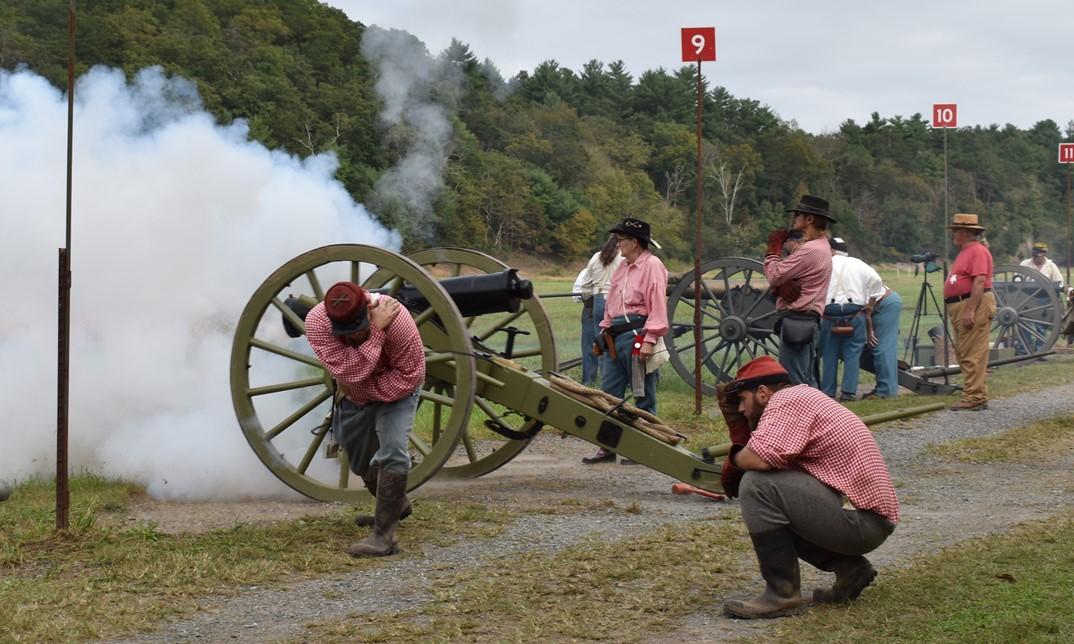


For more information visit us online at www.n-ssa.org.


13 December 2019 Civil War News Subscribe at CivilWarNews.com The deadline for submissions/advertising is the 20th of each month.
Arkansas Foot Races
“You will soon hear of one of the damnedest fights or foot races that had taken place lately.” –U.S. Gen. James G. Blunt
After losing the March 7-8, 1862, Battle of Pea Ridge, Ark., C.S. Gen. Earl Van Dorn left the region for the Mississippi River, taking all available troops, artillery, and supplies with him. On May 13, 1862, C.S. Gen. Thomas C. Hindman took command of the Trans-Mississippi District. The “Fire-Eater” former U.S. Congressman was nationally known for his advocacy of state’s rights. On arrival Hindman announced, “I have come here to drive out the invader or perish in the attempt.” Within seventy days Hindman had instituted martial law, enforced conscription, established price controls, and pulled
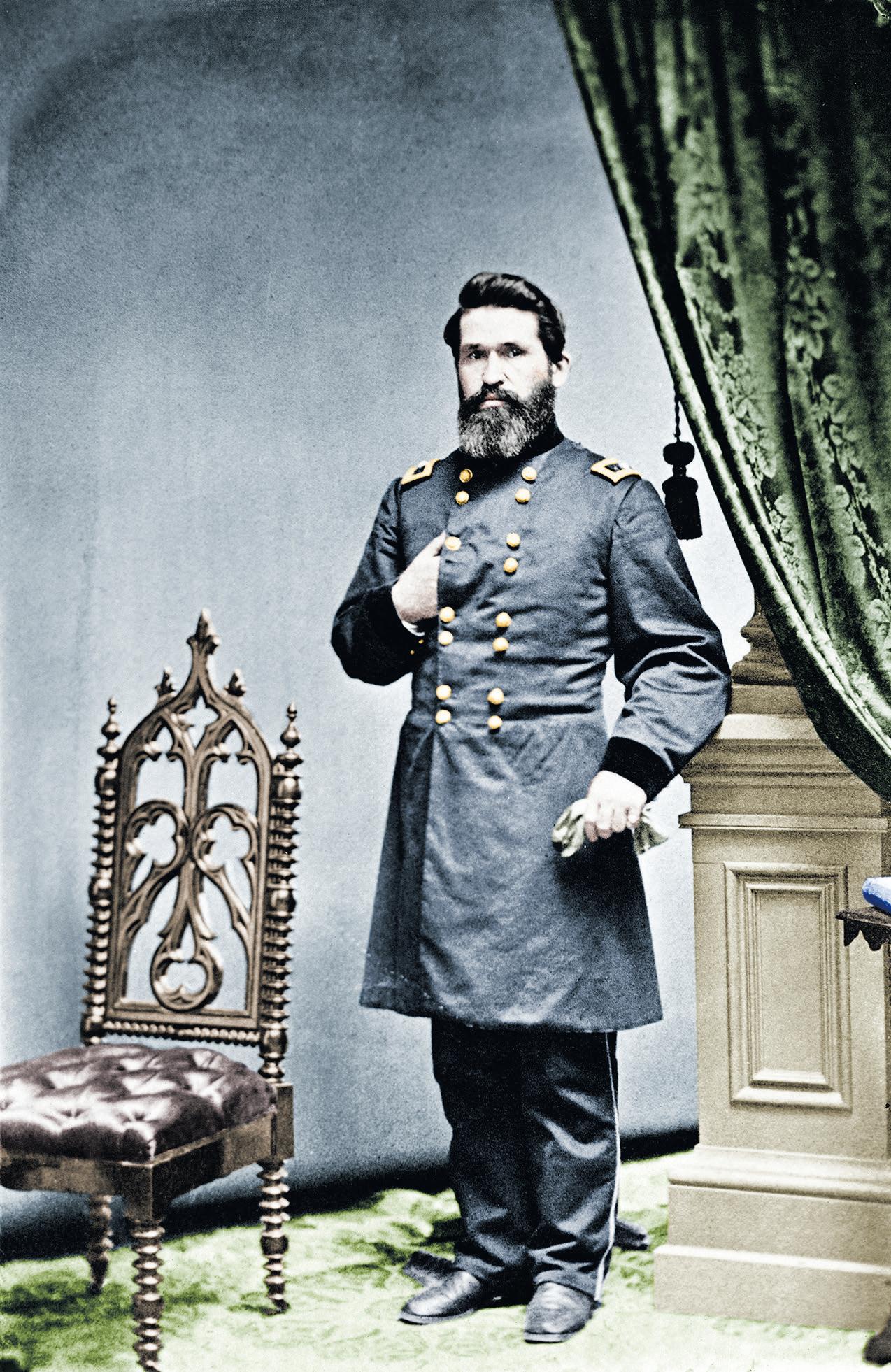
together a rudimentary army. On Nov. 28, C.S. Gen. John S. Marmaduke’s cavalry fought Gen. James Blunt’s, 1st Division, Army of the Frontier cavalry. The Battle of Cane Hill, Ark., lasted nine hours as the fighting traversed 12 miles of woods, valleys, and hills. The fight ended with Blunt isolated from Federal forces 100 miles away in Springfield, Mo. Blunt was a Kansas physician and abolitionist who, with John Brown, aided slaves escaping into Canada. According to a Federal soldier, he was also, “a hearty fighter and seemed to think that it was the height of strategy to get himself surrounded by the enemy and fight his way out.”
Blunt placed his men in a defensive position around Cane Hill and announced, “I have decided to hold on at all hazards.”

Hindman considered it an opportunity to drive out the invaders. He set out from Van Buren, Ark., on Dec. 3 with 9,000 infantry, 2,000 cavalry, and 22 pieces of artillery. Hindman’s plan was for the infantry to secure the mountains and attack the enemy’s front while the cavalry attacked the rear and flanks.
Blunt knew he was in a vulnerable position. As his men fortified the area, his scouts, mostly Native-Americans, watched Hindman. Twelve hours before the Confederates left Van Buren, Blunt sent a message to Gen Francis J. Herron, 2nd Division, Army of the Frontier, for reinforcements. During the Battle of Pea Ridge, Herron had earned the Medal of Honor for his actions. Months later Herron took his staff to see where he had been wounded and captured. His horse’s body still marked the spot.
The 1st Ark. and 7th Mo. U.S. Cavalry heeded Blunt’s call for reinforcements. The Dec. 7, Battle of Prairie Grove began between Fayetteville, Ark., and Cane Hill as the Federals were routed by the Marmaduke’s Cavalry. The Federals rushed back towards Fayetteville. The Confederates followed their fleeing foe, capturing prisoners and reaping the bounty left behind.
During the pursuit, Marmaduke was stunned to see Herron’s troops marching towards him. Herron had left Springfield on Dec. 3 for the 110-mile march with some units averaging 35 miles a day. Other units marched the final 66 miles in 30 hours. The pace caused attrition. “… Our boys are laying along the road side every mile between this point and Springfield entirely disheartened completely exhausted can go no farther,” wrote one soldier. An officer of the 37th Ill. recalled, “… men were carrying their shoes and marching in their stocking feet on account the blisters on their feet,” over roads covered in icy slush, mud, and sharp rocks. Another unit refused to continue to carry their packs and left them by the roadside. Their commander stowed them in the wagons.
Approximately ten miles before reaching Blunt, Herron was shocked to see blue coats riding “in wildest confusion” towards him. It took shooting a man out of his saddle to slow the stampede. Unlike their inexperienced brethren, the new arrivals got ready to face the rebels and advanced at the double-quick. “Nearly every one had sore feet from the effects of the hard march, but we all forgot our feet and pushed forward,” wrote William Clayton.
The Confederate cavalry reeled back and positioned their six 6-pdr. and four 12-pdr. howitzers on the foliage covered hill above the Illinois River. Herron placed his four 10-pdr. Parrotts, six 3-in. ordnance rifles, six 6-pdr. James rifles, one 6-pdr., and three 12-pdr. howitzers on Crawford’s Prairie across the river. About 1:30 p.m. the Confederates let loose their barrage. “So completely were the men exhausted that I saw them sleeping quietly around, paying no heed to the fierce missiles,” reported Lt. Col. John C. Black, 37th Ill. The Confederate firing stopped after Hindman told his men to stop wasting ammunition.
The Federals continued to fire.
“Nothing makes a man shoot so coolly as not being shot at in return,” remarked a Confederate officer. Through the gaps of


greenery only a few Confederates could be seen. Herron may not have realized that he was outnumbered two to one. He ordered about 500 men up the hill. The men were met with a “perfect hail of bullets” and the survivors chased off the hill. Their pursuers were charged out of the foliage were, in turn, met with cannon fire and escaped back up the hill. Herron again ordered about 500 men up the hillside, “littered with corpses, cripples, and discarded weapons and clothing,” repeating the cycle. According to Herron, “The fighting was desperate beyond description.”
In the meantime, Blunt hearing the shooting in the distance, realized that Herron’s troops were engaging the enemy. Rushing to the battlefield, the infantry left the road to double-quick through the fields, keeping up with the galloping cavalry. “We charged with a shout,” recalled a soldier. Blunt with his 22 cannon and men arrived just in time to bolster the Union line.
Both sides held firm as the battle raged until dusk. Herron had stragglers with supplies arriving. Hindman didn’t. His men lacked the ammunition and food to fight two armies or the ability to slip away without a ruse. Under a flag of truce, the two opponents

14 Civil War News December 2019
Gen. James G. Blunt. Colorization © 2019 civilwarincolor.com courtesy civilwarincolor.com/cwn. (Library of Congress)
Thomas Carmichael Hindman, Maj. Gen. CSA. Colorization © 2019 civilwarincolor.com courtesy civilwarincolor.com/cwn. (Library of Congress)
met, ignoring the usual courtesies. “Well I suppose General you give up,” began Hindman. Instead Blunt agreed to give Hindman the opportunity to care for the wounded and gather the dead. To Blunt’s fury, during the night Hindman’s army slipped away. Despite Hindman’s efforts the “invader” remained. As a civilian described it, the battle was the “deathblow to rebel hopes in Arkansas.”
Sources:
• Shea, William L. Fields of Blood: The Prairie Grove Campaign: The University of
North Carolina Press, 2009
• Neal, Diane. Lion Of The South: General Thomas C. Hindman: Mercer University Press, 1997
• Shea, William L. War in the West: Pea Ridge and Prairie Grove: State House/McWhiney Foundation Press, 2012
Stephanie Hagiwara is the editor for Civil War in Color.com and Civil War in 3D.com. She also writes a column for History in Full Color. com that covers stories of photographs of historical interest from the 1850’s to the present. Her articles can be found on Facebook, Tumblr and Pinterest.
Digital Issues of CWN are available by subscription alone or with print plus archives from 2012 to present at www.CivilWarNews.com
New Gettysburg Campaign Study Receives Prestigious Award
Mahoning Valley Civil War Round Table
Presents It’s 2019 Scholarship Award


CANFIELD, Ohio—The
Mahoning Valley Civil War

Round Table has awarded its
2019 Hugh G. Earnhart Civil War Scholarship Award to Thomas J. Ryan and Richard R. Schaus for their groundbreaking work about the retreat from Gettysburg, “Lee is Trapped and Must be Taken,” Eleven Fateful Days after Gettysburg, July 4-14, 1863. Named after one of the round table’s founding members, the award is presented to recipients for their outstanding contributions in the field of Civil War historiography.
In this new study of the retreat from Gettysburg, the co-authors bring their years of experience in the military and intelligence fields into their research and writing. Following the events of the Confederate retreat and Union pursuit from Gettysburg through the lens of military intelligence, the narrative chronicles each army’s movements, day-by-day, and the intelligence used by each

army’s commander to make those movements. Readers will appreciate the thorough research of sources relating to the Bureau of Military Information, the Provost Marshal General, and many other previously unpublished accounts found within.


As readers of Civil War titles published by Savas Beatie have to come expect, excellent maps by cartographer Hal Jespersen aptly support Ryan and Schaus’ work. Deep research, penetrating analysis, and conclusions, the text is written in an easy-toread manner, “Lee is Trapped and Must be Taken” will remain a definitive voice in the field.
Founded in 1982 by Professor Hugh Earnhart, the Mahoning Valley Civil War Round Table has grown into a nationally recognized roundtable. This is only the second time this award has been presented.
About Mahoning Valley Civil War Round Table
Civil War Artillery Book
Civil War News publisher, Jack W. Melton Jr., is proud to announce his new 392 page, full-color book, Civil War Artillery Projectiles – The Half Shell Book. For more information and how to order visit the website www.ArtillerymanMagazine.com or call 800-777-1862.

$89.95 + $8 media mail for the standard edition shown here. The limited edition deluxe edition is $125 + $8 media mail.
The Mahoning Valley Civil War Round Table has been in existence since the early 1980s. Throughout the years, the MVCWRT has enjoyed the company of many renowned local, regional, and national speakers, including Ed Bearss, Chief Historian Emeritus with the National Park Service; former Executive Director of Pamplin Historical Park and the National Museum of the Civil War Soldier, A. Wilson Greene; Wayne Motts, Chief Executive Officer of the National Civil War Museum, and scores of others. The MVCWRT has also spent dozens of hours volunteering on the Gettysburg battlefield, as part of the Adopta-Position at Gettysburg National Military Park, as well as building trails at Cedar Creek & Belle Grove National Historical Park. For the past ten years our organization has also donated raised funds to over twenty different historic sites and their missions of preservation and interpretation.
15 December
War
for Advertising or Editorial Submissions is the 20th of each month. Email to: ads@civilwarnews.com
2019 Civil
News Deadlines
“This is the magazine for all things Civil War Navy. From ‘Uncle Sam’s web-feet’ to the ‘grey jacket navy’ raised by Jeff Davis! It is all here thoroughly researched and illustrated by beautiful contemporary navy images.” Ron Field, military historian and author of over 45 books, including Bluejackets: Uniforms of the United States Navy in the Civil War Period, 1852-1865. New Price Effective July 1, 2019 • 1 Year—4 Issues: $37.95 Subscribe Now at civilwarnavy.com Or send a check to: CSA Media, 808 Drayton St., Savannah, GA 31401 International subscriptions subject to postage surcharge. Sailors and Marines on the deck of the U.S. gunboat Mendota, 1864. National Archives (Identifier 524548). All Hands on Deck! Support Our Mission to Bring You the Naval History "GLORY ENOUGH FOR ALL" www.NCHistoricSites.org/ sher THE 155TH COMMEMORATION OF THE SECOND BATTLE OF FORT FISHER BATTLE REENACTMENTS WITH HUNDREDS OF REENACTORS LIVE ARTILLERY FIRE DEMONSTRATIONS DESCENDANTS' REUNION PROGRAM PERIOD EXHIBITS & GUEST SPEAKERS UNIFORMED REENACTOR DEMONSTRATIONS FORT FISHER MUSEUM AND STAFF PRESENTATIONS FAMILY-FRIENDLY FREE EVENT WHEN Jan. 18th-19th, 2020 10:00am - 4:00pm WHERE 1610 Fort Fisher Blvd. South Kure Beach, NC 28449 CONTACT (910) 251-7340 www.friendsoffortfisher.com
Civil War Artillery Projectiles –The Half Shell Book cover.
Want to Advertise in Civil
News? Email us at ads@civilwarnews.com Call 800-777-1862 Subscribe online at CivilWarNews.com
War
Searching the National Archives Online
Recently, the National Archives and Records Administration (NARA) introduced the ability to conduct Optical Character Recognition (OCR) searches on their new portal into the various Record Groups in their collection. Aptly named the ‘Record Group Explorer’ (see screenshot above), the graphical user interface makes navigation much more manageable. For those who prefer standard list searches, one can change to this interface with a simple click. Regardless of the platform used, conducting OCR searches among the almost 87 million digitized records nets accurate results in a quick fashion!

The following simple experiment should assist readers in understanding how to navigate and obtain the best search results. Most folks have grown familiar with the typical technique of placing search terms in quotation marks, especially when researching a specific name or phrase. For example, a search of “James Longstreet” produced 112 records (for those interested in speed, the search took .32 seconds). The image above shows

the initial search results page. Users can hover their mouse over the various headers at the top of the page to obtain a quick review of the types of digitized-material available. One can see the 112 results (and the speed) on the first row. Beneath this information, one finds the following: ‘Available Online,’ ‘Web
mid-October 2019. The NARA staff, assisted through efforts of their Citizen Archivist Mission, continue to add digital files.
One tip, users should set up a free NARA account before conducting a tremendous amount of research. After establishing the account, researchers can save results to their lists, share findings with others, and more! One last example. In selecting the ‘Images’ tab, one sees 35 digitized files on Longstreet. Some of these represent photographs of the man, others include documents and scanned pages from various books (or this example from ‘Letters and Telegrams Sent, Gen. James Longstreet’s Command, October 1863–March 1865’).
Researchers can access the ‘Record Group Explorer’ at https://www.archives.gov/findingaid/explorer, and download any of the digitized-files. This new OCR search feature currently applies only to those records added since June 1, 2019. However,


the NARA staff continues to explore various methods of utilizing OCR technology, retroactively, to eventually include all their holdings.
Next month, we will take a look at resources that will assist in using the various Record Groups at the National Archives. Coupled with the new OCR search capability, hopefully, researchers can more quickly locate topics under study. Until then, good luck in researching the Civil War!

Michael K. Shaffer is a Civil War historian, author, lecturer, instructor, and a member of the Society of Civil War Historians, the Historians of the Civil War Western Theater, the Georgia Association of Historians, and the Georgia Writers Association. Readers may contact him at mkscdr11@ gmail.com, or to request speaking engagements, via his website www.civilwarhistorian.net. Follow Michael on Facebook www.facebook.com/michael.k.shaffer and Twitter @michaelkshaffer.
Pages,’ ‘Documents,’ ‘Images,’ and ‘Videos.’ The popup window shows 79 hits under the ‘Available Online’ header, indicating the current number of digitized Longstreet holdings as of

16 Civil War News December 2019
Longstreet Letters and Telegrams Sent. (National Archives 26282871)
Family’s Home-style Cleaning Method Restores Civil War Veteran’s Headstone

 By Carl L. Sell, Jr.
By Carl L. Sell, Jr.
It was hard enough just getting to the gravesite, but reading the headstone was an even bigger challenge. Private James Farthing, who served in both the Thirty-Eighth and Fifty-Third Virginia Infantry in the Civil War, is buried in the Giles Family Cemetery deep in woods outside the county seat of Chatham in Pittsylvania County, Va.
The cemetery is about a halfmile drive and hike through chest-high grass and weeds. Farthing is buried there, hidden in the woods under magnificent trees. The graves are protected by periwinkle, a ground cover with evergreen leaves and blue-star flowers that discourages growth of high weeds. The cemetery is located off West Giles Road less than a half-mile from Concord Methodist Church.
The purpose of the trip to the cemetery was to install a Southern Cross of Honor on Farthing’s grave. He and my great grandmother, Mary Helena Giles Farthing, are buried side by side. Farthing survived the war and was killed in a railroad accident in 1888. Mary Helena lived until 1929. Their only child, daughter Mary Ellis, and her husband, Isaac Lindow White, produced 13 children, one of which was my mother, Elise Anderson White Sell.
The group included the author, James Whitehead IV and James Whitehead V, Ben Trittipoe and Glenn Giles, a descendant of the family. Whitehead’s ancestor, Lieutenant James Whitehead, served in the FiftyThird Virginia Infantry, and, like Farthing, survived Pickett’s Charge at Gettysburg. Whitehead V brought along some markers for the gravesite that identified Farthing’s units. Trittipoe’s great great grandfather, Lieutenant Jacob Engle, served in the
Twelfth Virginia Cavalry. Fortunately, Giles brought along a trick he had learned from his cousin, Sue Stice of Anchorage, Alaska, that brought Farthing’s headstone back to life, so to speak. While Whitehead V and Trittipoe mixed cement to secure the cross, Giles went to work to clean the very dirty headstone.
First, he sprayed shaving cream on the engraved portion of the headstone. He then used a plastic squeegee to scrape away the excess cream. This highlighted the foam-filled lettering. After photographs were taken, he used a spray bottle of water to wash away the residual foam. He had sought approval before using the foam technique because there are those who contend that the practice can damage the surface. The pictures prove that it wasn’t the case in this instance.
Sell kneels at the grave of Farthing after the cleaning was complete
same day, June 12, 1865. Both returned to Chatham, Whitehead as a storekeeper and Farthing as a farmer and railroad worker. One of Whitehead’s men in the Fifty-Third was George White, whose younger brother married Farthing’s daughter!





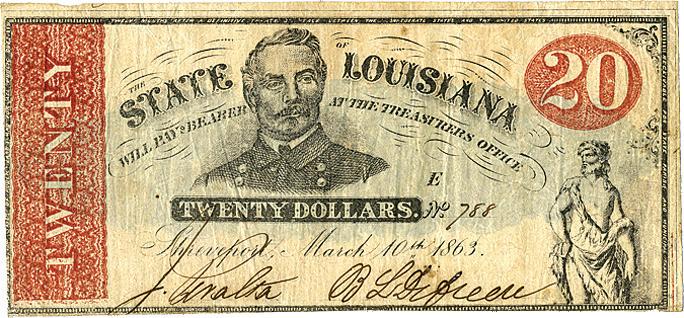

Both of Glenn Giles’ great grandfathers served in the Civil War. His paternal great grandfather, George W. Giles, enlisted as a private in Company D of the Thirty-Eighth Infantry in Danville on August 21, 1862. He was 37 years old and father of


four at that time. He was listed as being sick in a Danville hospital and died in 1864. He is buried in the Giles family cemetery in Pittsylvania County.




Giles’ maternal great-grandfather, James C. Easley, was one of five brothers who served in the Confederate army. Like Whitehead and George White, he was a member of Company I, Fifty-Third Virginia Infantry. He suffered a fractured left humerus during Pickett’s Charge. Easley was sent to the hospital in Baltimore on August 10, 1863, then to City Point for exchange on November 12.


Two of James C. Easley’s brothers died as a result of Pickett’s Charge. Robert C. Easley of the Fifty-Third was killed on July 3, while Henry Whitworth Easley of the Thirty-Eighth was wounded in the right thigh. His leg eventually was amputated, and he died on July 5, 1865. John Pyrant Easley served the entire war in the Sixth Virginia Cavalry as a member of Company E, the Pittsylvania Dragoons. He died at age 83 on August 13, 1919. Edward Thomas Easley enlisted in January 1864 and served in the Tenth Battalion
Artillery, Company C. Son in law James T. Hall also was a member of Company C, Tenth Battalion Artillery.

Glenn Giles and Mary Helena Giles are descendants of John Cristie Giles, who was born in Westmoreland County about 1740. He lived in Loudoun County before moving to Pittsylvania County in 1797. John Cristie’s son, George was born about 1762 in Westmoreland County and died in 1838 in Pittsylvania County. George Giles served in the Revolution War as both a militiaman and a Continental. In 1781, he was drafted into the Army and sent to Yorktown until the British surrendered.
Carl Sell has written two books about his Confederate maternal ancestors who survived Gettysburg. Thank God He Survived Pickett’s Charge is about his great grandfather. Who Were Those Other Heroes With Armistead at the Guns tells the story of his great uncle, George White, at the High Water Mark. Carl Sell can be contacted at 703-971-4716 or via email at sellcarl@aol.com)
Greg Ton



Glenn Giles (inset) cleans the shaving cream off the headstone of Private James Farthing, CSA, at the Giles Family Cemetery in Pittsylvania County, Va. Giles did the cleaning, using shaving cream, a squeegee, and water, at the request of his cousin, Carl Sell, who is Farthing’s great grandson.
Farthing was wounded in Pickett’s Charge, July 3, 1863, and again the following year at Chester Station south of Richmond. He was a member of the Thirty-Eighth on both occasions. After returning to duty from the second wound, he joined the Fifty-Third and was captured at Five Forks on April 1, 1865, just before the war ended.
Whitehead was wounded at the High Water Mark of the Confederacy as Pickett’s Charge was repulsed at Gettysburg. He was captured and spent the rest of the war in prison. He and Farthing were released on the


17 December 2019 Civil War News
Glenn Giles
Greg Ton • P.O. Box 9 • Franklin, TN 37065 901-487-5944 • GTon1@aol.com
Buying and Selling the Finest Confederate, Obsolete and Southern States Currency Since 1978 GregTonCurrency.com
Gun Works, Inc.




KEEPING TRADITION ALIVE
The muzzleloading community is diverse and encompasses a broad range of interests and professions, brought together by a shared passion for all things blackpowder. From re-enactors to modern hunting and competitive shooting, DIXIE GUN WORKS’ catalog has been a staple for generations of blackpowder enthusiasts. Our 2020 catalog has the world’s largest selection of blackpowder replica arms, accessories, antique parts, muzzleloader hunting and sport shooting equipment.

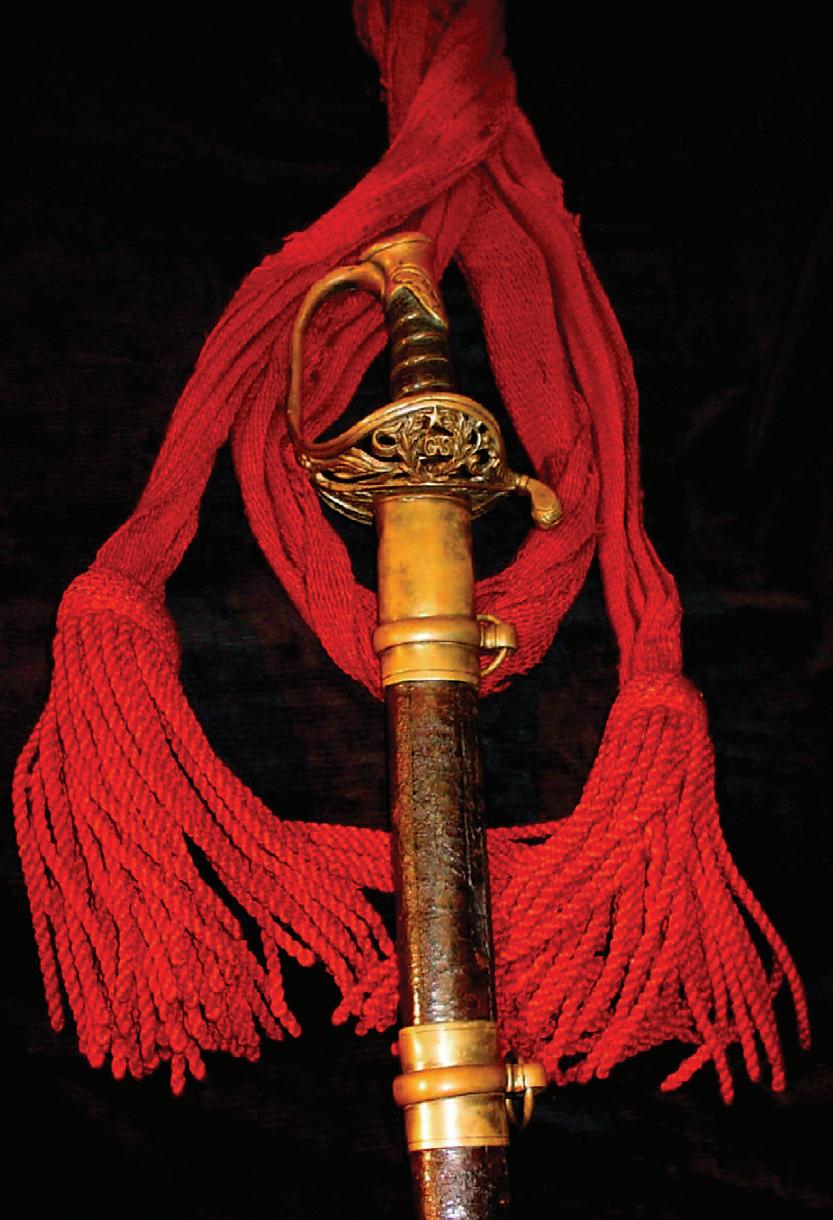

18 Civil War News December 2019 Digital Issues of CWN are available by subscription alone or with print plus CWN archives at CivilWarNews.com VIEW ITEMS AND ORDER ONLINE! www.dixiegunworks.com Major credit cards accepted FOR ORDERS ONLY (800) 238-6785 PROFESSIONAL SERVICE AND EXPERTISE GUARANTEED DIXIE GUN WORKS, INC. 1412 W. Reelfoot Avenue PO Box 130 Dept. 17 Union City, TN 38281 INFO PHONE: (731) 885-0700 FAX: (731) 885-0440 EMAIL: info@dixiegunworks.com
THE FINEST HISTORICAL ANTIQUE MILITARIA Wallace Markert info@csacquisitions.com 16905 Nash Road • Dewitt, Virginia 23840 804-536-6413 • 804-469-7362 www.csacquisitions.com Deadlines for Advertising or Editorial Submissions is the 20th of each month. Email to: ads@civilwarnews.com




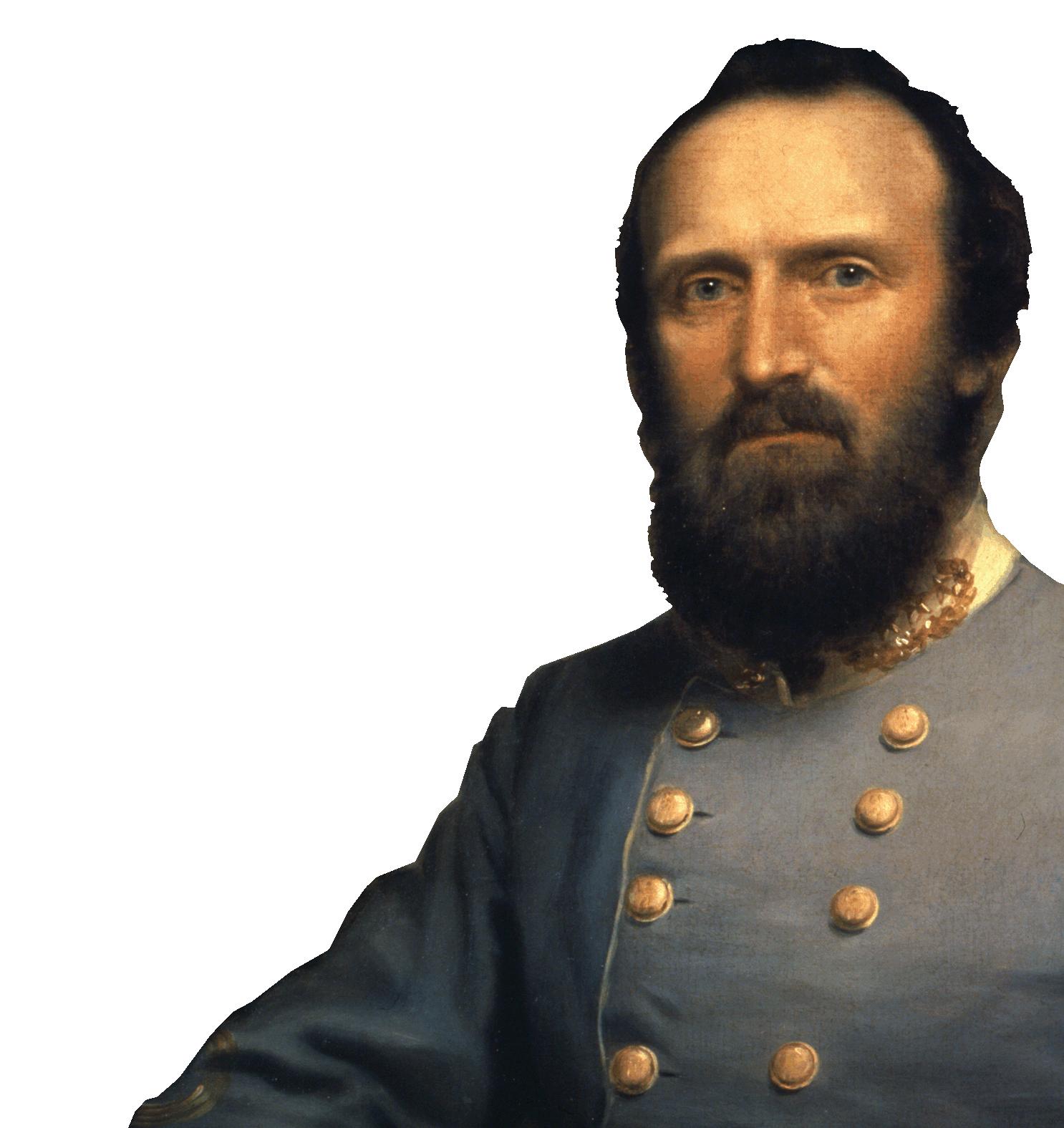

l19 December 2019 Civil War News Promoters of Quality Shows for Shooters, Collectors, Civil War and Militaria Enthusiasts Military Collectible & Gun & Knife Shows Mike Kent and Associates, LLC • PO Box 685 • Monroe, GA 30655 (770) 630-7296 • Mike@MKShows.com • www.MKShows.com February 1 & 2, 2020 Chickamauga (Dalton) Civil War Show November 16 & 17, 2019 Capital of the Confederacy Civil War Show (original dates) December 7 & 8, 2019 Middle TN (Franklin) Civil War Show
l
Even Stonewall didn’t stand all the time— $195.00 plus s&h Call the VMI Museum to order you stool today. 540.464.7334 The original stool is on exhibit at the VMI Museum. You’ll find the stool as versatile and useful as Stonewall did.
To Advertise In Civil War News? Email us at ads@civilwarnews.com or Call 800-777-1862 For a rate sheet visit: www.civilwarnews.com
Want
Titles By Stephen Davis
100 Significant Civil War Photographs: Atlanta Campaign


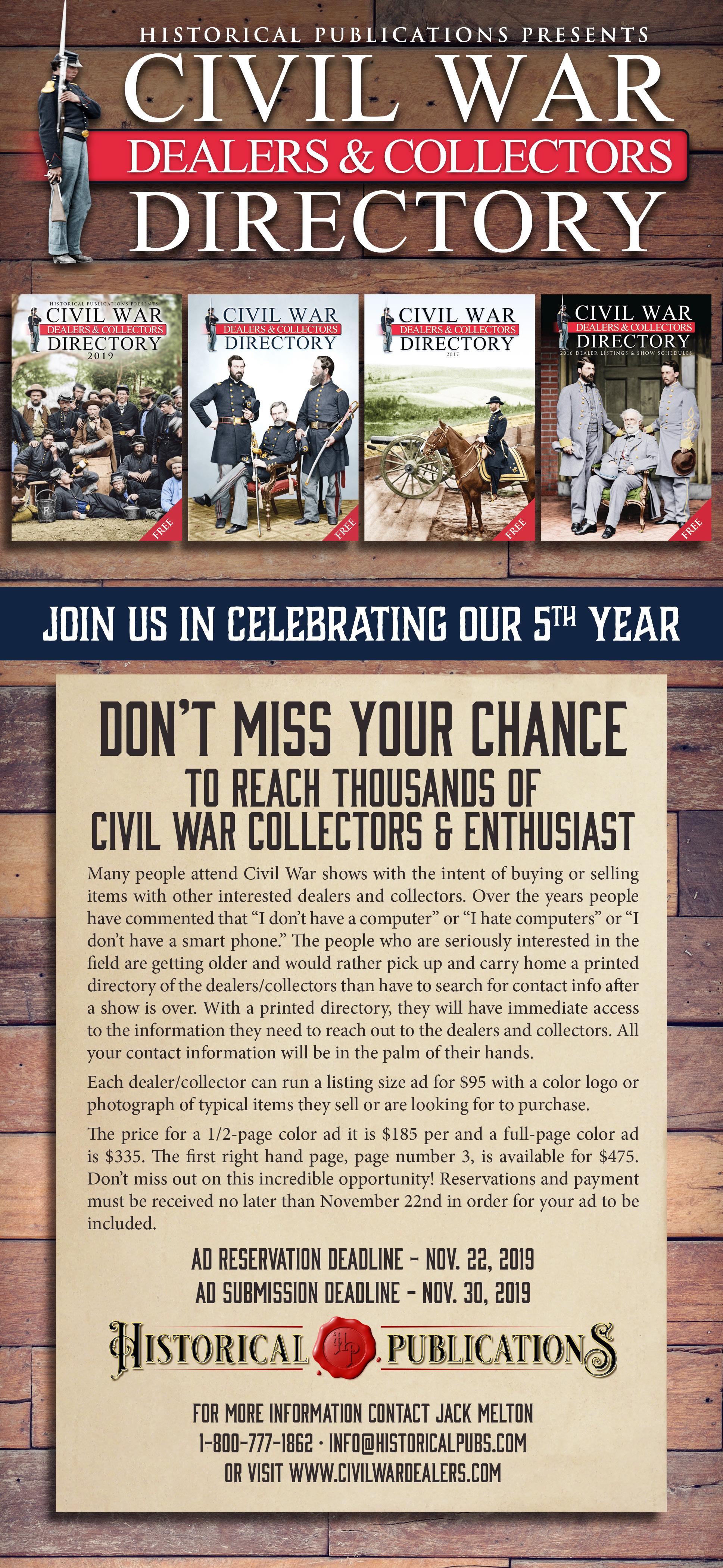
The Atlanta Campaign
George N. Barnard’s photographs of the Atlanta Campaign
While Mathew Brady, Timothy O’Sullivan and a few others won fame as photographers of the American Civil War’s eastern theater, George N. Barnard earned a reputation as the key cameraman of the war’s western area. Evidence of this is Barnard’s hundreds of photographs taken of Atlanta Campaign scenes. Some were published in 1866, but many more have appeared in the countless pictorial histories of the Civil War.
Paperback, 128 pages. $19.95 + $3.50 shipping
A Long and Bloody Task
The Atlanta Campaign from Dalton through Kennesaw Mountain to the Chattahoochee River
May 5–July 18, 1864
Davis’ narrative history of the Atlanta Campaign is divided into two paperbacks from Savas Beatie’s Emerging Civil War Series. Volume One, A Long and Bloody Task, carries Sherman’s forces from Dalton in northwest Georgia to the Chattahoochee River. There the Confederate government was forced to relieve its army commander, Joseph E. Johnston, and replace him with Gen. John B. Hood.

Paperback, 192 pages. $14.95 + $3.55 shipping
All the Fighting They Want
The Atlanta Campaign from Peachtree Creek to the City’s Surrender July 18–September 2, 1864

With the Yankee army five miles outside of Atlanta, Hood promised not to give up with city without a fight— which is all President Jefferson Davis asked. Davis’ companion volume, All the Fighting They Want, describes Hood’s efforts to defend Atlanta. Its fall in early September 1864 was a mortal blow to Confederate hopes for independence and a big boost to Lincoln’s hopes for presidential reelection.
Paperback, 192 pages. $14.95 + $3.55 shipping
To order a signed copy from author Stephen Davis email: SteveATL1861@yahoo.com
20 Civil War News December 2019
The American Civil War was the first war in which both sides widely used entrenchments, repeating rifles, ironclad warships, and telegraphed communications. It was also the first American War to be extensively photographed. Mathew Brady, Alexander Gardner and Timothy O’Sullivan are famous for having made iconic photographs in the Civil War’s eastern theater. George N. Barnard deserves to be ranked in this top tier for his photographic work in the war’s western theater. A civilian photographer hired by Gen. William T. Sherman’s chief engineer to take pictures of fortifications around Atlanta, Barnard took several hundred of them in and around the city in the fall of 1864. His most famous is the site of Union Maj. Gen. James B. McPherson’s death in the battle of Atlanta, July 22, 1864. Thus far, no comprehensive, definitive listing has been made of the photographer’s work. The Library of Congress has 130 images; the U. S. Military Academy at West Point, New York, has at least 98 photographs, donated by Captain Poe’s widow. Other repositories, such as the Gilder Lehrman Institute of American History in New York City, have smaller collections. For this book we have chosen hundred images we deem “significant,” though other students may wonder at some of our selections. We hope that this work will stimulate further interest in Barnardiana, and that other scholarly volumes are yet to come.
STEPHEN DAVIS 100 SIGNIFICANT CIVIL WAR PHOTOGRAPHS ATLANTA CAMPAIGN
Digital Issues of CWN are available by subscription alone or with print plus CWN archives at CivilWarNews.com Deadlines for Advertising or Editorial Submissions is the 20th of each month. Email: ads@civilwarnews.com
Comments from Our Readers
“I have read your new Barnard book with great interest and pleasure. It should be in the library of every student of the Atlanta Campaign.”
David Evans
Author of Sherman’s Horsemen: Union Cavalry Operations in the Atlanta Campaign
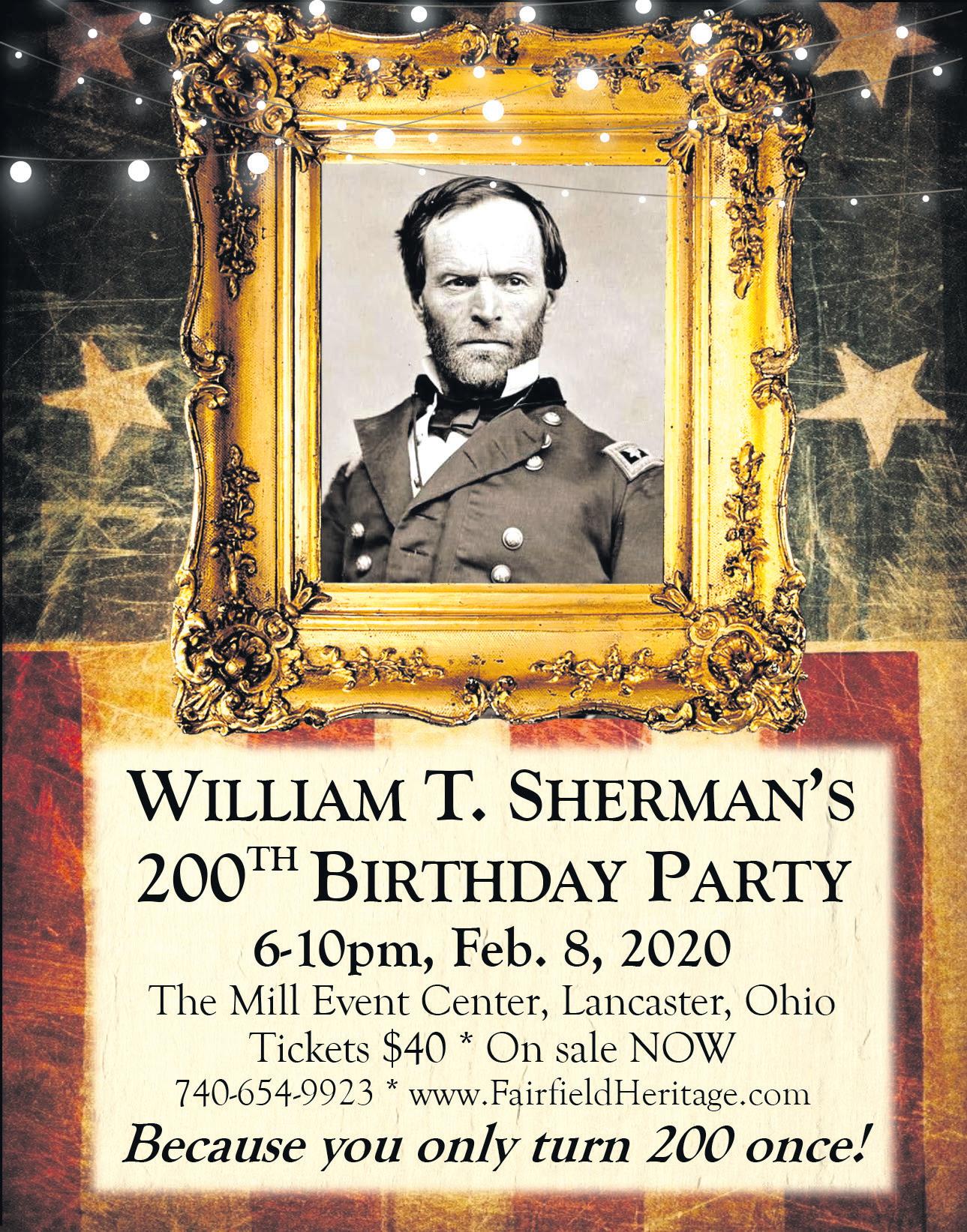

“I applaud Steve Davis’ selection and use of George Barnard’s photographs, which are seen on the printed page all too rarely. Davis takes readers on a visual journey from the earliest days of the Atlanta Campaign to Union capture of the city while zooming into the many details hidden in the depths of Barnard’s glass plate negatives. With introductory information and professionally curated and described photographs, Steve Davis presents a book from which casual Civil War buffs and serious Civil War photography students will benefit.”

Garry Adelman
Vice President, Center for Civil War Photography



“I’m thrilled with your very crisp, readable, easily grasped-yet-informative book. AND—it has the image quality and detail people love.”

Gordon L. Jones
Senior Military Historian and Curator, Atlanta History Center

“The first thing I look for and see in any volume of Civil War photos is the quality of reproduction, and Stephen Davis’ 100 Significant Civil War Photographs: Atlanta Campaign easily passes that test, with rich and appealing reproductions, many from the original glass negatives. Davis also distinguishes his work by showing many of the fascinating details that emerge only with a closer examination of the images. The study and presentation of Civil War photography has become increasingly specialized and detailed in the past 50 years, and Davis’ book exemplifies that and represents another significant addition to the field.”


Bob Zeller
President, Center for Civil War Photography
“I have a small roller-type book cart next to my desk, where I keep only special reference books, which I frequently consult in my research and writing. This title now has a place on the cart! I congratulate you on an engaging narrative to accompany the photographs you and I treasure. A job well done!”
Michael K. Shaffer, Instructor
Kennesaw State University and Emory University, Kennesaw, Ga.
best little book on Barnard”
The American Civil War was the rst war in which both sides widely used entrenchments, repeating ri es, ironclad warships, and telegraphed communications. It was also the rst American War to be extensively photographed. Mathew Brady, Alexander Gardner and Timothy O’Sullivan are famous for having made iconic photographs in the Civil War’s eastern theater. George N. Barnard deserves to be ranked in this top tier for his photographic work in the war’s western theater. A civilian photographer hired by Gen. William T. Sherman’s chief engineer to take pictures of forti cations around Atlanta, Barnard took several hundred of them in and around the city in the fall of 1864. His most famous is the site of Union Maj. Gen. James B. McPherson’s death in the battle of Atlanta, July 22, 1864. Thus far, no comprehensive, de nitive listing has been made of the photographer’s work. For this book we have chosen a hundred images we deem “signi cant.”


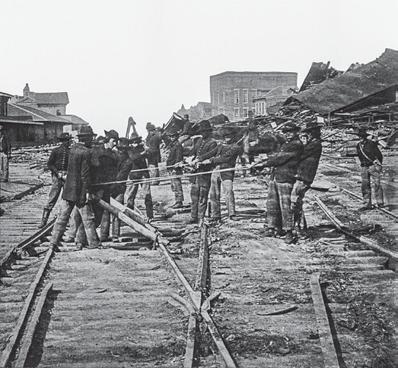
21 December 2019 Civil War News
“The
RELEASED JULY 17 th 2019 128 page Paperback: $19.95 (+$3.50 S & H) Ordering info: $19.95 plus $3.50 s&h South Carolina residents add 9% sales tax Mail a check to: Historical Publications LLC 520 Folly Road, Suite 25 PMB 379 Charleston, SC 29412 or Order online at www.historicalpubs.com Wrecking Atlanta ngineers ying the right—leading deduce that this taken the afternoon of ember attles and Leaders series of the 1880s. When the of the 1st Missouri ngineers (one of engineer egiments tlanta) the Taber illustration, they ently ecogni themsel the point of eprinting the drawing in their egimental histo of 1889 with the caption, the First Missouri Engineers dest ying rail oad sh wing the of hooks made them for the purpose d Under the Mic for Monda N ember 7. eedpeople on the 67 eder tifi tions Cong bear (as do P es), students of diana ha the pictu es and compa them to others. identifying impo pictu standing just be ond their parapet. Peacht B y–Another View Now Available!
Publishers: Send your book(s) for review to: CWN Book Review Editor, Stephen Davis 3670 Falling Leaf Lane, Cumming, GA 30041-2087 Order by Dec. 10th and receive it by Dec. 23rd.
The Battle of Stones River or Murfreesboro
December 31, 1862 –January 3, 1863
The Graphic War highlights prints and printmakers from the Civil War discussing their meaning and most importantly, the print maker or artist’s goals.
Early in the Civil War, western lithographic firms maintained a high interest in the activities in the “Western Theater” just as their counterparts in New York,
Boston, and Philadelphia depicted the struggles in the east. The firm of Middleton, Strobridge and Co. of Cincinnati was no exception. The two principles had morphed from another business partnership; a common occurrence among lithographic firms in mid-nineteenth century. Between 1859 and 1864, the time the firm operated, it produced “a long series of small Civil War scenes… sketched by A. E. Mathews of the 31st Ohio volunteers.”1
Like most American artists of the 19th Century, Alfred Edward Mathews was an immigrant, in his case, from Bristol, England.
His family moved to Rochester, Ohio, in 1833. Before the war, Mathews worked as a teacher in Tuscaloosa County, Alabama. With conflict on the horizon, he avoided joining the Confederate Army by fleeing to East Texas. He quickly realized that his situation was no better there as Texas was also preparing to secede. Mathews headed for Missouri, mostly on foot, and was almost hanged in Arkadelphia, Arkansas. He managed to self-publish his journey in 1861.2
Making his way to Ohio, he enlisted in the 31st Ohio Infantry, September 5, 1861, at age 30. He
joined Company E as a musician. On April 24, 1864, he transferred to Company I. During the war, he had been reduced to the ranks, for unknown reasons.3
Prior to the war, Mathews “had been a landscape” artist; his work was recognized by none other than Ulysses Grant who told Mathews that “his views” of Vicksburg were “among the most accurate and true to life I have ever seen. They reflect great credit upon you as a delineator of landscape views.”4 In Mathews’ rendition of the Charge of the First Brigade, all is unnaturally orderly and precise, unlike any battlefield reality. All fire in the first rank in unison; the second rank is equally disciplined in preparation for its role.
According to historian James Brookes, “The officer leading the charge of the supporting regiment, pictured at center right with his word drawn above his head, is almost farcical.” Mathews places his own regiment on the left, but identifies his commanding officer as Lt. Col. Frederick William Lister and not Colonel Moses B. Walker, ostensibly leading the 31st.5
Major General Williams Rosecrans, commanding the Army of the Cumberland with 43,000 men faced General Braxton Bragg’s Army of
Tennessee with 35,000 at Stones River (or Murfreesboro).
Mathew’s 31st Ohio Volunteers were in the center in the 3rd Division commanded by Major General George H. Thomas. The two armies clashed on December 31, 1862, near Murfreesboro on the Nashville Pike and rail line. For the next three days, January 1-3, the two armies, heavily depleted by the first day’s action, gradually pulled away from each other. The casualties were large, even in comparison to Shiloh and Antietam (nearly 13,000 for the Federal troops; nearly 12,000 for the Confederates).
Mathew’s lithograph of the first day’s battle sanitized the tragic narrative, giving an inaccurate depiction of a horrific event. Additionally, the four-day duel was a tactical draw. Strategically, for the Union, Nashville was safe for the remainder of the war. The rebel threat to Kentucky and Middle Tennessee was blunted. Mathews survived the war, mustering out September 22, 1864. He traveled throughout the west publishing Pencil Sketches of Colorado (1866) and Pencil Sketches of Montana (1868). He lithographed his third book Gems of Rocky Mountain Scenery in 1869. Just before his death in 1874, Mathews produced sketches of Nebraska and California.6 He is buried in Larimer County, Colorado. The Denver Public Library maintains a large holding of his papers and drawings.

Endnotes:
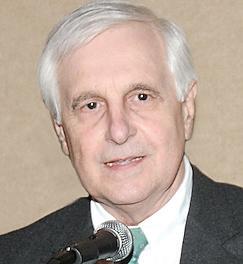
1. Harry Peters. America On Stone: The Other Printmakers to the American People. New York: Doubleday & Co., 1931, 284.
2. Civil War Database, www. civilwardata.com/active/ hdsquery.dll?SoldierHistory?U&614390.
3. Ulysses S. Grant, ‘Unidentified newspaper clipping in the Western History Department, Denver Public Library,’ Daily Miner’s Register (Central City, Colorado: December 1, 1865), p. 3 as cited in James Brookes “soldier-Artists and the Battle Experience (Part II), in Emerging Civil War, posted November 15, 2017
4. Civil War Database, www.civilwardata. com/active/hdsquery.
Deadlines for Advertising or Editorial Submissions is the 20th of each month. Email to: ads@civilwarnews.com
22 Civil War News December 2019
Charge of the first brigade, commanded by Col. M.B. Walker, on the Friday evening of the battle of Stone River ... / sketched by A.E. Mathews, 31st. Reg., O.V.I. Middleton, Strobridge, Cincinnati. (Library of Congress)
dll?SoldierHistory?U&604542


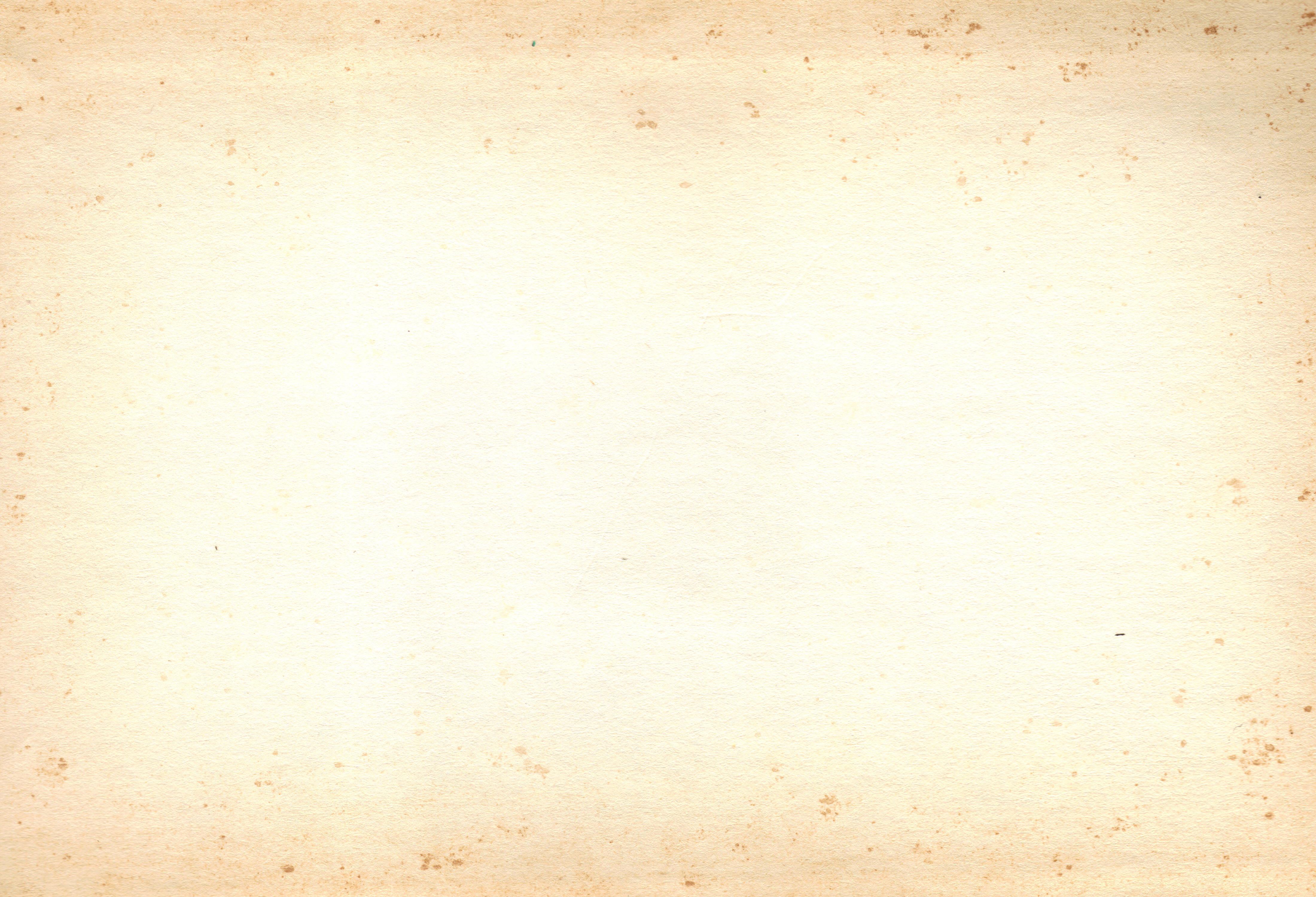
5. Taft, “Alfred E. Mathews” 105-6 www.askart.com/ Biography.asp; Draper, Alfred Edward Mathews, 128, http:// www.askart.com/Biography. asp; www.hibro.com/ Homewtrs2.htm. As Cited on “Alfred Edward Mathews, Battlefield Wanderings blog Nick posted Thursday, August 28, 2008.
After 43 years in the museum field, Salvatore Cilella now spends his time writing and is the author of several articles and books. His last professional position was President and CEO of the Atlanta History Center. His most recent books are Upton’s Regulars: A History of the 121st New York Volunteers in the Civil War (U. Press Kansas, 2009) and The Correspondence of General Emory Upton, 1856–1881 (U. Tennessee Press, 2017) edited. His two-volume Correspondence of Major General Emory Upton, is the recipient of the 2017–2018 American Civil War Museum’s Founders Award for outstanding editing of primary source materials. He is currently editing a manuscript of Upton’s letters to his wife 1868–70, which the Oklahoma University Press will publish early 2020.
23 December 2019 Civil War News Nothing says “Merry Christmas” like a gift copy of A Bloody Day at Gaines’ Mill 434.878.3422 x Get your copy today! “Sweep the field with the bayonet!” Thomas J. “Stonewall” Jackson at Gaines’ Mill
1863 copy of “The Battle of Stone River or Murfreesboro.” Middleton, Strobridge, Cincinnati. (Library of Congress)
Remington’s “Old Model” 1861 Navy Revolver
In 1857, the firm of E. Remington & Sons introduced their first percussion revolver. Since the founding of the firm in 1816 by Eliphalet Remington, the company had concentrated on producing gun parts and then long arms. Their first products were gun barrels, then gun furniture, and then finally complete flintlock rifles were added to the Remington product line. In 1845, Remington acquired a contract for 5,000 U.S. Model 1841 “Mississippi” Rifles that had originally been granted to John Griffiths of Cincinnati, which he had defaulted on.
The Ordnance Department was so pleased with the product delivered by Eliphalet’s company that he was granted two additional

contracts for Model 1841s, eventually delivering some 20,000 M1841 rifles to the U.S. government over the course of a decade.
Remington apparently saw the influx of government contract money as a steady stream of income that would allow him to expand his business, and he soon sought additional U.S. contracts.

The same year as the Mississippi rifle contract, he acquired a contract to deliver 1,000 Jenks naval carbines, with the newly devised Maynard Patent tape priming lock. Remington purchased the necessary machinery from the Ames Company of Chicopee, Mass., who had delivered the first production variation of the carbines and rifles, and who no longer needed the equipment.
However, it was clear that the technological evolution of firearms was heading toward repeating arms, and to that end the



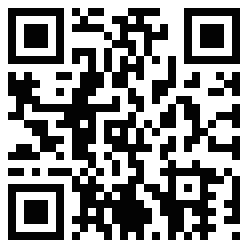
company began to pursue development of a percussion revolver.
In 1856, with the addition of Remington’s three sons to the business, the firm officially became E. Remington & Sons. The following year, their first revolver was ready for sale, the Remington-Beals pocket revolver. This was the invention of Remington employee Fordyce Beals. Beals had been instrumental in the production of the Jenks carbine contract, and had actually been “acquired” from Ames, as had the machinery, as part of the negotiated arrangement between Remington and Ames. Beals’ design was a compact, single action, .31 caliber revolver that bore a resemblance to the “Walking Beam” revolver then in production by Whitney. This should come as no surprise as the Whitney revolver was based upon Beals’ 1854 patent which evaded
Colt’s protection of his pistol’s mechanism. In 1856, Beals patented the features that were salient to his new Remington revolver, and in 1858 he patented the cylinder pin and loading lever system that would define the profile of all large-frame Remington handguns for more than three decades.
Beals’ 1858 patent (#21,478) was granted on September 14 and covered the winged cylinder arbor pin that secured the cylinder to the frame. The cylinder was retained by the loading lever located under the barrel and could be withdrawn from the frame only when the lever was lowered. Thus, began the evolution of the second most used U.S. marital revolver of the American Civil War. The first guns were produced in .36 caliber and production started to roll off the assembly line during late 1860 or early 1861. The .36 caliber “Navy” revolver was followed by a .44 caliber “Army” variant soon thereafter.

By the time Beals-Navy revolver production ended in 1862, some 15,000 of the handguns had been produced, while only about 2,000 of the larger “Army” revolvers were manufactured, before the William Elliott “improved” Model 1861 pattern Remington revolvers (also known to collectors as the “Old Model”) superseded the Beals model.
The Beals Navy Revolver was
Remington’s first large frame, martial handgun to make it into production. The earlier Beals “Army,” a scaled-up version of the pocket model, was only produced as a prototype and it is believed that fewer than 10 were manufactured. The Beals Navy was a single action, 6-shot percussion revolver with a nominally 7 ½ inch octagonal barrel screwed into the solid frame. While most references list the barrel length as 7 ½ inches, some earlier examples measure closer to 7 3/8 inches. The guns were blued throughout, with brass trigger guards, and a color casehardened hammer. The gun had two-piece smooth walnut grips, secured by a screw that passed through German silver escutcheons. A cone shaped German silver front sight was dovetailed into the top of the barrel near the muzzle. The standard two-line barrel marking for the Beals revolvers read: BEALS’ PATENT SEPT. 14, 1858 / MANUFACTURED BY REMINGTONS’ ILION, NY. This barrel marking referenced Beals’ patent #21,478.


There were a number of differences between the Beals model and the later production “Old Model” 1861 and “New Model” 1863 revolvers. The most obvious differences were the “high spur” hammer and the fact the frame concealed the barrel threads at the rear of the barrel. Shortly

24 Civil War News December 2019 www.CollegeHillArsenal.com Tim Prince College Hill Arsenal PO Box 178204 Nashville, TN 37217 615-972-2418
Transitional Remington Elliott or “Old Model” 1861 Navy Revolver #15,424. Note the Beals style frame with concealed barrel threads, the lack of safety notches at rear of cylinder, and the tall spur Beals style hammer. (All photos by Tim Prince)
A later production Remington Elliott or “Old Model” 1861 Navy Revolver #18,298. Note the relief cut frame that exposes the barrel threads and the safety notches between the percussion cone recesses. Only the older Beals style high spur hammer is retained on this gun.
after the 1861 “Old Model” went into production, these features were eliminated. A relief cut in the frame revealing the threads at the barrel’s end was added to reduce the possibility of lock up due to fouling and a lower spur hammer was eventually adopted to reduce potential for breakage.


The system of retaining the cylinder arbor pin via the loading lever evolved as well. While the Beals revolver required the lever to be lowered to withdraw the pin, the Model 1861 included a relief cut in the top of the lever that allowed the pin to be pulled forward with the lever in its
upright and locked position. This was considered an improvement and the feature was patented by Remington employee William Elliott, who would be responsible for a number of successful Remington firearms designs. This “improvement” proved to be a failure in the field, as the arbor pin could slide forward in the relief cut during recoil. When this happened, the cylinder often moved slightly off axis at the rear and locked up, making the revolver useless. An eventual “fix” was developed for this potentially fatal flaw. A filister head screw was added to the inside of
martial Remington revolvers it underwent some changes and improvements during its production.
The U.S. government had been relatively pleased with the original Beals Navy design and had obtained some 11,249 of the 15,000 Beals Navy revolvers produced. The purchases had been a combination of direct contract with Remington combined with open market purchases of some 7,250 revolvers that would not pass through a government inspection process. In June 1862, the Ordnance Department let a contract for 5,000 additional “Navy” caliber revolvers to Remington. The guns delivered under this contract appear to be a combination of late production Remington Beals Navy revolvers and the new Model 1861 “Old Model” or “Elliott” model revolvers.
The serial numbering of the Model 1861 revolvers continued from the Beals Navy revolvers, with the numbers mixing somewhat randomly at the end of Beals production and the beginning of Model 1861 production. This can probably be attributed to using up older parts on hand, thus the existence of “transitional” Remington Navy revolvers. Between August and December 1862, a total of 5,001 .36 Remington “Navy” Revolvers were delivered under this contract. Due to reports of issues in the field with the new Elliott Model 1861 revolvers, modifications and improvements occurred during production of the “Old Model” Navy revolvers, that eventually morphed into the “New Model” or Model 1863 revolvers. No additional .36 caliber revolvers would be purchased from Remington by the Ordnance Department after the final December 1862 deliveries, but a huge number of the New Model 1863 Army revolvers were acquired between 1863 and 1865.
REMINGTONS’ ILION, NY.

One gun is an earlier, “transitional,” Beals to Elliott model serial numbered 15,424. This gun retains the earlier Beals frame with concealed barrel threads and the Beals tall spur hammer and the Beals style cylinder without safety notches machined at its rear. However, it has the Elliott (or Model 1861) barrel markings and the Elliott patent cylinder arbor pin that can be withdrawn without lowering the loading lever. The other gun is a later production “Old Model” 1861 Navy, serial number 18,298. This gun has the cutaway frame that exposes the barrel threads, the safety notches at the rear of the cylinder and the added fillister head screw in the loading lever to prevent the cylinder arbor pin from moving inadvertently. During the process of converting from “Beals” to “Elliott” pattern guns, some features varied, with safety notches at the rear of the cylinder appearing intermittently until they were standard and the tall spur hammers remaining in use until they were used up.
As only 5,000 transitional Beals-Elliott and Elliott pattern Remington Navy revolvers were purchased by the U.S. government during the early part of the American Civil War, they are fairly scarce on the collector market. Since the guns appear with variations and evolutions in their features, they can be a particularly interesting sub-set of martial Remington percussion revolvers to collect.
the loading lever that acted as a stop against the cylinder pin. This meant that the lever had to be lowered to remove the pin, essentially returning the design to the original Beals concept.
The Beals models did not have safety notches on the rear of the cylinder that would allow the hammer to be safely dropped and locked between cylinder chambers. This feature was added to the Model 1861 and 1863 revolvers. Other minor evolutions occurred as well, including making the loading lever slightly larger and more robust. As the Beals was the first of the large frame

Pictured here is a pair of Remington Elliott “Old Model” 1861 Navy Revolvers. Both have the standard two-line Model 1861 barrel marking that references the Elliott patent and reads PATENTED DEC. 17
1861 / MANUFACTURED BY
Tim Prince is a full-time dealer in fine & collectible military arms from the Colonial Period through WWII. He operates College Hill Arsenal, a web-based antique arms retail site. A long time collector & researcher, Tim has been a contributing author to two major book projects about Civil War era arms including The English Connection and a new book on southern retailer marked and Confederate used shotguns. Tim is also a featured Arms & Militaria appraiser on the PBS Series Antiques Roadshow.
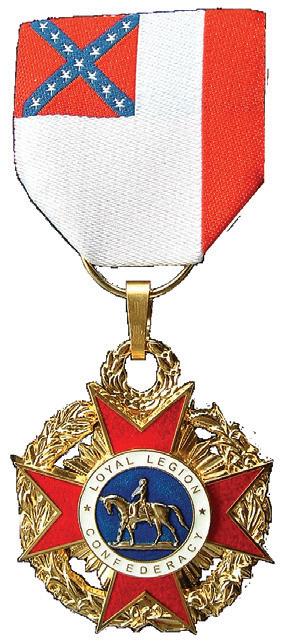
25 December 2019 Civil War News
Beals pattern Army and Navy revolver barrel markings, referencing the Beals patent date.
Later production Model 1861 “Old Model” Navy barrel marking with Elliott patent date markings.
Elliott patent loading lever without the filister screw modification. This design allowed the cylinder arbor pin to potentially move forward under recoil, which could lock up the cylinder and render the gun useless.
A modified Elliott patent loading lever with the added filister head screw that prevented the arbor pin from moving while the loading lever was in the upright position.
Legion of the Confederacy CSA National Defense Medals & other banned internet items Civil War Recreations WWW.CWMEDALS.COM cwmedals@yahoo.com 1 Smithbridge Rd., Unit 61, Chester Heights, PA 19017
Loyal
and screamed around us, wounded men came to the rear in large numbers, and the six Napoleon guns of Battery ‘B’ hurled forth destruction in double rounds of canister as the enemy in increased numbers rushed forward to capture the guns. He seemed to be making headway against our troops in the cornfield and the [artillery] piece on the pike was firing in that direction.”
Perspectives on Antietam

Phase One –Bloody Morning on the Federal Right
After his victory at the second battle fought at Manassas, Lee led his men across the Potomac. Lincoln, dissatisfied with Pope, turned again to McClellan, who pursued the Confederates into Maryland. Confident that his adversary would act with his usual caution, Lee sent part of his force to take Harpers Ferry and its garrison. The risk paid off for Lee, or seemed to, but his famously mislaid orders revealed his troop movements to McClellan. As the Confederates concentrated at Sharpsburg on the west side of Antietam Creek, Federals moved toward the creek from the southeast. The stage was set for the desperate fight on September 17, 1862, America’s bloodiest day.
Continuing our Perspectives Series, we will now turn our attention to the reports and memoirs of several Federal officers and listen to their stories as they led their men across the creek against the Confederates’ position. They will tell us of the havoc in the fields at the north end of the line, the carnage along the Sunken Road in the center, and the bloodshed on
the Confederates’ right flank as the Federals crossed the famous bridge and moved to the heights beyond.
Because of the scope and complexity of the Battle of Antietam, or Sharpsburg, we will break the battle into its three phases and examine each in turn. This month we start with the north end of the battlefield, the Federal right, where the battle began in the early hours of Sept. 17.
Let’s march toward the battlefield with Brig. Gen. John Gibbon, commander of a brigade in Abner Doubleday’s Division.
As he moved from Frederick on Sept. 14, along the road to South Mountain, he overtook stragglers from other units. “An advance guard…was placed in front of the brigade and the whole drum corps united behind it,” Gibbon wrote in his memoirs. “In front of the guard all the stragglers were placed and the drums striking up ‘The Rogue’s March,’ the stragglers were thus forced forward amidst the laughter and jeers of our men.” These slow-footed warriors would be needed at South Mountain—a barrier that had to be passed to reach the main Confederate army—and in the far fiercer struggle to follow.
Of Sept. 17, Gibbon wrote, “we needed no reveille, for at the earliest dawn firing commenced, and
GEORGIA’S CONFEDERATE MONUMENTS

In Honor of a Fallen Nation
Gould B. Hagler, Jr.

This unique work contains a complete photographic record of Georgia’s memorials to the Confederacy, a full transcription of the words engraved upon them, and carefully-researched information about the monuments and the organizations which built them. These works of art and their eloquent inscriptions express a nation’s profound grief, praise the soldiers’ bravery and patriotism, and pay homage to the cause for which they fought.
www.mupress.org
866-895-1472 toll-free
these fallen men attacked again. After ferocious fighting in this area the Federals were repelled. From his vantage point Gibbon saw that “the whole open space between the ‘East’ and the ‘West’ woods was filled with a disorganized mass of panic-stricken men going to the rear.”
our troops were rapidly formed, the shells commencing to scream over our heads.”
“As we moved forward…a shell struck in the very middle of the leading regiment…and bursting, as it struck, killed and wounded some 20 to 30 men. Such a calamity is the severest test of discipline. For a few moments the column was checked as the poor suffering men were removed, and then at the voice its Lt. Colonel, the [regiment] moved on again, followed by the rest of the brigade.”

Arriving at the front, Gibbon’s brigade attacked the Confederates in the West Woods. “No enemy was in sight,” he wrote, “but his shells were flying thick over our heads.” The brigade met the enemy infantry and became heavily engaged. “We knew but little of what was going on beyond our immediate vicinity. We were in the hottest of hornet’s nests and had all we could do to attend to what was in our front whilst the sounds of a severe battle reached our ears from all directions. Bullets, shot and shell whistled
“The enemy got so close to the battery in his desperate attempt to capture it,” Gibbon continued, “that the pieces were double-shotted with canister before which whole ranks went down, and after we got possession of the field, dead men were found piled on top of each other.”
The fighting in this sector was far from over. Pushed back to the Dunker Church, the comrades of
Gibbon credited his brigade with stopping this panic just as it had restored discipline when it encountered the stragglers on Sept. 14. “My brigade…was quickly brought to attention and formed to stop the stampede… and after some considerable difficulty a number of regiments were halted and reformed….”
The mad rush was halted, but “the disastrous result of [this] attack threw us back nearly to the line we had occupied when the fighting commenced in the
26 Civil War News December 2019
Maryland’s Monument on the Battlefield Honors the Maryland Men in both the Federal and Confederate Armies. (Photographs in the Carol M. Highsmith Archive, Library of Congress)
The fight in the cornfield; The Irish Brigade driving the rebels out, on the right wing. (Arthur Lumley, artist. Library of Congress)
morning and the enemy, during the day, established his picket line on our side of the straw-stacks where I had placed ‘Battery B’ when we went into action.”
Brig. Gen. Oliver O. Howard led a brigade in Sedgwick’s Division, the force that was struck by the Confederates and driven back in the panic described by Gibbon. In his memoirs Howard, like Gibbon, discussed the straggling that occurred as the Army of the Potomac moved into Maryland, though he focused on the cause rather than the remedy employed by Gibbon. “Putting together the sickness and discouragements that followed our second Bull Run and the Harper’s Ferry disaster, nobody will wonder that our army had many stragglers between Washington and Antietam.” Straggling notwithstanding, by the early hours of Sept. 17 Federal forces were engaged in the fierce back-and-forth fighting on the Federal right. We have listened to Gibbon’s description, and now turn to Howard’s account.
After this struggle had been underway for some time, Howard’s Brigade and the others of the division (commanded by brigadier generals Willis A. Gorman and Napoleon J.T. Dana) made their way onto the field via the upper crossings of the creek. Howard described the impact the fighting had on the units already engaged. “I saw abundant evidence of the preceding conflict, surely not encouraging to men just coming upon the field. Too many were busying themselves in carrying their wounded comrades to the rear. [Corps commander Maj. Gen. Edwin] Sumner sent a staff officer to the find the places where Hooker’s corps was to be found. He came upon General Ricketts, the only officer of rank left there, who declared that he couldn’t raise more than 300 men
of the corps for further work.”
When Sumner’s divisions attacked they were struck by Confederate reinforcements from the southern end of the line. Howard wrote: “We broke through the cornfield; we charged over an open space and across the turnpike and forward into the ‘West Woods’ till Gorman’s line encountered the enemy’s sharp musketry fire. Then all halted. Our three lines, each in two ranks, were so near together that a rifle bullet would often cross them all and disable five or six men at one time.”
While Gorman attacked, Dana and Howard’s brigades waited in reserve and “naturally sought to protect themselves by taking advantage of the rocks, trees, and hollows, or by…lying down. While I could hear the whizzing of the balls, the woods being thick thereabouts, I could see no enemy.”

At this point Howard realized that the units he thought were covering his left flank were not there. Instead he was struck by a Confederate attack. He described the ensuing chaos. “[General Sumner] was without his hat and with his arms outstretched motioned violently. His orders were not then intelligible; but I judged that Sedgwick’s left had been turned and immediately sent the necessary orders to protect my flank by changing the front of my brigade to the left.” Howard stated that others had a different understanding of Sumner’s order. Some heard “get out of here” or “you must face about.” Howard recorded that “quicker than I can write the words, my men faced about and took the back track…. When we reached the open ground Sumner himself and every other officer of courage and nerve were exerting themselves to the utmost to rally the men…. But it was simply impossible till

we had traversed and cleared these fields; for now we had the enemy’s infantry and artillery in rear and on our flank against our broken brigades, pelting us with their rapid and deadly volleys.”
The Confederates drove this division back, but their strength was exhausted. The intense fighting on this flank petered out. The dead men lay thick on the ground and the wounded suffered from indescribable pain, suffering which for one poor soldier was unbearable. Gibbon wrote that an artillery sergeant “suffered much and when lying in the hospital, took his pistol and deliberately blew his brains out.”
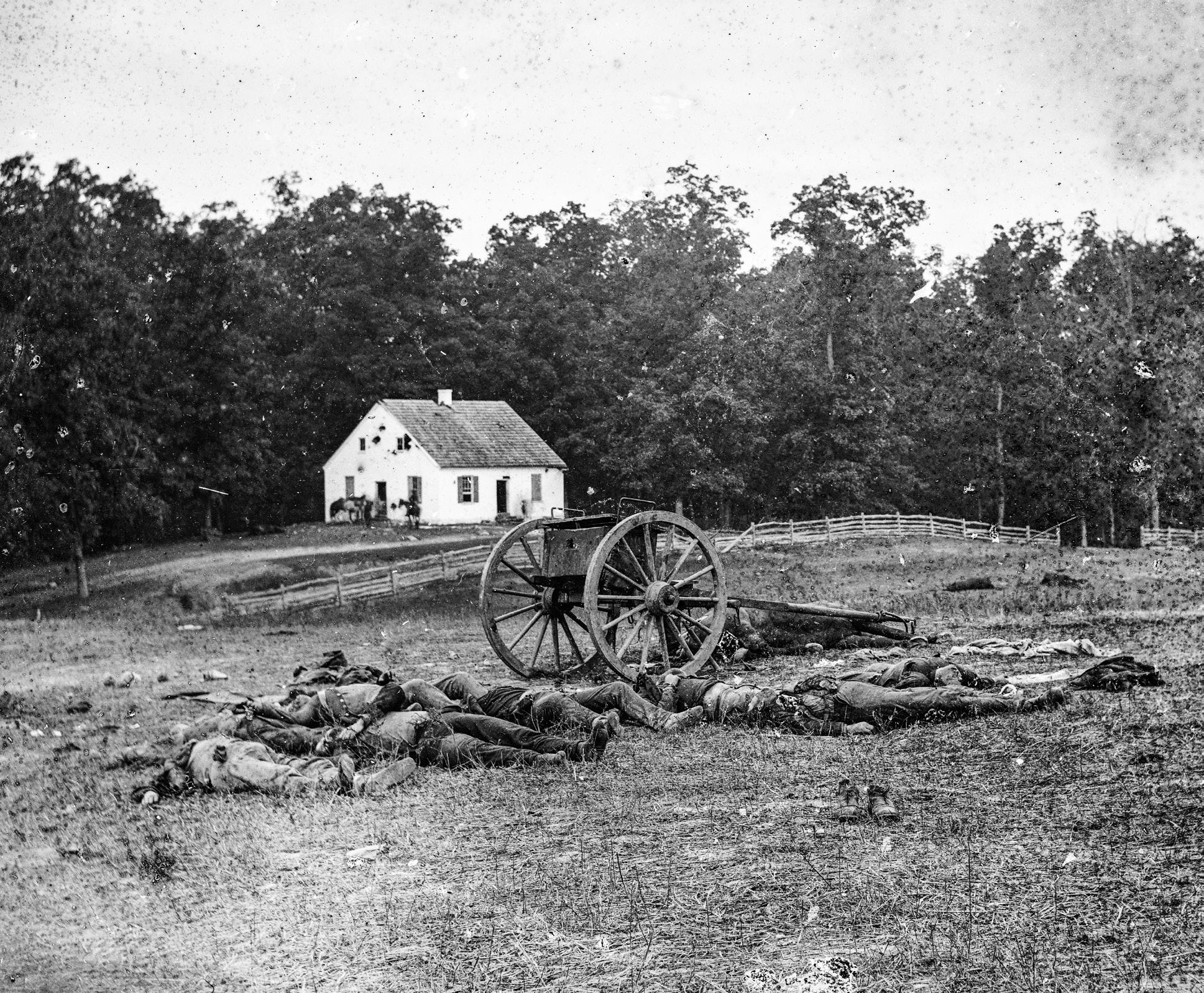
We will pause here, with the sad end of this unfortunate sergeant. Next month we will look at the battle’s next phase, the center of the line, in and along a wagon road worn deep by long use, as if in preparation for the battle.
Sources and further reading:
• Official Records, Ser. I, Vol. XIX, Pt. I, Reports of John Gibbon and O.O. Howard.
• General John Gibbon, At Gettysburg and Elsewhere: Personal Recollections, Big Byte Books, 2016, originally published in 1928.
• O.O. Howard, Autobiography of Oliver Otis Howard,
Major General United States Army, The Baker & Taylor Company, 1907, Kindle Edition 2011.
Gould Hagler is a retired lobbyist living in Dunwoody, Ga. He is a past president of the Atlanta Civil War Round Table and the author Georgia’s Confederate Monuments: In Honor of a Fallen Nation, published by Mercer University Press in 2014. Hagler speaks frequently on this topic and others related to different aspects of the Civil War and has been a regular contributor to CWN since 2016. He can be reached at gould.hagler@gmail.com.
27
December 2019
Civil War News
Pry House, Union Headquarters at Battle of Antietam. (Photographs in the Carol M. Highsmith Archive, Library of Congress, Prints and Photographs Division.)
Dead in front of Dunker Church, Antietam, Maryland. (Library of Congress)
A lone grave on battle-field of Antietam. (Alexander Gardner, Library of Congress)
From the Editor
Whenever I invoke George Santayana in front of a Civil War group, I get a lot of “Amens.”
“Those who do not learn history are doomed to repeat it,” Santayana said (or something close to it: “Those who cannot remember the past are condemned to repeat it”). The idea gets at the very heart of why we study history.
I agree with the premise wholeheartedly, but it does present some challenges. To draw a lesson from history inherently means you’re appropriating history for your own purpose. To people who agree with your perspective, you seem wise. History offers sage advice and appropriately cautionary tales. To people who disagree, though, you seem like you’re “getting political.”
Let me use a non-Civil War example. Timothy Snyder is a Yale historian who specializes in the history of totalitarianism.
Amazon.com describes his most recent book, On Tyranny: Twenty Lessons from the Twentieth Century, thus:
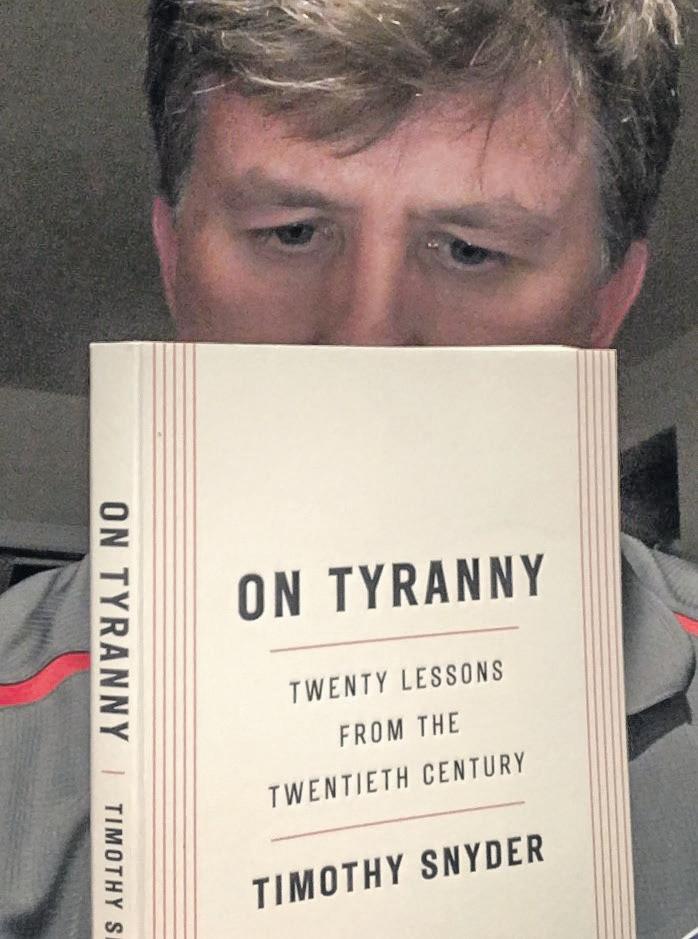
The Founding Fathers tried to protect us from the threat they knew, the tyranny that overcame ancient democracy. Today, our political order faces new threats, not unlike the totalitarianism of the twentieth century. We are no wiser than the Europeans who saw democracy yield to fascism, Nazism, or communism. Our one advantage is that we might learn from their experience.
It says outright “we might learn from their experience.” Sounds right up our alley, right? If one supports the idea that we should learn from history, it stands to reason that a historian who specializes in totalitarianism would have some insights on the topic that might help us learn from past examples as we move through today’s troubled times.
But because Snyder applies those lessons to modern America, I can easily imagine some readers dismissing the book outright because of their political leanings. To people who agree with him, he’s considered an expert; to people who disagree, he’s dismissed as elite. In other words, some people want to learn from the past if they agree with the lessons. In that respect, it’s like today’s journalism: people only want the news they agree with.
Having that attitude doesn’t let us learn anything. We much prefer an echo chamber, even from our own history, than perspectives that challenge us and, in doing so, help us learn.
And so I ask you to consider: do you agree with Santayana, really?
— Chris Mackowski, Ph.D. Editor-in-Chief
The Seventh Annual Emerging Civil War Symposium at Stevenson Ridge
We’ll be announcing our lineup soon for the Seventh Annual Emerging Civil War Symposium at Stevenson Ridge. Our theme next year will be “Fallen Leaders.” You’re going to see some of the Civil War’s greatest “hits” (so to speak!).
Join us August 7-9, 2020, at Stevenson Ridge in Spotsylvania,
Va. Early bird tickets are just $155 dollars; regular price, starting January 1, will be $175. More information is available at https://emergingcivilwar. com/2020-symposium/.

ECW News & Notes
The cover story of the December 2019 issue of Civil War Times asked, “Do we still care about the Civil War?” ECW was pleased to partner with the magazine to extend the conversation through the blog. “Your blog has allowed other important voices to be heard,” said CWT Editor Dana Shoaf, who contributed to the online series. Aside from the many great historians featured in the magazine, we had an additional fifteen contributors at ECW. You can read the online entries at: https://emergingcivilwar. com/tag/do-we-still-care-series.
On Saturday, October 19, Mike Block, Chris Mackowski, Rob Orrison, and Kevin Pawlak partnered for an all-day tour of the “forgotten fall” of 1863. Rob and Kevin focused on Bristoe Station; Mike focused on Rappahannock Station; Chris focused on Mine Run.
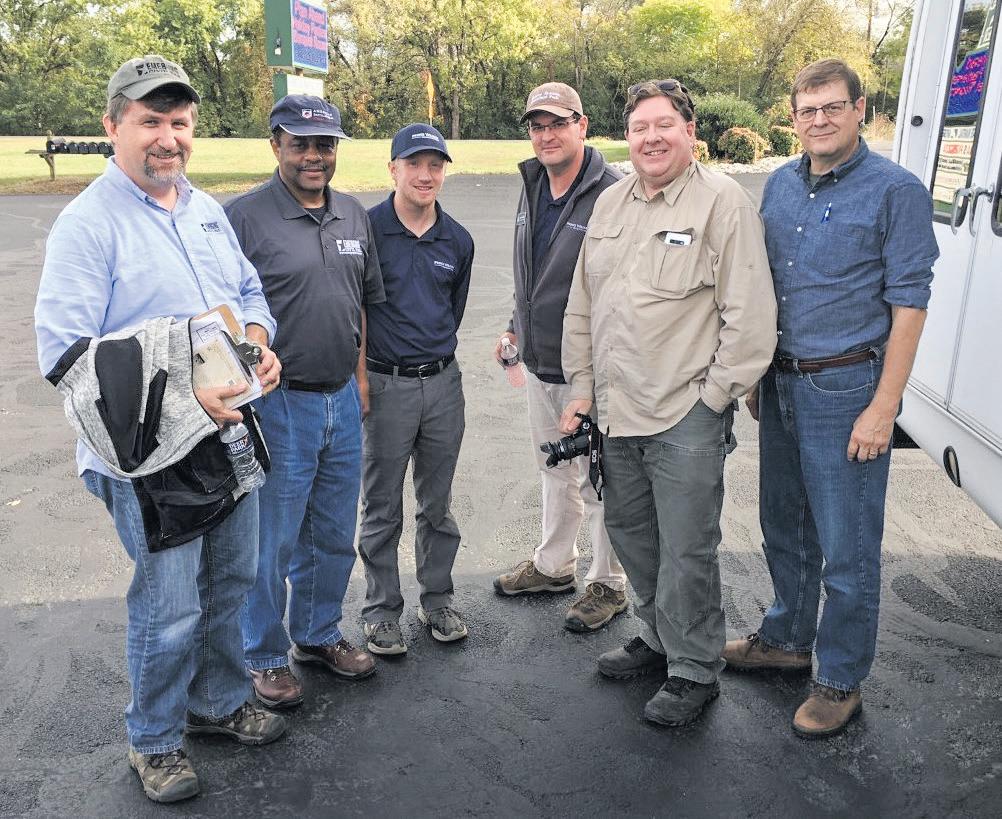
Steve Davis featured “Confederate Biography, A-Z” in the November 2019 issue of Civil War News. The article highlighted Steve’s extensive collection of Confederate biographies, more than 400 volumes in all, organized on three shelves.
Bert Dunkerly would like to note that the Washington Redskins are 1-5 at the time the ECW newsletter went to press. He would specifically like to remind any of his ECW colleagues who are Skins fans of this record.
Meg Groeling spoke to the Elk Grove CWRT on Captain Jack Wildey and Civil War Base Ball on October 18, just in time for
the World Series! Meg also reviewed James G. Mendez’s A Great Sacrifice: Northern Black Soldiers, Their Families, and the Experience of Civil War for the November 2019 issue of Civil War News.
Robert Lee Hodge stepped up as a last-minute pinch-hitter to speak to the Louisville, Ky., CWRT about the Battle of Spotsylvania Court House.
Derek Maxfield will host a special exhibit at the MorganManning House in Brockport, NY, entitled “Changing Victorian Deathways in the 19th century.” The three-day exhibition is scheduled Monday through Wednesday, October 28, 29 and 30, 2019, from 6 – 8 p.m. There will also be a special lecture on Wednesday, October 30 at 7 p.m., “Dying on Script: Changing Victorian Deathways in the 19th Century,” by Maxfield is a Genesee Community College professor of history who is also a member of the Morgan-Manning House Board of Trustees.
Derek Maxfield and Tracy Ford will perform their Civil Warinspired play “Now We Stand by Each Other Always,” a conversation between Gens. Ulysses S. Grant and William T. Sherman, at the West Sparta, NY, town hall on November 3 at 2 p.m.
Derek Maxfield will present “Hellmira: The Union’s Most Infamous POW Camp of the Civil War,” based on his upcoming ECW book by that title, at the Powhatan Civil War Roundtable on November 21 at 6:30 p.m.
Eric Wittenberg recently presented a talk titled “The Johnson-Gilmor Raid: Destined to Fail” at the 22nd annual Middleburg Conference on the Art of Command in the Civil War, addressing Robert E. Lee’s failed attempt to free Confederate POW’s from Point Lookout, Md.,
as part of Jubal Early’s advance on Washington in July 1864.
Eric also had his first event as program coordinator for the Chambersburg Civil War Seminars on the weekend of October 24. They will be presenting some really different and unique programs over the coming years, and Eric would like to invite you join them!
Ryan Quint presented at the 22nd Annual Middleburg Conference on the Art of Command. He helped lead a bus tour to Monocacy, with Scott Patchan leading a tour of the Battle of Second Kernstown in the afternoon. “It was a fantastic time,” Ryan says.
Dan Welch recently had an article on the Battle of Cedar Mountain published as part of the Essential Civil War Curriculum. You can read it here:
https://www.essentialcivilwarcurriculum.com/the-battle-of-cedar-mountain.html
Kris White and Dan Davis had an article in the current issue of Hallowed Ground. The issue highlighted different stories that involved maps. In Kris and Dan’s article, “How Inaccurate Maps Repeatedly Thwarted Union Major General Ambrose E. Burnside,” they wrote about two instances in which Ambrose Burnside was bedeviled by poor maps, including during his ill-fated trip to Fredericksburg. “Has Google Maps ever led you astray at work?” they ask.
We at Emerging Civil War were saddened to learn of the death on October 9 of D. P. Newton, owner of the White Oak Civil War Museum in southern Stafford, Va. In 2018, ECW honored D. P. with the Emerging Civil War Award for Service in Civil War Public History. We extend our sympathies to his wife, Bonny. You can read more about D. P. here: https://emergingcivilwar.com/2019/10/08/ in-memoriam-d-p-newton.
10 Questions...with Rob Orrison
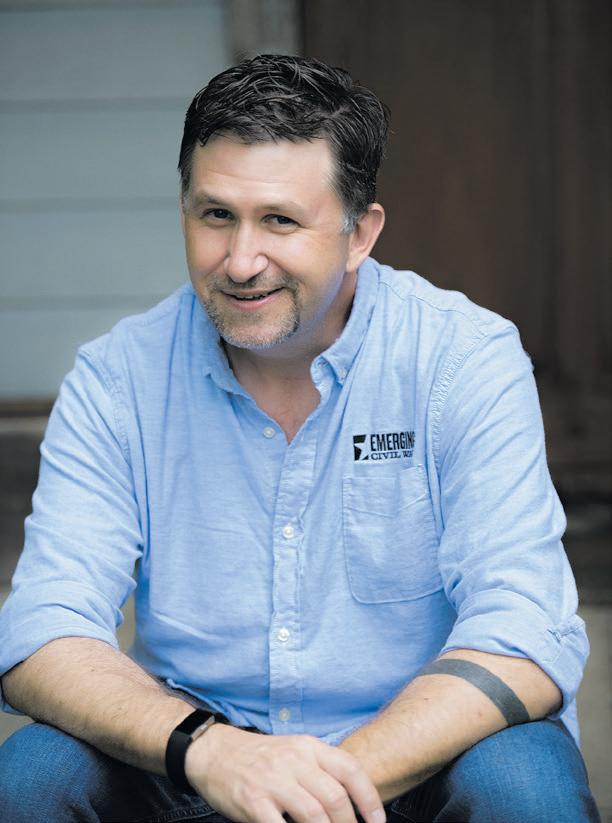
Rob Orrison is the historic sites supervisor for Prince William County, Va., and a board member for the Virginia Association of Museums. He called the victory of the Washington Nationals in the National League Championship Series “Greatest moment of my sports life!!!” Rob was first profiled in the November 2016 ECW newsletter: https://conta.cc/2gdbv6Q. You can read his full bio on the blog: https://emergingcivilwar.com/author-biographies/ authors/rob-orrison.
You’re just coming off your
28 Civil War News December 2019
www.emergingcivilwar.com
Chris Mackowski
On Tyranny by Timothy Snyder is an enlightening read for history buffs, but some readers will find its insights challenging.
(from left): Chris Mackowski, Steward Henderson, Kevin Pawlak, Rob Orrison, Terry Rensel, and Mike Block on a tour sponsored by Prince William County that crammed the fall of 1863 into a one-day tour.
first (and very successful) Emerging Revolutionary War Symposium. How do you feel about it?
It was a great event and highlights the importance of collaboration. Working with the City of Alexandria was a great experience and, for our first symposium, we were very happy with the attendance of over 75 people. We also focused on a mix of non-military and military topics with a great selection of young and veteran historians. We are already planning the 2020 Symposium and details should be out soon on our website,www.emergingrevolutionarywar.org. We look forward to growing this event annually as we approach the 250th anniversary of the American Revolution.
Switching hats from Rev War to Civil War, you had some exciting news at work recently. You work for Prince William County, which includes the Bristoe Station battlefield. Can you tell us about the developments there?
Yes, this was GREAT news we received in early October, great timing with the Bristoe Station anniversary on October 14th. This new land is over 150 acres (our current Bristoe Station battlefield park is 140 acres), so this will more than double the size of our park. Currently we manage the part of the battlefield where a portion of the Confederates attacked; this new property includes the Federal position of Webb’s Brigade and Union artillery. It will allow us to tell a fuller story about the battle and brings the total acreage of preserved land to nearly 300 acres, about 40% of the battlefield.
Working with the American Battlefield Trust has been great. Anyone reading this who is not a member of the ABT should sign up now. Great staff and great results nationwide in preserving American battlefields. I know they will continue to look for other opportunities in the Bristoe Station battlefield area for more preservation victories.
Why do you think the Fall of
1863 tends to get overlooked in larger narratives of the war?
Two reasons. There are no real “large” battles that led to future national parks; secondly, it is between Gettysburg and Grant. History books teach Gettysburg and then talk about how that was the high water mark of the Confederacy, and then Grant is put in charge and “knocks out” the Army of Northern Virginia. When doing a talk or tour about this time period, I always get the “I had no idea Lee and the Confederates were this close to Washington after Gettysburg!”
On October 15-16, Confederate cavalry was in Herndon and near Clifton, with Confederate infantry near Manassas. It is hard to believe that even after Gettysburg, which we are taught is the end for the Army of Northern Virginia, that Lee was on the doorstep of Washington.
You’ll be ascending to the presidency of the Virginia Museum Association in a few months. What will that involve?
I am very excited about this opportunity to lead the nation’s oldest and largest state-wide museum association. VAM has been integral in assisting Virginia-based museums to be in the forefront of new ideas in public engagement and interpretation. VAM members range from large museums such as Mount Vernon and the Virginia Museum of History and Culture to small museums like the Clarke County Historical Association. Over the next two years, I will be working with museums, members, and elected officials to promote why museums are important to our communities with their impact on cultivating cultural experience and economic development.
How does your museum work tie back to your interest in the Civil War?
I manage twelve historic sites, including historic homes and landscapes. Being in Prince William County, a lot of these places relate to the Civil War. My first interest in history as a child was in the Civil War, so I am able to use a childhood passion every day at work. I appreciate all historic time periods, though, and many sites I managed have colonial and 20th century historic significance. Working in Civil War history prepares you to talk about difficult topics, which is a required skill when working in public history.
Lightning Round:
Favorite primary source? If there has to be just ONE, then it has to be the Official Records.
Civil War News
Favorite Civil War-related monument?
Dangerous question these days! Appomattox in Old Town Alexandria.
Favorite unsung hero of the Civil War era?
Wouldn’t say “hero,” but John Breckinridge had a huge impact on the last days of the Confederacy and trying to see the men under arms were taken care of. Thinking he was once the U.S. vice president, then held military and civil commands in the Confederacy, he succeeded in pretty much everything he did.
What’s a bucket-list Civil War site you’ve not yet visited?
Chickamauga
Favorite ECWS book that’s not one of your own?
This kills me...but Bert Dunkerly’s To The Bitter End
ECW Bookshelf
Hot off the press: new editions from our Emerging Civil War Series of A Season of Slaughter: The Battle of Spotsylvania Courthouse by Chris Mackowski and Kristopher D. White and Grant’s Last Battle: The Story Behind the Personal Memoirs of Ulysses S. Grant by Chris Mackowski.
Emerging Civil War Podcast
In October, we did our podcast live from the Douglas MacArthur Memorial in Norfolk, Va. Our first episode featured an interview by Dan Welch with historian Brian Steel Wills, author (most recently) of Inglorious Passages: Noncombat Deaths in the Civil War. Our second episode featured an interview by Dan with historian Charlie Knight, military curator of the North Carolina Museum of History.
Check out the Emerging Civil War Podcast on our Patreon page: https://www.patreon.com/emergingcivilwar. Episodes are only $1.99 each (which goes to support production).
On Thursday October 24, ERW historian Travis Shaw spoke at Mt. Zion Historic Park in Aldie, Va. Travis offered a lecture on American Revolutionary War spy John Champe. For more details, check out this link: https://mosbyheritagearea. org/events/2019/10/24/conversations-in-history-revolutionary-spy-john-champe
As always, stay up-to-date on ERW by checking out the blog for new content: www.emergingrevolutionarywar.org.

Speakers Bureau Spotlight
Dwight Hughes, a retired U.S. Navy Surface Warfare Officer and Vietnam War veteran, is an author and speaker specializing in the naval history of the Civil War.

Emerging Revolutionary War News
With the mention of October in Rev. War circles, one word comes quickly to mind: Yorktown. The victory at Yorktown propelled the American colonies with their French allies to ultimate victory and American independence. If you are looking to learn more about the victory and also an overview of the entire American Revolution, check out the new-ish American Revolution Museum at Yorktown. One of Emerging Revolutionary War’s historians works as one of the curators there.
Talks:
new edition
Aside from some clean-ups, the new edition of Grant’s Last Battle features a new foreword by Jared Harris, who played Grant in Steven Spielberg’s movie Lincoln.
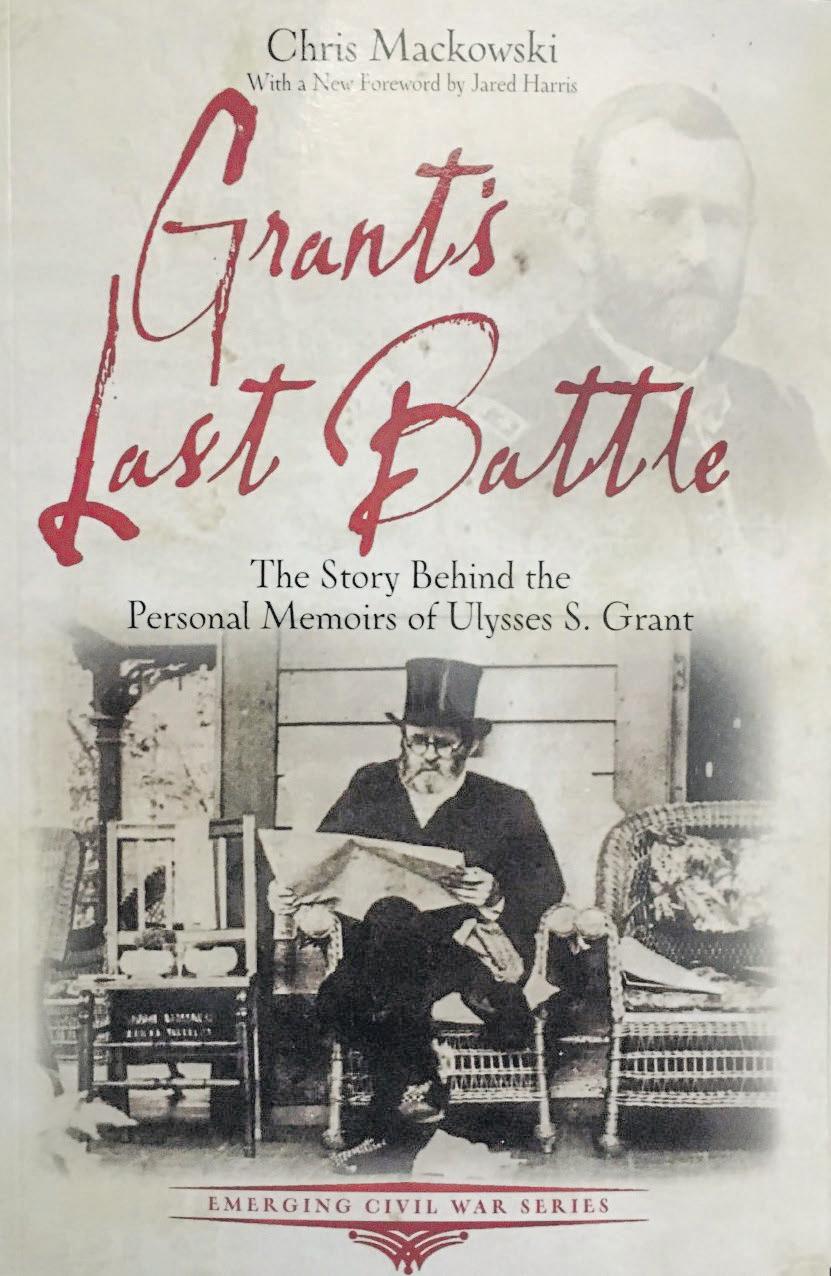
The new edition of Season of Slaughter includes updated captions and information about recent preservation acquisitions.
“Central Virginia Battlefield Trust’s acquisition of Myer’s Hill was particularly important to note because it will change the complexion of interpreting the entire second week of the battle,” Mackowski said.

But, October also saw the pivotal battle of Germantown, fought outside Philadelphia on October 4. Although a reverse for the Continentals under George Washington, the ramifications were positive, as it helped convince the French to enter into an alliance with the rebelling colonies, the icing on the proverbial cake after the victory at Saratoga, which also culminated in October. A new history of the battle and campaign is slated for release from our friends at Savas Beatie next year. (And look for some ERW Facebook Live videos the first weekend of November as some of our historians head that way on a trip.)
• Rebel Odyssey: The Cruise of the CSS Shenandoah
• Unlike Anything That Ever Floated: The USS Monitor
• Unvexed Waters: Mississippi River Squadron
• Burnside’s Sand March: The Forgotten North Carolina Expedition
• From Shenandoah to Seeadler: The Legacy of Civil War Commerce Raiders in WWI
• Rebels Down Under: A Surprise Confederate Visitor Makes Mayhem in Melbourne
• Rebels and Aliens: Confederates on the Far Side of the World
Civil War Catalog
Featuring a large assortment of Civil War and Indian War autographs, accoutrements, memorabilia, medals, insignia, buttons, GAR, documents, photos, & books. Please visit our fully illustrated online catalog at www.mikebrackin.com
Free copy mail catalog
Mike Brackin PO Box 652, Winterville, NC 28590 • 252-565-8810
29
December 2019
Dwight Hughes
Rob Orrison and his two sons, Grayson and Carter.
A
of Grant’s Last Battle.
The Battle of Arkansas Post: Target of Opportunity
By Robert Durham
In 1861, the small town of Arkansas Post, also known as Post of Arkansas, would become an integral part of the Civil War defense of Arkansas. That same year, the Confederate Army and Navy built Fort Hindman near the town. The fort was located on the north (or left) side of the Arkansas River, where the river made a sharp horse-shoe bend. This made it a strategic site because it commanded the river in both directions. If the Federals captured Arkansas Post, they would have access to the Arkansas interior.
Post of Arkansas was on a bluff, twenty feet above the water line.1 Fort Hindman was a square, earthen fort, with bastions on all four corners. The fort was 100 yards to a side, with an eighteen-foot parapet and a ditch, twelve to fifteen feet wide and eight feet deep. The fort had eleven or twelve guns mounted, including2 two heavy guns in oak log casemates and roofs reinforced with railroad iron.3 The Confederate engineers initiated the building of three lines of rifle pits: the first, from Fort Hindman west, stopped about 200 yards short of Post Bayou, where a swamp supposedly made the zone impassable; the second, east of Fort Hindman, ran northwest from the Arkansas River; and the third was further downstream where the river flowed north to
south.
The Confederate troops, 4,900 men, and overall command of Arkansas Post were under General Thomas J. Churchill, a native Kentuckian who served with distinction in the 1st Kentucky Mounted Rifles in the Mexican War. Since 1848, he resided in Little Rock, Ark.4
On December 20, 1861, MajorGeneral William Tecumseh Sherman and Rear-Admiral David Dixon Porter sailed down the Mississippi to attack Vicksburg. For various reasons, the campaign failed; several attacks against Confederate earthworks on Chickasaw Bluffs were bloodily repulsed. On January 4, 1862, the troops re-boarded the transports and sailed to Milliken’s Bend, northwest of Vicksburg, between there and the Post of Arkansas. Major-General John Alexander McClernand met the fleet and, outranking Sherman, took over command.


taking command of Sherman’s troops.
McClernand and Sherman had 28,944 men and needed to find something to do with them. To make their decision a little easier, a transport ship, the Blue Wing, carrying dispatches and ammunition, was captured by some cavalry pickets out of Arkansas Post.5 The Mississippi River would never be safe while the Post of Arkansas could disrupt river traffic. Therefore, they decided to use their idle troops to reduce the site.6
Rather than sailing directly to the Arkansas River and tipping their hand, the fleet sailed to the White River, which they reached on January 8. White River ran parallel to the Arkansas and flowed into the Mississippi. The next day, they sailed up the White, then through a cut-off to the Arkansas. They sailed up the Arkansas to Notrib’s farm below Arkansas Post and disembarked.7
The Confederates manning the rifle pits, mainly dismounted Texas cavalrymen, were primarily armed with double-barreled shotguns and smoothbore muskets. Both weapons were loaded with buck and ball cartridges; three buckshot and an ounce ball in each cartridge. There were a few companies armed with Enfield rifled muskets that fired Minié balls.8
assured General Churchill that the swamps on the left of the Rebel line made it “TOTALLY impassable for man or beast, but here comes the Yankees dashing and splashing straight through it, and as perfectly at home as an Alligator in Red river.”10
As the Rebels were forced back on their main line of works, they worked frantically to strengthen their trenches. The work was made extremely difficult because they lacked tools. The report of Colonel James Deshler stated: “We were very much delayed by the scarcity of intrenching tools; we were compelled to use pieces of board for shovels, &c.”11
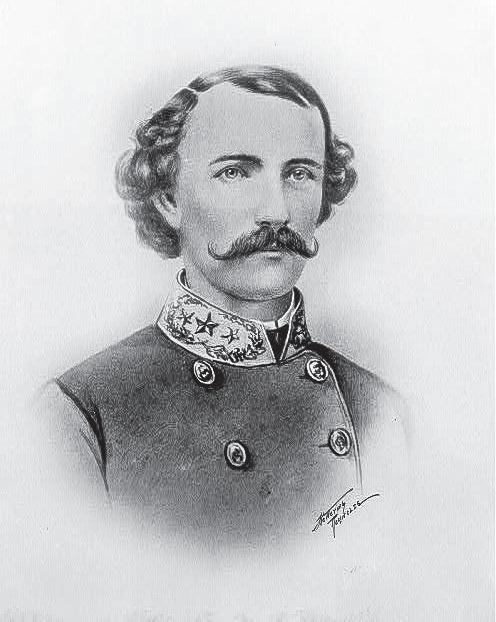
The 26th Iowa was in Thayer’s Iowa Brigade. They “crossed in double-quick time a narrow space of clear ground in their front and gained position in a belt of woods. . . Meeting with a terrible fire of musketry and artillery, these brave troops were checked.” Their national flag went down twice, and each time, it was raised again.14
Major-General Ulysses S. Grant, McClernand’s superior and commander of the Army of the Tennessee, was to reinforce Sherman in the attack on Vicksburg. Sherman waited in vain for Grant to show up, and McClernand brought word that Grant had abandoned his advance into Mississippi. His supply depot at Holly Springs had been destroyed and he was compelled to retreat to Memphis and would not be able to assist Sherman. In Grant’s absence, there was nothing to prevent McClernand from
Sherman’s Corps led the advance along the Arkansas River levee. When they reached the Rebel rifle pits on January 10, they spread out in battle lines facing the Confederate position, Sherman on the right and Brigadier General George W. Morgan’s Corps on the left. Both sides posted heavy lines of skirmishers in front.

At dawn, Union field guns opened fire and soon silenced the Confederate artillery. With almost all their artillery horses killed, the Confederates were unable to withdraw the guns. Colonel Lindsey opened an oblique fire on the Confederate rifle pits from across the river. General Morgan reported that “their fire was admirable; the enemy’s battle-flag was shot away and the trenches were filled with his dead.”12
After the fort’s guns seemed to be silenced, General Sherman ordered his men to attack. The troops all along the line began their advance. The Yankee lines moved forward at a double-quick time. The Confederate line opened with a volley of musketry and artillery that went over the Federal heads. However, the second volley was well-aimed and fell directly into the Union ranks.
Colonel Thomas K. Smith commanded the next brigade on the left that included the 55th Illinois. One of the 55th recalled “The entire front of the army in plain view of the rebels behind the works, was curtained with a cloud of skirmishers who . . . advanced against their fellow citizens . . . upon the other side. The ground gained from time to time under the hot fire was occupied by the skirmishers, when the main line advanced accordingly and lay down. This very well describes the character of the whole battle, . . . which consisted of a series of rushes.”15
To Sherman`s left was Morgan’s Corps. Brigadier General Stephen Gano Burbridge’s 1st Brigade of A. J. Smith’s Division, formed the right of Morgan’s line. The 83rd Ohio was one of Burbridge’s regiments. First-Sergeant Thomas B. Marshall, of the 83rd, said: “We moved forward and were ordered to lie down. We were now getting very close to the fort, and they began to hunt for us with their artillery. Balls came screeching through the woods, occasionally, the limbs falling in profusion.”16

About 2 a.m., January 11, Confederates manning the outer rifle pits were outflanked by Union cavalry and fell back to their inner line of rifle pits, on the left of Fort Hindman.9 The Southern engineers had
Colonel Wood ordered his men to lie down; he had some of his best marksmen crawl a little ahead and try to silence the defenders` artillery. They picked off the gunners and their horses. Federal fire on the Confederate rifle pits was so effective “that the Rebels did not dare to show their heads, and they just put their arms over and fired at random.”13
“General Smith and his staff rode to and fro, pistols in hand, to reline the troops, . . . and Oh! how he swore! (For artistic, and effective profanity, General A. J. Smith had no superior, and, coming from him, it never sounded wicked. His every word hit the nail on the head, while all the air was blue.) We soon reformed and moved forward in good order,
30 Civil War News December 2019
Arkansas Post, Currier & Ives.
George W. Morgan (Library of Congress)
Arkansas Post battle engraving.
General William T. Sherman
General Churchill (Confederate Veteran)
December 2019
going to the edge of the slashing and to the top of the little rise. The fort was now in plain sight and the bullets were singing their songs as they flew both ways. We dropped to the ground, loaded and fired as fast as we could, or when we could see something to shoot at—all the time edging toward the fort.”17
Fort Hindman was still not under direct attack by infantry. General Peter J. Osterhaus formed up the 120th Ohio “in double column and ordered it to assault the east face of the fort, but added to the fosse there was a natural ravine which rendered it impossible.” They held their advanced position, “for an hour within pistol-shot of the parapet.” When the fort was surrendered, they entered the fort, accompanied by the 16th Indiana and the 83rd Ohio.18
The Yankees were not making any serious attack on Colonel Robert R. Garland’s line. When Deshler requested reinforcements, Garland sent alternate companies of the 24th and 25th Texas Cavalry (Dismounted), and two companies of the 6th Texas Infantry to reinforce Deshler. This greatly thinned Garland’s line of course, but he still repulsed three separate attempts on his position. About 4 p.m., Colonel Dunnington asked for reinforcements, and even though his works were greatly weakened, he ordered another two companies of the 6th Texas to enter the fort.19
Four Union guns across the river, opened on the rear of Garland’s Brigade. Captain Foster, of the 24th Texas Cavalry (Dismounted) described what happened next: “The first shot from it passed directly over [the] flag of our Regt. The next one cuts the flag staff in two. The next one comes still lower and goes in the ditch and kills two men, knocking one clear over the breastworks—outside— The next one goes nearly in the same place in that company, killing one man and cutting off both legs of his brother.” Distraught,
the wounded brother put his pistol to his head and committed suicide.20
According to Colonel Garland, “The enemy’s gunboats and batteries had now complete command of our position, taking it on the right flank, front and rear, literally raking the entire position. It was at this particular crisis, about 4:30 o’clock P.M., that my attention was attracted by the cry of ‘Raise the white flag, by order of General Churchill; pass the order up the line.’ And on looking to the left, to my great astonishment, I saw a number of small white flags displayed.” All the evidence at the time indicated that the first white flag was raised by the 24th Texas Cavalry (Dismounted) and Colonel Garland would spend a good deal of fruitless time, after the battle, trying to have it investigated. Since the order passed up and down the line, “coupled with the name of the commanding officer, I was convinced . . . that the order must have originated from the proper source.” The troops in Garland’s Brigade ceased firing, and the Federals moved into their works.21
In Fort Hindman, they learned the fort had been surrendered when “a mounted officer galloped into the fort, and it was then discovered that white flags were flying over the breastworks near the center of the line. . . Someone started to lower the colors but a gallant old sailor . . . snatched up a musket and swore he would kill the man who attempted to pull down that flag. . . In a few minutes, however, . . . a shell struck the staff near the top, and the stars and bars . . . fluttered to the ground.”22
After the surrender, the defenders were rounded up and marched on board several transports. They thought they would be taken to Vicksburg and, from there, be properly exchanged. However, when they reached the Mississippi, the transports turned north instead of south. “Now what’s what—Vicksburg is down the river and we are going up the

Civil War News

river.” The prisoners then knew they were on their way to northern prisoner of war camps. The second day out “it commences to snow—it is very cold no fires no clothes no blankets.” It took twenty days to reach St. Louis, whereupon they were split up and taken to various prison camps in the North.
The casualties in the battle were high for the number of men engaged. The North suffered 1,061 casualties and the South 109 and an additional 4,791 men as prisoners. When the Union soldiers walked the battlefield the morning after the battle, they were amazed at the damage wrought by the heavy artillery. Major Miller of the 76th Ohio recounted: “In looking about the Rebel fortifications, we found that our fire had made sad havoc. The gun boats had badly crippled their fort and dismounted many of their heavy guns. The operations of the infantry seemed to be most effective in front of the 76th Regiment. Many Rebel dead lay strewn in the ditches, and around the battery that had delivered several deadly shots into our ranks, we found four or five dead horses and as many gunners, who were killed by our sharpshooters.”24 McClernand wanted to continue up the Arkansas River to attack Little Rock but Grant had a more important objective in mind: Vicksburg. It would be a long, grueling campaign but, eighteen months later, on July 4, 1863, Vicksburg would surrender.
Five days later, Port Hudson, La., which was besieged by Major General Nathaniel P. Banks, surrendered. Now, the Mississippi River could flow freely to the Gulf of Mexico.
Endnotes:
1. Committee of the Regiment, The Story of the Fifty-Fifty Regiment Illinois Volunteer Infantry in the Civil War (Clinton, W. J. Coulter, 1887): 198.
2. Anonymous, “Capt. John W. Dunnington,” Confederate Veteran Volume 4, 1896: 84; Brown, Norman D., Editor, One of Cleburne’s Command: The Civil War Reminiscences and Diary of Capt. Samuel T. Foster, Granbury’s Texas Brigade, CSA (Austin, University of Texas Press, 1980): 7; Tenney, W. J., The Military and Naval History of the Rebellion in the United States with Biographical Sketches of Deceased Officers (Mechanicsburg, Stackpole Books, 2003): 336.
3. Brown: 7.
4. Anonymous, “Gen. Thomas J. Churchill,” Confederate Veteran Volume 15, 1907: 122.
5. Brown: 11.
6. Sherman, General William T., Memoirs of General William T. Sherman (New York, Da Capo Press, 1984): 295; Greene, Francis Vinton, The Mississippi (Edison, Castle Books, 2002): 83.
7. Ibid
8. Collins, Lieut. R. M., Chapters
from the Unwritten History of the War Between the States: The Incidents in the Life of a Confederate Soldier in Camp, on the March, in the Great Battles, and in Prison (Widener, Southern Heritage Press): 66; Brown: 13.
9. Snea: 452; OR: 780.
10. Heartsill: 92.
11. Garland, Colonel Robert R., “Arkansas Post: Its Fall, January 11, 1863,” Southern Historical Society Papers Volume 22 1894:11; OR: 791.
12. OR: 723.
13. Ibid.: 78.
14. Ingersoll: 531.
15. Committee of the Regiment, 55th Illinois: 201-202.
16. Marshall, First-Sergeant Thomas B., History of the Eighty-Third Ohio Volunteer Infantry: The Greyhound Regiment (Cincinnati, The Eighty-Third Ohio Volunteer Infantry Association, 1912): 55.
17. Ibid.
18. OR: 724.
19. Ibid.: 12.
20. Brown: 19-20.
21. Garland: 12-13.
22. Oliphant: 737-738.
23. Ibid.: 23-24
24. Bennett: 80.
Robert L. Durham is a retiree from DLA, where he was a computer specialist installing communication systems for FMS countries. He is a longtime Civil War buff and has written numerous articles. He also is addicted to Old West and Napoleonic history.
31
Harpers Weekly newspaper illustration.
Richmond Chapel Was Dedicated to the Memory of the Confederate War Dead

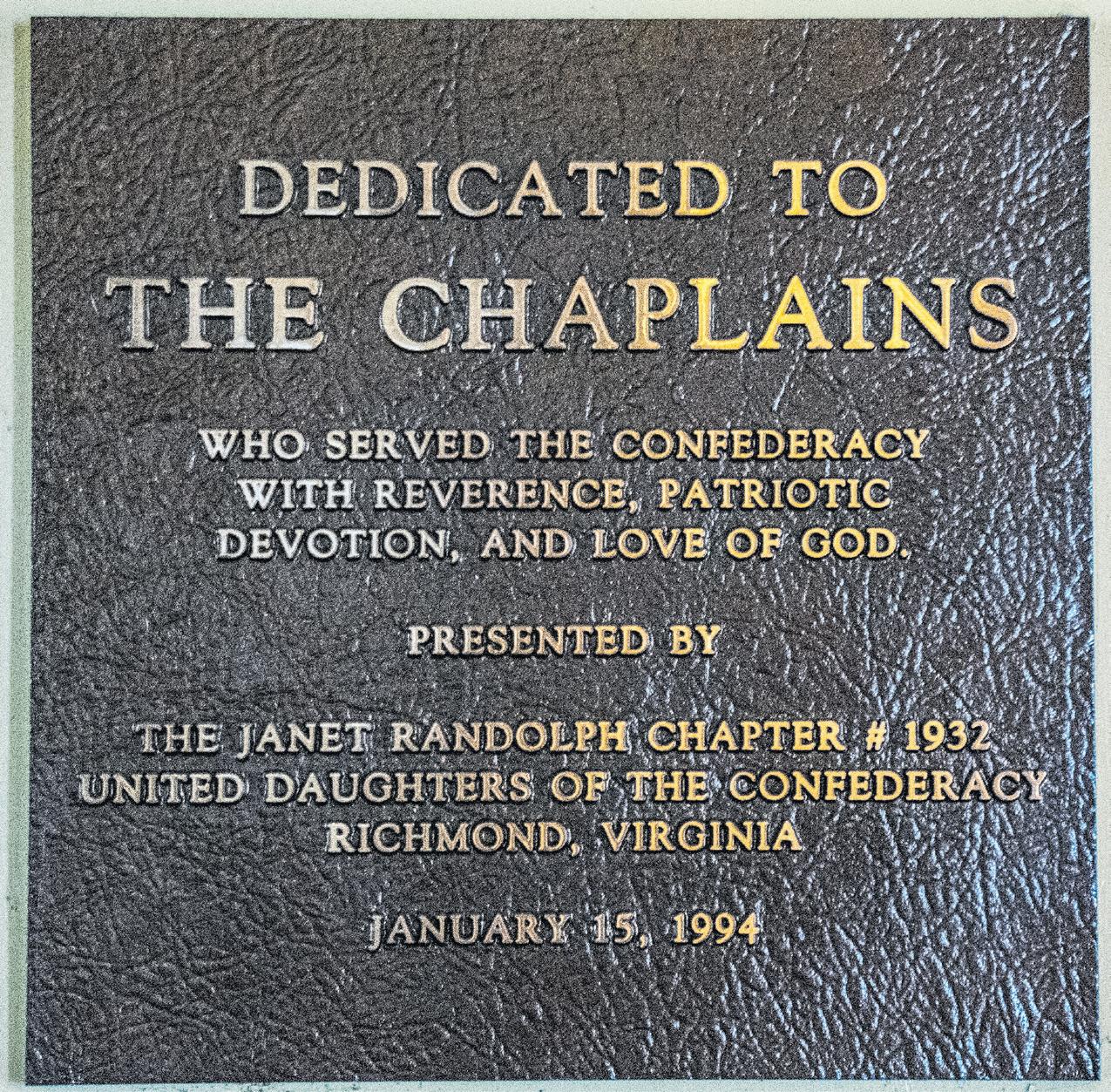 By Bob Ruegsegger
By Bob Ruegsegger
The Confederate Memorial Chapel near the intersection of Boulevard and Grove Avenue stands where it served indigent and disabled Confederate veterans for more than 50 years following the Civil War. The Carpenter-Gothic style structure designed by architect Marion Johnson Dimmock, a former Confederate officer, was dedicated to the memory of the 260,000 Confederate servicemen who died during the War Between the States on May 8, 1887. Originally, the chapel served the R.E. Lee Camp Confederate Soldiers’ Home
as a nondenominational house of worship. The Old Soldiers’ Home, as it was called, proved to be the country’s first effective and longest operating residential compound for impoverished and ailing Confederate veterans.


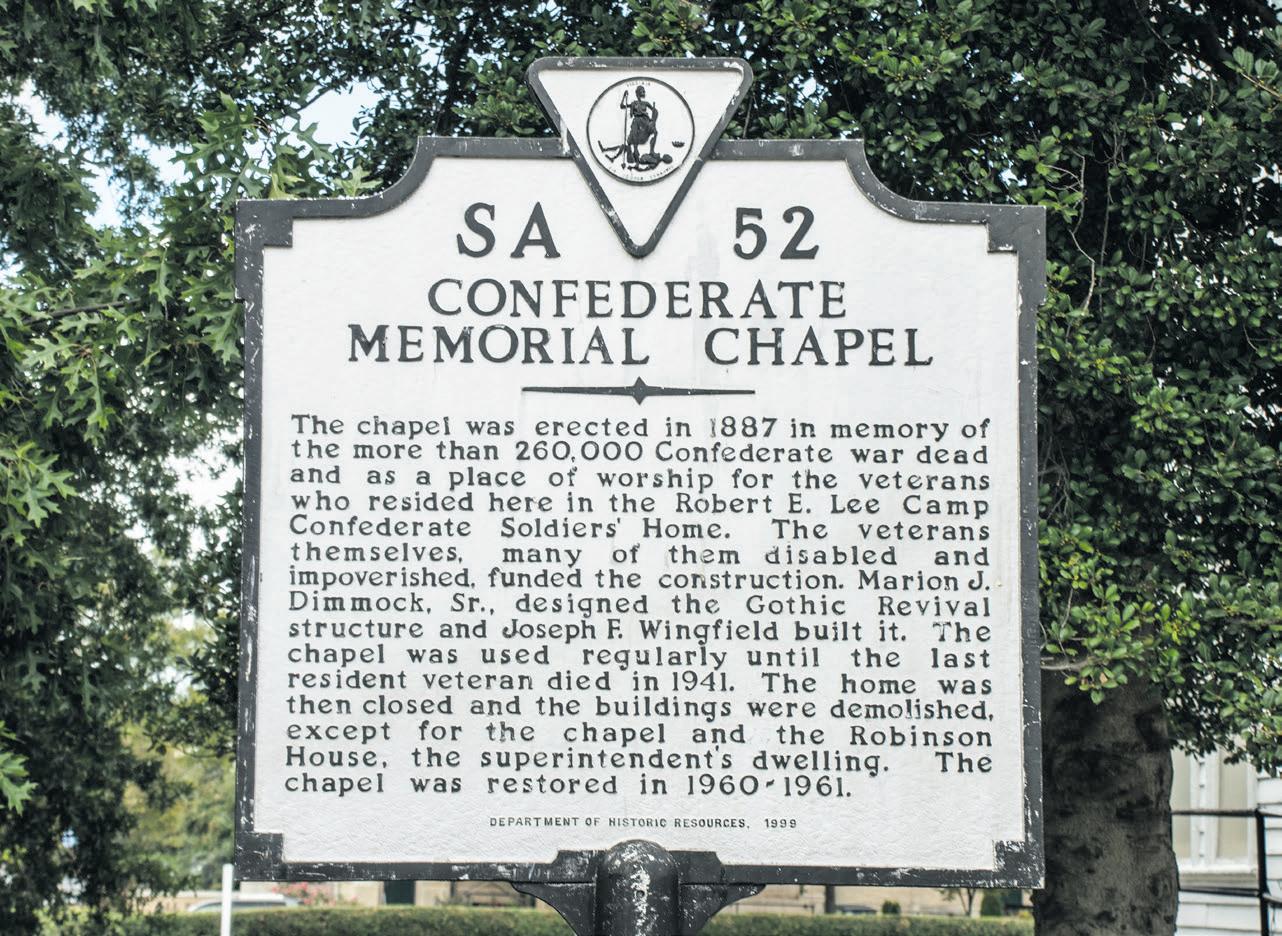
The veterans home successfully operated on the site from 1885 to 1941. When the facility’s occupancy was at its peak, it accommodated slightly more than three hundred residents. By the time it closed in 1941, the complex had served as home for almost 3,000 veterans from thirty-three states.
The Home for Disabled ExConfederate Soldiers provided shelter, food, medical care, and
clothing for the men. Admission was by application. There was a military regimen. Insane persons and habitual drunkards were not admitted under any circumstances, according to a statement on the application form. Using profane language, treating officers with disrespect, disorderly conduct, and refusing to comply with the orders of officers were among the grounds for discharge from the facility.
Veterans from the South and North donated funds to build the Soldiers’ Home. The grounds of the Soldiers’ Home grew to be a popular site for Blue and Gray reunions during the late 19th and early 20th centuries.
“People come for different reasons,” said Joe Mitchell, a Virginia Museum of Fine Arts associate. “Some come out of curiosity. Some come to experience what happened here,” he said. “We average between 25 and 30 visitors a day. It fluctuates.”
When the museum first acquired the chapel property, it leased the building to the Sons of Confederate Veterans and the United Daughters of the Confederacy, according to Joe Mitchell, “The Sons of Confederate Veterans ran this for many years until the museum decided to take it back.” “The Daughters of the Confederacy and the Sons of Confederate Veterans would hold events on special occasions like Lee’s birthday,” he said. “They’d have ceremonies here and stuff like that.”
Gray - Maroon
32 Civil War News December 2019
Built in the Carpenter-Gothic
Chapel Historic Marker SA52 - This Virginia Historic Highway marker is located at the chapel site on Grove Avenue.
Joe Mitchell is an associate of the Virginia Museum of Fine Arts and a native of Richmond.
Chaplains served in large numbers during the Civil War.
M a k e c h e c k p a y a b l e t o D r a g o n R i d g e , L L C Mail to: 17018 Waterfall Road, Haymarket, VA 20169 For Credit Card - call 703-472-8400 *Price includes shipping Beautiful
-
High Quality 100% Silk - Made in U S A $65* each or $60* each for two or more
Confederate Memorial Chapel served as a nondenominational place of worship for the R.E. Lee Camp, No. 1 Confederate Soldiers’ Home from 1885 until 1941. (Photos by Bob Ruegsegger)
Confederate Ties Black
form, the wood-framed chapel exemplifies an economic building style common during the 1880’s. It added pointed arches, steep gables, fancy scrollwork, and towers to long-established American light-frame construction.
Originally, the chapel’s design called for 13 stained-glass windows. Each of the former Confederate states was, according to the plan, to donate a window. After the war, the states, economically devastated by the war, could not afford to provide the funds for the stained-glass windows. “The only stainedglass windows you see now were donated by families and friends of someone except for the two windows up there [behind the altar],” said Mitchell. “They raised money for those. People up North gave money also. That’s the reason they put the Union shield on those windows,” he said. “They used to have reunions here. The Confederate veterans and Union veterans would come down, and they’d have reunions and all get together.”
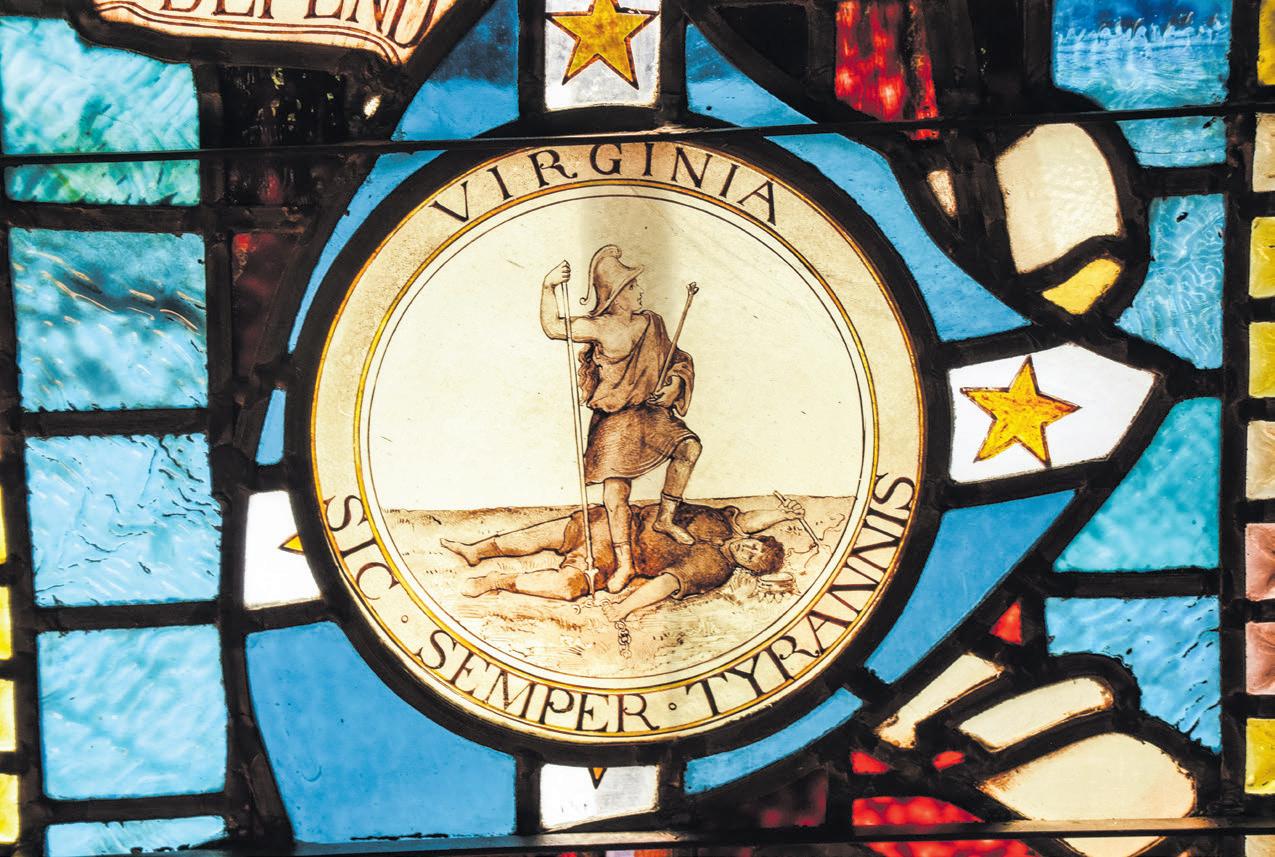
The stained-glass windows, some incorporating Confederate battle flags, memorialize individual soldiers or units. Four windows were fabricated by Belcher Mosaic Company in Irvington, N.J.

The Confederate Memorial Chapel is capped with a belfry that includes the original bell cast in Philadelphia at the Lewis Debozear Foundry in 1848.
Inside the chapel, rows of hand-hewn pews face an elevated chancel equipped with Gothicrevival furnishings including chairs, lectern, and pulpit. Three soaring arches bearing bold, gilded inscriptions frame the opening
to the chancel. The inscription on the center archway declares: “This Chapel is Dedicated to the Memory of the Confederate Dead.”
“It’s pretty well maintained. It could be better, but it’s pretty well maintained,” said Mitchell. “In 1961 they did some rehabilitation. They did some roof work and stuff like that. Basically, everything in here is original,” he noted. “They thought about putting air-conditioning in it, but they didn’t want to disturb the flooring and anything historical.”
A model diorama inside the church illustrates what the Soldiers’ Home complex with the residences, outbuildings, and chapel looked like when it served the veterans after the war. Of the buildings that existed to provide for the old soldiers, only the chapel and the Robinson house have survived.
“I think there’s a whole lot of, and this is my opinion not the museum’s, distortion about the Civil War,” offered Mitchell, a Richmond native. “Unfortunately, the history has been distorted, and people don’t understand what it was all about,” he said. “I think this [chapel] gives people an idea of what did happen after the war.”
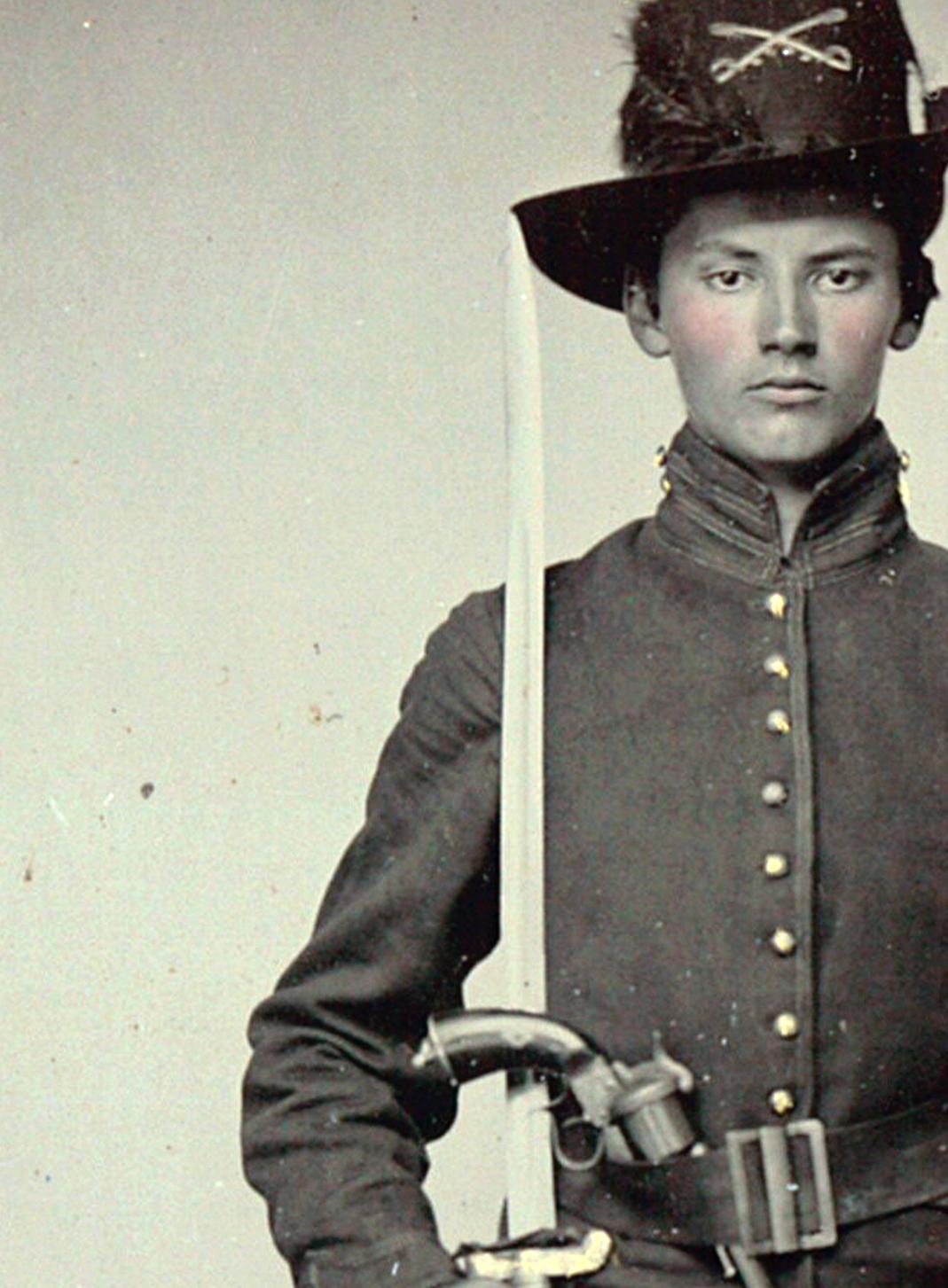
Confederate Memorial Chapel offers visitors a sense of what was going on in Richmond and soldiers’ homes across the country more than two decades after the Civil War and following the official end of Reconstruction.
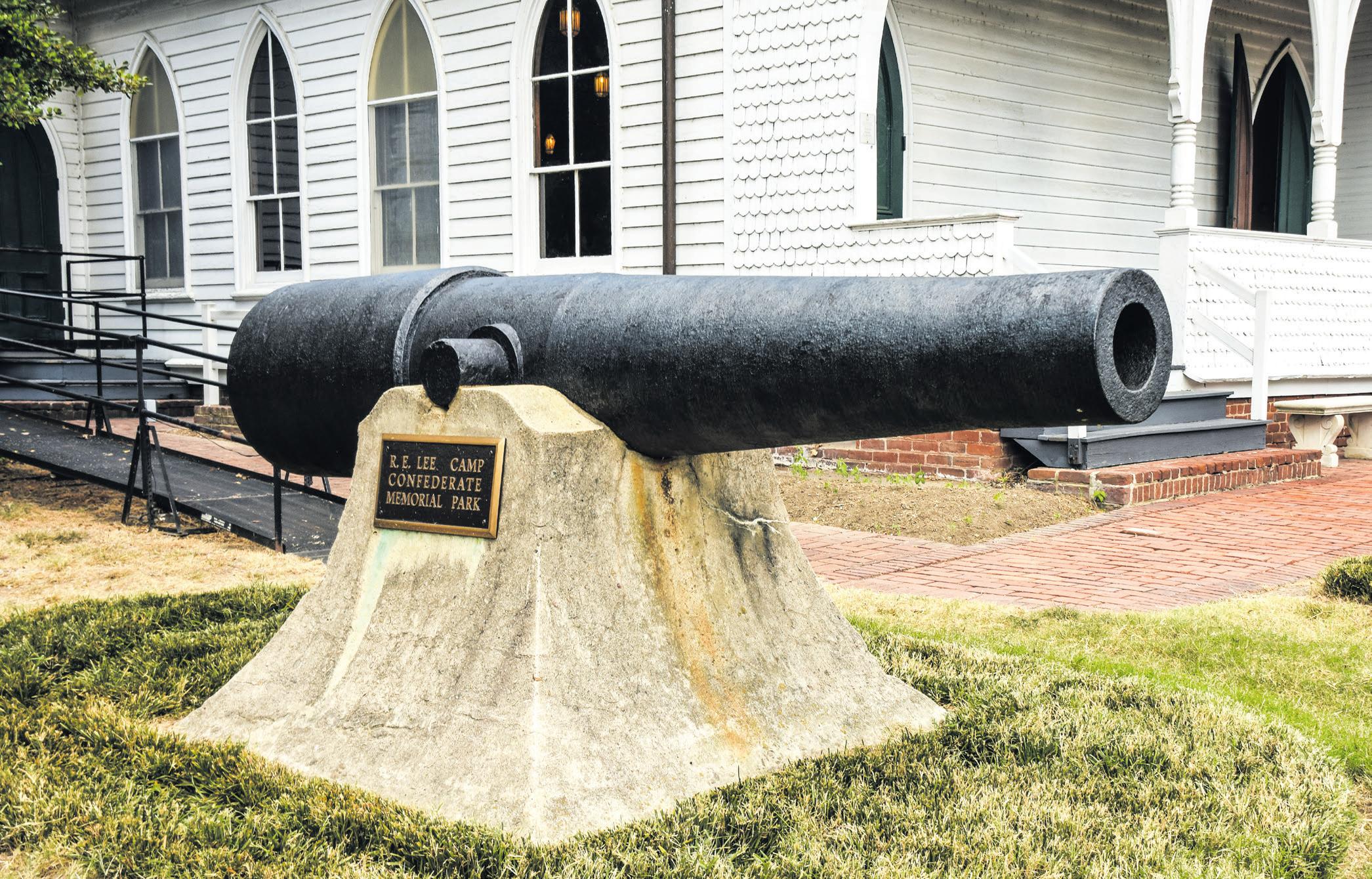
America, North and South, was still grieving for the 620,000
soldiers who were died during the war. Surviving veterans were treated with dignity and respect. Tangible assistance was afforded to soldiers who lacked the financial means to provide for themselves. Blue-Gray reunions marked the beginning of a national reconciliation.
It was here in this quaint, white-clapboard chapel on the corner of Grove and Boulevard in Richmond, Va., that veterans who had once been bitter enemies assembled, prayed, and looked toward the future together. It was here in this modest chapel that men who had participated in man’s inhumanity to man for four years on the battlefield hoped to bring themselves some semblance of inner peace before stepping across life’s tenuous threshold into eternity.
Note: Confederate Memorial Chapel is open daily from 10 a.m. until 4 p.m. There is no admission charge. It is located at 2900 Grove Avenue in Richmond, VA 23221.
Bob Ruegsegger is an American by birth and a Virginian. His assignments frequently take him to historic sites throughout Virginia, the Mid-Atlantic, and the Southeast. His favorite haunts include sites within Virginia’s Historic Triangle—Jamestown, Yorktown, and Williamsburg. Bob served briefly in the U.S. Navy. He is a retired educator and has been an active newspaper journalist for the last twenty years.
33 December 2019
News
Civil War
R.E. Lee Camp Monument – This cannon was cast at the West Point Foundry in the 1850’s, banded and rifled by the Confederates with a 7-inch bore. This gun was used in the defense of Fort Sumter, then relocated to the chapel grounds.
Stained glass windows with Union shields are located in the back of the chapel’s chancel. Union veterans donated funds to the chapel and the Soldiers’ Home as a gesture of reconciliation.
Sic Semper Tyrannis was adopted as Virginia’s motto in 1861. This Latin phrase means: “Thus Always to Tyrants.”
MI Military Images magazine MilitaryImagesMagazine.com | Facebook.com/MilitaryImages Since 1979, MI has been America’s only publication dedicated to historic photographs of soldiers and sailors. By check payable to: Military Images PO Box 50171 Arlington, VA 22205 Online: MilitaryImagesMagazine.com SUBSCRIBE NOW 4 quarterly issues, $24.95 Want to try before you subscribe? Visit MI’s website to sign up for a 2 issue trial.
TRIAL ISSUES
Behind the Scenes at Shenandoah 1864
By Joseph Bordonaro
Most reenactors don’t think too much about how a reenactment is put together. They pay their registration and show up at the event site and expect water, sanitary facilities, firewood, and straw to be available and located in convenient spots. A quote from Dick Watters, who was heavily involved in the 2009-2015 cycle of 150th year commemorative reenactments headed by Chris Anders and his Rear Ranks Productions team, sums this attitude up:
“When Mike Scheibe and I organized the last Cross Keys event I had to laugh when a friend who was helping on a work day before hand turned and said “you mean you decide where the porta-Johns go? Never thought about it, they are always just there.” This point is made, not to disparage reenactors, but to provide the rationale for the following article, which does not focus on a reenactment so much as the work that went into the production of it, in order to provide some recognition to those people who work tirelessly to provide their fellow reenactors with quality reenactments to attend.
Rear Rank Productions is an all volunteer group of people who are dedicated to providing the public, and reenactors, with a “history-heavy” reenactment experience. Led by S. Chris Anders, the team includes Mike Lavis, Laurel Scott, Ted Brennan, Doug Dobbs, and Bill Watson. Rear Rank Productions have put on over 30 historical presentations since 1998. These presentations have included: Fire on the Mountain, 2001; Morton’s Ford, 2001; Burkittsville 1862, 2001; Drayton’s Brigade at 140th Antietam, 2002; War on the James, 2003; Loudoun Heights, 2003; To the Gates of Washington, 140th Monocacy Reenactment, 2004; Summer of 1862 - Jackson in the Valley, 2007; October
1862, 2007; At High Tide –145th Gettysburg, 2008; Hope’s Campaign Tactical, 2009; Return to Manassas, 2nd Manassas, 2010; Along the Potomac – The 150th Anniversary of Ball’s Bluff, 2011; 150th McDowell, 2012; 150th Lee Takes Command – Seven Days Campaign, 2012; 150th Maryland Campaign – Maryland, My Maryland, 2012; 150th Campaign Before Richmond, 2014, 155th On to Richmond, Seven Days, 2017, Shenandoah 1864, 2019. To date, RRP has raised over $600,000 to support battlefield preservation and interpretation.
This is certainly an impressive list of reenactments, and as those of us who have attended any of them can attest, they include many of the finest reenactments that have been presented during that time. The amount of money raised for battlefield preservation and interpretation is also impressive.
The following information was provided by S. Chris Anders in response to a series of questions that I sent him:
The goals of the reenactment were to provide the public with a historically correct view of the turbulent days in the Shenandoah Valley in the fall of 1864, while giving all participants a “magic window to the past,” and also generating preservation dollars to preserve our Civil War battlefields.

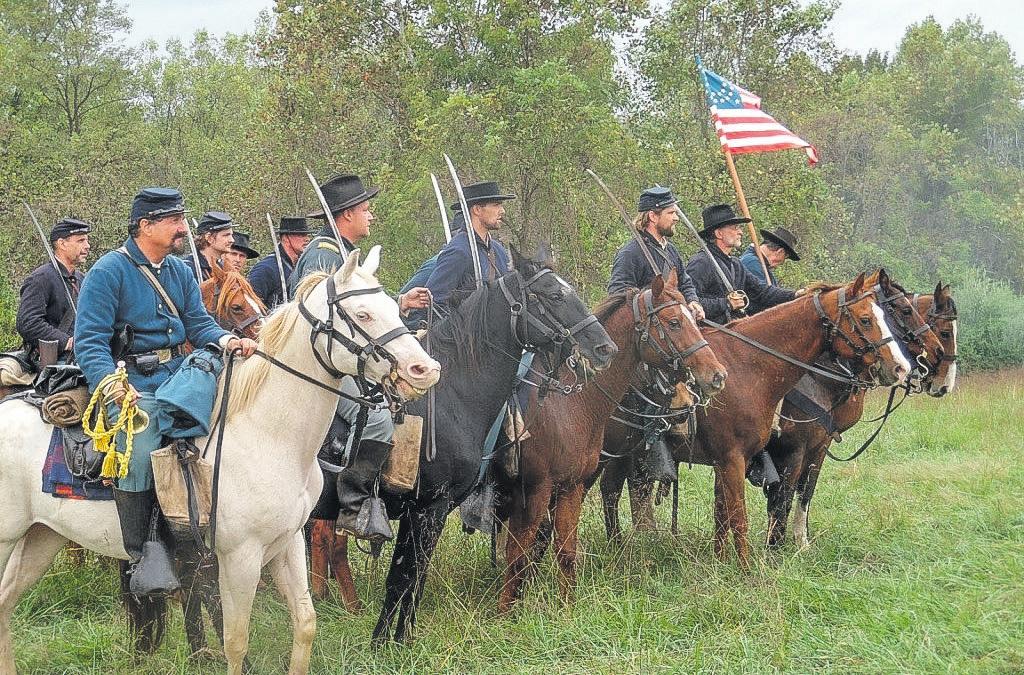

As for the landowner, he wants RRP to come back and use his property again. We are looking at 2021 and possibly a Manassas event as the 160th anniversary cycle begins. Planning for the event began about 18 months prior to the event dates of October 4-6, 2019. Months were spent looking for a new event site; the land belonged to the current property owner of a farm in Anders’ hometown of Lovettsville, Va. The property owner has been working
to turn his farm into a venue to host various events. Once a contract was negotiated and the rental fee set, off we went.
The land always dictates the scenarios. You cannot just plop a scenario on a site. Rear Rank Productions knew that they wanted to do a Fall 1864 Valley Campaign event but were not sure which specific scenarios would be selected. After the land was secured, the team spent weeks looking over topo maps and the original sites to find a fit. Two battles were selected to reenact. On Saturday, the Third Battle of Winchester was depicted. On Sunday, the action at Fisher’s Hill was highlighted. There was also a tactical battle (non-scripted encounter between the opposing forces, not viewed by the public) on Saturday morning.
After securing the land, providing plenty of safe water to drink is probably next in importance. Lining up the water supply entailed making a lot of phone calls and cobbling together different suppliers. The National Guard no longer supports such events, so all water on site was obtained through commercial vendorsthree in fact. Many water companies used to have smaller 2,000 gallon tankers, but not anymore. Now you have to obtain at least 4,500 gallon tanks, and multiple ones to provide water at various locations. It is not cheap.
The health and safety of the participants and spectators was provided for by the presence of local volunteer EMS on site and RRP’s own internal security team.
Also important for the health and safety of participants and spectators is the provision of portable toilets; some 52 were provided for the event and were kept clean throughout the weekend.

The number of participants had to be capped, based on what the land could handle easily, and still provide for adequate space for the reenactors to maneuver.
From what Anders’ has been told by the public, the Shenandoah Valley Battlefield Foundation, and the participants, the goals of Rear Rank Productions for the reenactment were met. About $ 5,000 was raised for the Shenandoah Valley Battlefield Foundation. Participant (total registration was about 1,340) and sutler fees covered all expenses except a small amount that RRP, LLC paid. Having put on many events, RRP always sets aside the fees the public pays to view the reenactment to go directly to preservation. They were very,
very close to breaking even on the event, and RRP considers that a win. Having lost thousands on Maryland My Maryland, RRP considers a small loss a big win. Putting on RRP events is a labor of love. The hobby has been good to the members of Rear Rank Productions for many years, and this is their way of paying it back. They look forward to many more years of providing high quality events.
Putting on a reenactment is a combination of hard work and acceptance of financial risk. As volunteer Doug Dobbs explains, “Chris (Anders) did the heavy lifting, arranging for commodities like wood to be delivered, county permits to be signed, insurance, etc. All are dependent
on an outdoor event that can be a bust if the heavens open or the temps drop. It’s a tremendous risk, which sometimes goes well and sometimes doesn’t. This event we were very blessed that things went very smoothly.”
Other members of the RRP team also provided information about their involvement in the event. Laurel Scott was the Civilian Coordinator at Shenndoah ‘64. At many events, civilian participation is a bit of an afterthought. A place to camp is provided and that is about it. RRP events make much more of an effort to integrate civilians in an active role. The planning involved in this was described by Laurel: “Our camp was not terribly large, but even as civilians,
34 Civil War News December 2019
Shen ‘64. Confederates retreating. (Tiffany Umbaugh)
Shen 64. Federal cavalry preparing to advance. (Stevens D. Bunker)
Shen ‘64. Volunteer Doug Dobbs (wearing hat) and local water company workers set up a water tank. (S. Chris Anders)
Shen 64. Federals attacking uphill. (Lillie Dodson Marshall)
the lay of the land dictated what we could and couldn’t do. The first task was figuring out how to set up our tents in a narrow hollow to allow for troop and cavalry movements through the center of “the town of Berryville.” We had two built-in scenarios with troops or cavalry coming through our town. It was nice to be able to give our civilians advance notice about these so we could plan for various types of reactions/interactions. We also discussed having a field hospital scenario, but I encouraged our civilians to do their own research and develop their own scenarios, ideally including military interaction. I provided basics about the history of the town, the battles, and the ground upon which we’d be working; our civilians took it from there. A highlight of the reenactor-generated scenarios was the visit from Federal sharpshooters who were foraging for food. Both foragers and townspeople enjoyed this immensely, and a few lessons in bargaining were learned.
One of my greatest worries at “Shenandoah 1864” was also one of my greatest joys. When I realized we’d have three mothers and babies in camp, I sought to put them together so they could help each other. They set up a shared fly that worked well for all. Keeping the babies safe was my priority, since during one battle, the town was scheduled to be overrun by cavalry, and we’d have limited space within which to retreat. Loose horses are always a concern, and a pair of mules that were new to reenactments also had me worried. But after the walk-through, I located a good spot in the woods, and the retreat to safety proceeded without incident.”

Volunteer staff member Doug Dobbs describes his special area of concern at the event: “My area of support began when the water tanks arrived. We sterilized them and plumbed them up for manifolds that could deliver a lot of
water quickly if so needed. Folks seem to have appreciated this feature. There are always unforeseen challenges however. I drove from Penn. down to Marshall, Va., just to eyeball the two 4,500 gallon water trucks and make sure I had the right fittings on hand. I did, but when the trucks got on site and I could take their quick connect fittings off, it turned out one had a 3” female threaded fitting, the other had a 3” male threaded fitting. These kinds of things make for fast dashes to the nearest hardware store and require some creativity when they may not have the right parts in stock.
I ended up buying 16’ of 3” pipe because they didn’t have a male to male connector. They did have two male to straight pipe connectors. So we cut off 6” of pipe and made up our own male to male connector. That sort of thing can add stress to the preparations, but it’s to be expected.
Once the event got underway Chris turned control of the event over to me and Bill Watson. It was our job to handle event management duties so that Chris could focus on the military scenarios and command of the CS forces. This worked superbly well at “Maryland, My Maryland” and we were able to repeat that success at Shenandoah 1864. Bill deserves great honor for his quiet and thorough attention to the basic needs of the event, from registration to wood delivery to dispute resolution. He was a huge asset to the success of the weekend.”
Volunteer staff member Bill Watson describes an example of the sort of problem that can become a big problem at an event, if not addressed quickly: “There were so many portajohns that there was no need for honeywagons during the 36 or 40 hours of the event; but toilet paper started running low. Easy fix, run to a supermarket and get a bunch and make the rounds. I mean, a lot of us have shirts missing tails
because we found out, a little bit late, that there was no paper. And shirts are getting expensive.
At this point, a quotation from 1st Brigade Commander (Confederate) Dick Watters would seem to be in order: “William Watson, thank you and Doug Dobbs once again for all of the tireless work you did to make the event a success. You’re both heroes in my book.” – Dick Watters

Mike Lavis was the overall Federal Commander at the event and describes some challenges he faced and overcame: “Before early May I was pretty much handling everything from the Fed end as usual. But I didn’t get to have the detailed discussions and
site visits that Chris and I normally undertook while we planned out the battles. Some of that was because several Fed organizations that had initially said they were coming, ended up as noshows, at least as battalion-sized commands. That forced us to dramatically change the scenarios, from what we hoped to achieve; not the quality of them, but instead, how much we can put into the different fights, so this one did not develop as they normally do. It might be noted also that both Chris and I began the planning with several new staff members to break in with our systems. Happily, everyone who came on board got on the same page as us, and were a great help to making
the event work. As we move forward, it should get smoother.”
Joe Bordonaro is a USAF veteran (1973–1977), Glassboro State College graduate (1980), Catholic school teacher (St. Joseph’s ProCathedral, 1983–1988), and retired public school teacher (Mullica Township School, 1988–2009). He has been involved with Civil War reenacting/living history since 1999. Joe began submitting articles to the Civil War News in 2005 and has been covering events for the News on a regular basis since 2016. Joe lives in Mount Laurel, NJ, and has been married to his wife Karen for 29 years. If you wish to contact Joe, you may send an email to joe1861@gmail.com.
By Jack W. Melton Jr.
"Through Jack’s superb photography; the collector and professional can now view an extensive exposure to sectioned projectiles. This is new for the average person in that for the first time since radiography; one can examine the internal makeup of a shell."


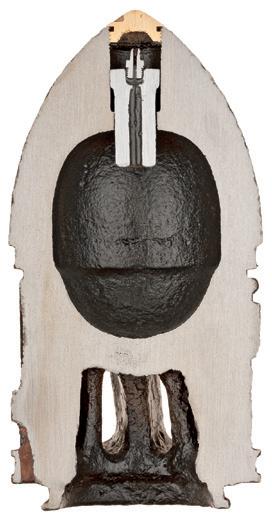

CWO4 John D. Bartleson Jr., U.S. Navy EOD
Author of Civil War Explosive Ordnance 1861–1865


flame’scommunicationchannel.Theblackpowderburstingchargewaspouredinloosearoundthebullets.Thismethoddid notworkverywellandoftenonlysucceededinblowingthefusesout.Projectilesfilledwithbulletsusedascaseshotarerare. Thisspecimenwasrecovered,alongwithotherConfederateandUnionprojectiles,fromthepost-CivilWardumpsitelocated neartheConfederatePowderWorksinAugusta,Georgia.
Inthisexample,riflebulletswereutilizedasthecaseshotmaterialincluding3-ring.58caliberbullets,3-ring.69caliberbul lets,andU.S.ring-tailSharpsbullets.IthasabrassBormannsupportplug(underplug)thatiscountersunkonbothsidesof


• 392 pages of full color photographs with descriptions
• Covers projectiles, fuses, canister, grapeshot and more • 850 photos, drawings, radiographs, patents and maps
35 December 2019 Civil War News Hidden Evidence A Look Inside Civil War Artillery Projectiles ChapterThree –SphericalHalfShells 74
the
Diameter: 3.58inches Bore Diameter: 3.67inches Gun: 6-pounderSmoothbore Weight:5.2poundsConstruction: Case shot FusingSystem:Time,Bormann FusingMaterial: Leadandtinalloy Fuse Thread Diameter: 1.65 inches Fuse Hole Length:.75inch Sabot: Cup Sabot Material: Wood Wall Thickness: .31inch Matrix Material: None Case Shot Material: Lead Case Shot Diameter: Variedcalibers Bormannfuse Brass supportplug Sharpsring tailbullet Horseshoe powdertrain Confederate 6-Pounder SphericalCaseShot Theexpedienttriedbytheconfederatesinimitationof ourprojectiles,(andoccasionalusedbyourownmen,) mixingmusketbulletswiththeburstingchargeof smallshells, wasentirelyfutilefromwantof weightinthebullets. –GeneralHenryL.Abbot Civil War Artillery Projectiles – The Half Shell Book Federal 3.8-Inch James Type I Shell Diameter: 3.72 inches Bore Diameter: 3.80 Gun: 14-pounder James Rifle Length inches Weight: 10.0 pounds Construction: Fusing System: Percussion, James Fusing Material: Thread Diameter: .90 inch Length: inches Sabot: Ring or band, lead (missing) Sabot Height-Width: 2.62 Thickness: inch Matrix Material: N/A Shot N/A chargeBursting cavity Anvil cap Zinc plunger Iron nipple Fuse powder Ring base The James percussion fuse consists of bronze anvil cap with zinc plunger fitted with a nipple. Both are smaller diameter than James percussion fuse on the previous page. This sub-pattern is commonly called tie-ring James due the visible ring extending below base of the projectile body. The visible small notches, located in the raised portion the projectile’s ribbed body, were developed in an attempt to improve chances of the lead sabot remaining attached to the projectile body during firing. This pattern James projectile is less common than the flat based James projectile. James percussion
must
enthusiast
A
for every serious artillery
Purchase Online at www.ArtillerymanMagazine.com or fill out this form and mail to the address below. Copies will be mailed starting Nov. 1st, 2018 Name: Mailing Address: City: State: Zip Code: Phone: Email: ☐ Standard Edition $89.95 + $8 shipping* = $97.95 ☐ Deluxe Edition $125.00 + $8 shipping* = $133.00 (100 limited edition copies) *Shipping via USPS Media Mail. USA Only. International orders email for shipping quote. If you wish to have the author inscribe the book beyond signing and dating it (on the title page) please indicate your preferred text below: Custom Text: U.S. Dollars Only Check or Certified Funds Check# Make checks payable to: Historical Publications LLC ☐ Discover ☐ Mastercard ☐ Visa Card#: Exp. Date: Security Code: Name on Card: Billing Address: City: State: Zip Code: Signature: Historical Publications LLC 520 Folly Road, Suite 25 PMB 379, Charleston, SC 29412 800-777-1862 • mail@artillerymanmagazine.com
Left to right: Meg Shadick, Susanna Kocher Vaughan and Jessica Darnell with their babies Rosie Shadick, Erik Vaughn and Ana Babcock. (Todd Harrington)
Order by Dec. 10th and receive it by Dec. 23rd. Order by Dec. 10th and receive it by Dec. 23rd.
LOT1195-Very Scarce Documented Historic Civil War
Berdan Sharpshooters Sharps New Model 1859 Rifle with Double Set Triggers and Bayonet.
SOLD: $25,875

This is an example of a Sharps New Model 1859 rifle that was manufactured in 1862 as part of a 2,000-gun contract to arm the 1st and 2nd United States Sharpshooter Regiments (Berdan’s Sharpshooters). The rifle has the distinctive combination of double set triggers and front sight stud for angular socket bayonet that are found on all of the 2,000 M1859 rifles ordered by the Ordnance Department on January 27 and February 6, 1862, at the request of Colonel Hiram Berdan for issue to the U.S. Sharpshooter Regiments. Most of the documented Berdan Sharps rifles are found in the 54,374-57,574 serial number range. This rifle, serial number 54,478, is listed on page 98 of SHARPSHOOTER by Wiley Sword as one of 47 Model 1859 Sharps rifles identified by Sword in the correct serial number range with double set triggers and angular bayonet mount. Approximately 180 of the Sharps rifles purchased for Berdan’s Sharpshooters were issued to the famous 42nd Pennsylvania Infantry (Bucktails) in August 1862 and were used by that hard-fighting regiment throughout the Civil War.
LOT1201-Historic and Well Documented Framed Eleven Star Confederate First National Flag with ‘Artillery’ on the White Bar. SOLD: $63,250
A most interesting First National flag bearing eleven stars and the word “Artillery” on the white bar. This flag has been in a prominent collection but so far has defied attempts at its identification. There are not many Confederate First National artillery flags in existence to date, which will certainly add to the value of this banner. The First National Flag: After the secession of the first seven states, which became independent republics, they met in Montgomery, Alabama in February 1861 to form a new nation, the Confederate States of America.

LOT3027-Fine Civil War Production New Haven Arms Company Henry Lever Action Rifle. SOLD: $46,000


This Henry lever action rifle was manufactured by the New Haven Arms Co., early in 1864. The serial number of this rifle, 4115, is very close to the serial numbers of two Henry rifles (4140 and 4178) listed in The Historic Henry Rifle by Wiley Sword as being inscribed to members of the 7th Illinois Veteran Volunteer Infantry. The 7th Illinois was armed primarily with privately purchased Henry rifles in 1864. This rifle has the typical features found on early 1864 production rifles which include: (1) second style receiver which lacks a rear sight dove-tail, (2) nickel-silver square back rear sight, (3) large-diameter magazine follower and beveled follower cut in the receiver, (4) first style brass buttplate with rounded heel, (5) sling swivel on the left side of the stock and screwmounted loop for a sling hook on the left side of the barrel and (6) second style New Haven Arms legend with all serif characters.

LOT1193-Phenomenal, Finest Known, Second Year Production Martially Inspected U.S. Contract Civil War Colt Model 1860 Army Revolver with FourScrew Frame and Bullet Mold. SOLD: $184,000
This extraordinary U.S. contract Colt Model 1860 Army revolver was manufactured in 1861 and is the benchmark example for approximately 129,000 Model 1860’s purchased by the U.S. government as the primary handgun issued to the Federal cavalry from 1860–1863. This Model 1860 Army revolver has the four-screw frame with shoulder stock cut-outs. The butt is notched for a shoulder stock. Standard markings and features, including matching serial numbers throughout. The Ordnance inspector’s final inspection mark “ADK” (Andrew D. King) in an oval is stamped on the lower left side of the grip. “S” or “K” Ordnance subinspection marks are stamped on the right side of the barrel lug, top of the cylinder and trigger guard on the grip strap. Excellent plus. 98% plus overall finish exhibiting slight collector type surface scratches overall. The original factory “feathered” polishing marks on the sides of the barrel lug are clearly visible. The cylinder has at least 97% of the blue finish and retains 100% of the roll-engraved battle scene and crisp markings.
LOT1200-Extremely Rare Civil War Confederate John Clark & Co. of New Orleans Pattern Bronze 12-Pound Field Howitzer with Carriage. SOLD: $287,500
This gun is similar to the U.S. Model 1841, 12-pounder howitzer. 12-pounders of varying designs were the most widely used smoothbore artillery pieces used during the Civil War and were made both within the U.S. and C.S.A. and imported from abroad. In Field Artillery Weapons of the Civil War by Hazlett, Olmstead, and Parks, the authors note that John Clark field howitzers could be easily misidentified as Model 1841s and note that six others have been located, and only one has identifying markings (“JOHN CLARK./MAKER./N.O.” at Shiloh).
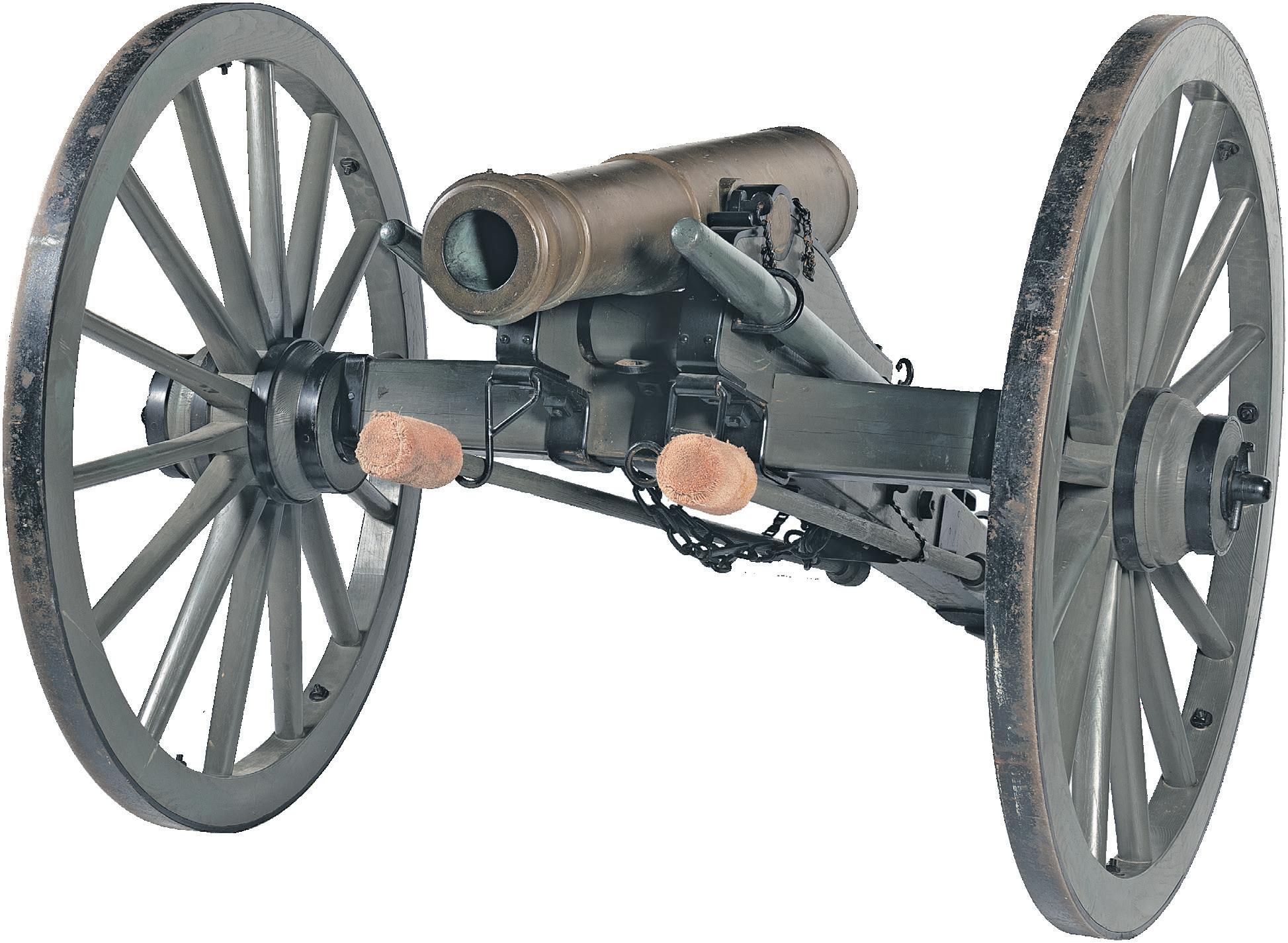
36 Civil War News December 2019
Highlights from the Rock Island Auction Company’s Sept. 6-8, 2019 Premier Auction
Highlights From Recent Auctions



Poulin’s October 18-21, 2019 Firearm Auction generated nearly $5.5 Million in sales for Their consignors - Their largest to date! Below are some highlights from the sale






$23,500
$23,500 Sold $23,500
37 December 2019 Civil War News
Sold
Sold $41,125 Sold
Lot 3378: Magnificent Cased Presentation Sword of Gettysburg Hero General Alpheus Williams (est. $20,000 - 30,000)
$41,710
$36,425
Sold
Lot 3492: Unique 1864 Patent Model For The Rare Civil War 6 Tube Blakeslee Cartridge Box (Est. $3,000-5,000)
$7,635
Sold
Lot 3258: Fine Hand Sewn Civil War Era 13 Star Flag (Est. $3,000-5,000)
$38,185
Lot 3315: Confederate Bilharz Muzzleloading Carbine (Est. $15,000-20,000)
Lot 3322: Rare & “As Found” Confederate Keen-Walker Brass Frame Breech Loading Percussion Carbine (Est. $20,000-30,000)
Sold
Sold
Lot 3305: 2nd Model Brass Frame Confederate Morse Breech Loading Carbine Made In Greenville, SC (Est. $15,000-20,000)
Lot 3316: Fine Cook & Brother Athens Georgia Confederate Percussion Carbine (Est. $20,000-25,000)
Sold
Lot 3295: Rare Leech & Rigdon Confederate Revolver (Est. $15,000-18,000)
$41,125
Rigdon & Ansley Confederate Revolver Carried By Captain Luther M. Clements, Co. F, 41st Alabama (Est. $25,000-35,000)
Forrest Fight Continues in Memphis
MEMPHIS, Tenn.—The legal clash over the Forrest Equestrian Statue in Memphis stretches on, as the Sons of Confederate Veterans and the Forrest Family Descendants jointly battle in court against the City of Memphis and their nonprofit company, Memphis Greenspace. In August
2019, the N.B. Forrest Camp 215 SCV filed an appeal to the Tennessee Supreme Court over the illegal taking of the Forrest Statue and two other statues from Memphis parks in December 2017. Likewise, the Forrest Family¸ the five great-greatgrandsons of Nathan Bedford Forrest, has filed a suit in Shelby
County Chancery Court over a multitude of issues and crimes that they say were committed by the City and Greenspace in the same illegal removal of the statues. The Forrest monument itself raises unique issues in that the statue is the headstone of the graves of General N.B. Forrest and his wife MaryAnn Montgomery Forrest, who are entombed beneath the pedestal of the monument. This fact makes the statue a headstone under common law and Tennessee law.
The Forrest Camp and the Forrest Family note several errors in the lower court ruling that the sale of the parks was legal, countering
that the sales were not legal, and in particular, point out that the lower court never ruled on the cemetery issue.
In 2017, on Wednesday, December 20, the City of Memphis sold two $30-million public parks to a newly organized nonprofit, Memphis Greenspace, Inc., for $1,000 each. This nonprofit organization was led by an elected official, Shelby County Commissioner and attorney Van Turner, who that night brought in cranes to remove Confederate statues of General Nathan Bedford Forrest, President Jefferson Davis, and Captain J. Harvey Mathes, along with other
historical markers referring to the War Between the States.
The Memphis City Council unanimously approved these actions, which were signed into action by Mayor Jim Strickland. This ruling was explicitly made to circumvent the October 13, 2017, ruling by the Tennessee Historical Commission that forbade the city of Memphis from removing the Confederate statues from the parks deemed as public property. Thus, the city made a sale to Memphis Greenspace, turning the public property to private for a total sales price of $2,000 for both parks, bypassing state law.
The Sons of Confederate Veterans then sued the city of Memphis and Memphis Greenspace for violation of the Tennessee Historic Preservation Act. The SCV lost in chancery court and then again in the Tennessee Court of Appeals. As the Forrest Camp and Family pointed out in the appeal to the state Supreme Court the Forrest Monument/headstone is covered by Family Burial Law and the Tennessee Cemetery Act, both of which prohibit the removal of a headstone. Desecration of a gravesite is a felony under state law. The lower courts ignored these statutes. In addition, the city mayor signed the land sale deeds on December 15, 2017, five days before the city council met to authorize a sale—thus violating the city charter and making the sale invalid as ultra vires.
Memphis Greenspace claims that the statues are currently

stored and
The
an


Civil War News Makes a Great Gift It’s Affordable, Readable, Portable, Quotable, Shareable, Clippable and Recyclable Just open and browse - in print or digital Give monthly news, photos, columns, ads, book reviews, news briefs and more Call to order a gift subscription before Dec. 16 and we will mail a paper 1st class at no additional charge. Digital only subscriptions acknowledged too. 800-777-1862 • www.CivilWarNews.com 38 Civil War News December 2019
Base of Forrest monument after removal of statue.
protected in
undisclosed secure warehouse.
Forrest Camp SCV and Forrest Family are suing for the return of the statues to their rightful and legal place. As yet, no court date has been set in either matter.
Civil War News book reviews provide our readers with timely analysis of the latest and most significant Civil War research and scholarship. Contact Stephen Davis, Civil War News Book Review Editor. Email: BookReviews@CivilWarNews.com.

The Definitive Work on an Iconic American Arm
Sharps Firearms: The Percussion Era, 1848–1865. Bibliography, endnotes, index, 439 pp., 2019. Northwood Heritage Press. $100 hardcover.

Reviewed by Joe Bilby
The Laws of “Civilized” Warfare at Work
The Calculus of Violence: How Americans Fought the Civil War. By Aaron SheehanDean. Notes, illustrations, index, 465 pp., 2018. Harvard University Press, www.hup.harvard.edu. $35 hardcover.

Reviewed by Stephen Davis
At first glance, Sharps Firearms: The Percussion Era, 1848–1865 resembles what used to be called a “coffee table” book, back in the days when people who treasured books would often place large attractive illustrated volumes on their living room coffee tables for guests to peruse while they were waiting for the percolator to perk.
Although abundantly illustrated with outstanding photographs and artwork, this book is, however, much more than a “coffee table” volume. It is, in fact, a definitive scholarly work on the subject by Roy Marcot, Edward W. Marron Jr. and Ron Paxton, with vital assistance by the late Joe Poyer, all noted firearms history specialists. The authors had over a dozen experts in various historical areas review the manuscript before publication to assure that the work met the most rigorous standards of scholarship.
This book, one of a proposed four-volume series on Sharps firearms, has been endorsed by the American Society of Arms Collectors as “a definitive work on the history of this iconic American arm of the 19th Century” and the Sharps Collectors Association as “the new and definitive standard of Sharps firearms research, reference and history.” The American Society of Arms Collectors saw the work as such an important and essential volume that it provided the authors with a publication grant.
Beginning with photographs of Christian Sharps’ original patent model, the authors, using invaluable primary sources, proceed to provide what is indeed the definitive account to date, and most likely forever, of the iconic American breechloader. Every percussion version of the Sharps is covered in incredible detail, with text and illustrations, from the original patent model of the gun through the 1849 and 1850 sporting rifles and the 1851 military carbine to the 1863 New Model carbines and rifles.
The authors provide a separate narrative for each percussion variant, from conception to production and use in the field, and each chapter has abundant endnotes for further reference. It is not often that I can declare a publication the last word on a historic subject, but Sharps Firearms: The Percussion Era, 1848–1865 certainly merits that designation. It is and will remain the “go to” book on the Sharps from its inception through the Civil War era and belongs on the bookshelf of any collector or historian of the era. I cannot recommend it highly enough.
Joe Bilby writes the regular “Black Powder White Smoke” page for Civil War News.
the war, chief among them: 1) Confederates’ acceptance of guerrilla warfare in Unionoccupied territory or areas of divided loyalties; and 2) Northern emancipation policy and use of African American soldiers. There was another factor, though, one that I find the most interesting: how the two sides characterized their own war efforts and principles, and how they characterized the enemy. Opinion leaders on both sides— politicians, ministers, editors— cast their causes as righteous, castigated their enemies as savage barbarians, and viewed themselves as noble victims. “On both sides,” the author asserts, “people espoused a greater sense of moral virtue as the war progressed.” Another way of looking at it (and here again I’m borrowing from
McPherson’s writing), each side saw itself as fighting for a vision of American values—they just defined those values differently. Back in 1991, Ted Turner’s film Gettysburg had a marketing slogan: “Same land, same God, different dreams.” You could add to that, same mode of justifying war.
Stephen Davis’ new book, 100 Significant Civil War Photographs—Atlanta Campaign, features the work of George Barnard (1819–1902). Since its publication this past July, Steve has spoken on Barnard at the Lincoln-Davis Civil War Round Table at Chicago and the Houston Civil War Round Table. He’ll also be discussing Barnardiana this coming spring at the Kentucky Civil War Round Table in Lexington.
Civil War Artillery Book
Most authorities today accept the figure of 750,000 American soldiers who died in the Civil War, based on J. David Hacker’s seminal article in Civil War History, 2011. Many similarly accept James M. McPherson’s estimate of 50,000 war-related civilian deaths (Battle Cry of Freedom, 1988).
Yet the American Civil War could have been a lot deadlier, as Aaron Sheehan-Dean argues in his new, thought-stirring study, The Calculus of Violence: How Americans Fought the Civil War. One of his most enlightening points is to place our conflict in global context. Twenty million people died in China’s Taiping Rebellion of 1850–64; Mexico’s Caste War of the Yucatan killed 35 percent of the area’s population. Instead, if you posit the 1860 U.S. population as 31 ½ million, the war-related death toll of 800,000 places American mortality, 1861–1865, at less than 3%—far less harsh, by international context.
This comparatively lower death toll resulted, as Professor Sheehan-Dean elaborates, from both North and South agreeing to fight a war restrained by accepted international norms—indeed, the laws of “civilized” warfare. This meant treating captured enemy soldiers as prisoners of war (and not hanging them), not warring against hostile civilians and (with some notable exceptions) respecting their property.
As we know, lethal violence sprang out of control, according to the author, due to several unforeseeable developments during
New 392 page, full-color book, Civil War Artillery Projectiles –The Half Shell Book. For more information and how to order visit the website www. ArtillerymanMagazine.com or call 800-777-1862.
$89.95 + $8 media mail for the standard edition.

39 December 2019 Civil
News
War
Subscribe online at CivilWarNews.com
e Artilleryman is a quarterly magazine founded in 1979 for enthusiasts who collect and shoot cannons and mortars primarily from the Revolutionary War, Civil War to World War II. Now expanded and fully illustrated in rich color throughout the entire magazine. 520 Folly Road, Suite 25 PMB 379, Charleston, SC 29412 • 800-777-1862 • mail@artillerymanmagazine.com www.ArtillerymanMagazine.com The Artilleryman Magazine FOUR INCREDIBLE ISSUES A YEAR
A Superb Contribution to the Literature
Faces of Union Soldiers at Antietam. By Joseph Stahl and Matthew Borders. Annotations, bibliography, illustrations, maps, 192 pp., 2019. The History Press, www.historypress.com. $21.99 paperback.

Reviewed by John Foskett
An Old Wrong Righted
that nothing new can be learned, this book should cause you to reconsider. Using Stahl’s extensive collection of carte de visite photographs purchased by Union soldiers, the authors have turned out a reasonably-priced book which any student of Antietam will want.
Certified Antietam Battlefield Guides Joseph Stahl and Matthew Borders have found a creative way to publish fresh material on a topic which has been thoroughly covered by others. If you think that you’ve read enough about the battle of Antietam such
“History is the greatest teacher you will ever have,” James I. “Bud” Robertson Jr. often told his students. If history is the greatest teacher, many of them might have argued, then he was the second greatest.
Robertson, Alumni Distinguished Professor Emeritus of History at Virginia Tech, died on Nov. 2 after a long illness. He was 89 years old.
Robertson used vivid stories to bring the American Civil War to life not just for generations of Virginia Tech students, but also for millions across the world through his award-winning books, frequent television appearances, popular radio essays, and passionate advocacy of history.
Dr. Bud, as he liked to be called, grew up poor near the train tracks in Danville, Virginia, with dreams of becoming a railroad engineer. Yet when he asked for a railroad job at the age of 17, the yardmaster, who knew him well, told him to go to college first. The rest is literally history.
Robertson went on to earn a bachelor’s in history from Randolph-Macon College and a master’s degree and doctorate, also in history, from Emory
Stahl and Borders have selected these artifacts for thirty-six Union soldiers who served in the battle of September 17, 1862. None are familiar figures. Thirtyfive served in infantry regiments and one in a field artillery battery. The book is cleverly organized in six chapters, each focusing on a geographic sector in a generally north-to-south sequence: the Cornfield, the East Woods, the West Woods, the Sunken Road, Burnside’s Bridge, and the Final Attack. Although Union General George McClellan’s plan was for simultaneous coordinated attacks, that plan fell apart and the result is that the authors’ geographic sequence also neatly fits the battle’s chronology.
Six soldiers are selected for each chapter. Each chapter begins with a brief description of the action on that part of the field, accompanied by an excellent map prepared by Bradley Gottfried
University.
During the 100th anniversary of the Civil War, President John F. Kennedy asked Robertson to serve as executive director of the United States Civil War Centennial Commission. At the time, the committee was foundering under the pressure of both the emerging civil rights movement and regional differences. Robertson used his diplomatic talents to shepherd 34 state and 100 local centennial committees into organizing a successful and dignified commemoration.
During his 44 years at the university, he taught more than 25,000 Virginia Tech students. In several instances, he ended up teaching three generations of the same families.
“Dr. Robertson was a remarkable person who shared his life and gifts with so many,” said Virginia Tech President Tim Sands. “His service to the nation, the commonwealth, his profession, and the Virginia Tech community is unparalleled. We are incredibly fortunate to have had the great benefit of his talents for so many years. May we carry Dr. Robertson’s passion for discovery and spirit of service forward in his honor.”
and used in his Maps of Antietam book. Each soldier’s carte de visite is then published (front and back). The text contains a brief history of his unit and its origins; its actions in the battle; a brief biography of the soldier and, if known, his specific experiences at Antietam; as well as, finally, a highly detailed analysis of his uniform and accoutrements depicted in the photograph, including deductions as to when it was taken if the date is unknown.
The book concludes with an appendix that contains the battle report of each represented unit in the Official Records if one was prepared. The authors have made extensive use of published and archival primary sources for their research and the annotations in the endnotes are comprehensive. They also furnish brief summaries of the campaign both before and after the battle.
This book is a superb contribution to the literature on Antietam. Its unique approach makes it a nice supplement to the growing number of works covering the battle. The geographic sequence, with its coincident chronology, gives the text a narrative quality which might otherwise be absent. As noted, none of these soldiers are familiar faces. That said, a few subsequently attained brevet ranks of brigadier general or major general. One was mortally wounded at the battle, dying in November 1862. The soldiers’ subsequent experiences in the war displayed heroism, in a few instances questionable conduct, and in some cases the all-too-frequent debilitation or death due to disease. The soldiers shown are from thirteen New York units; seven Massachusetts units; four each from Pennsylvania, Connecticut, and New Hampshire; two from Ohio; and one each from Rhode Island and Maryland.
The authors and the publisher should be credited with a nice achievement here. If there is a way to calculate “value per page,” this book is in a top ranking. It is strongly recommended for anyone with an interest in the battle of Antietam.

John Foskett is a practicing attorney in Boston with a life-long interest in the Civil War. He is descended from Isaac Foskett, who served for three years in the Engineer Battalion with the Army of the Potomac. In addition to numerous reviews of books covering a variety of Civil War topics, he has done Civil War Roundtable presentations on the subject of Civil War field artillery tactics.
Sweet Taste of Liberty: A True Story of Slavery and Restitution in America.

By W.
Illustrations, index, notes, 340 pp., 2019. Oxford University Press, www.oup.com/ us. $27.95 hardcover.
Caleb McDaniel.
Reviewed by Wayne L. Wolf
Reconstruction America. He clearly details the story of her abductor Zebulon Ward’s rise to multimillion dollar entrepreneur through slave trading, running the South’s contract prison systems and thoroughbred horse racing. Thus he creates a vivid contrast between the struggles of free blacks in the Civil War era, as well as with Redeemers in Reconstruction America, and the ease with which white Southerners relied on State Rights and scant federal intervention to rebuild a society where skin color still determined social acceptance and reward.
The genesis of this book started as an interview by reporter Lafcadio Hearn writing for the Ripley Bee newspaper. He interviewed Henrietta Wood in 1876 about her experience as a former slave, free resident of Ohio, and then again a slave in Kentucky, Mississippi and Texas. What is unique about this slave narrative is the lawsuit seeking damages from Zebulon Ward, the man she held responsible for kidnapping and selling her. After years of legal maneuvering, Henrietta was awarded $2,500 for her wages during her second captivity—the largest restitution ever won by a former slave for an illegal abduction. This princely sum allowed Henrietta and her son to move to Chicago, buy a home, and send her son to law school.
W. Caleb McDaniel’s well-researched and annotated story of Henrietta’s life goes beyond the typical narrative of a slave’s experience. Within her story, he weaves several connected themes that place her story in the context of the social and cultural milieu of both antebellum and
Finally, the author recognizes the inability to confirm many details in Henrietta’s slave narrative due to the paucity of public records as well as the enforced silence of both slave owners and the judicial system. Newspaper accounts sensationalized slave narratives to satisfy readers’ desire for lurid details and frequently could not authenticate names, dates or experiences. They simply added “fake news” where appropriate to sell their papers. Yet in today’s society, where the topic of racism is raised almost daily, Henrietta’s story of her extraordinary tenacity in the face of legal and social roadblocks remains a standard by which society’s quest for equality can be measured.
McDaniel’s narrative is a well-written story, superbly annotated to sources objective in their presentation of disputable facts and memories. It is notable for raising historical issues still unresolved today. For the historian, the book’s price of $27.95 in cloth is well worthwhile. Moreover, the story raises substantial avenues for further research.
Wayne L. Wolf is Professor Emeritus at South Suburban College and the author of numerous Civil War texts and articles. His current research involves discovering and publishing previously unknown solders’ letters which highlight the experiences of the common soldier.
40 Civil War News December 2019
In Memoriam: James I. “Bud” Robertson Jr.
British Blockade Running for Adventure and Profits —Until it Wasn’t
British Blockade Runners in the American Civil War. By Joseph McKenna. Maps, photos, correspondence, notes, bibliography, index, 217 pp., 2019. McFarland & Company, Inc., www.mcfarlandpub.com. $49.95 softcover.

Reviewed by Joan Wenner, J.D.


loans floated, shipbuilding, and transshipments of a truly staggering amount of essential supplies for the Confederacy. The game was on for profits, and prizes.



The book is loaded with interesting facts. For example, the steamer Fingal, carrying 5,000 Enfield rifles and armed with two 4-½ inch rifled guns and two steel boat guns, became the first ship to run the blockade. Unlike the tons of vessels to follow, it flew the British flag. Within a week of the blockade’s proclamation, two other British ships evaded capture and sailed unimpeded into Charleston.
This British author of five books captures not only the Confederacy’s relationship with Britain, but also the time when Lincoln proclaimed a blockade of the Southern ports. Union Navy Secretary Gideon Welles had advocated a “federal mandate,” simply closing Southern ports on the theory that a country could not blockade itself. A “blockade” would be bound up by legal definitions and terms under the 1856 Treaty of Paris.



Lord Lyons, Britain’s minister to Washington, pondered the effect of his country acknowledging “the Southern Confederacy as a de facto sovereign state.” This implied the possible conferring of power to raise foreign loans and purchase supplies from neutral nations. While clarifications were initially sought of its validity, “the president had declared a blockade, therefore there was a blockade, even though there was a shortage of ships to maintain it.”
In McKenna’s work readers are given a fascinating and in-depth look into the world of Britain’s political and power brokers, their contracts and contractors, and their “relationships” with the Confederacy. Also considered is the importance of the cotton trade, along with the smart and daring seafarers aboard the hundreds of blockade-running ships. As confusion at first reigned across the Atlantic, it soon became clear that great profits could be made by innovative accounting, large dollar
Among lords and leaders, shipbuilders and shippers, bankers and businessmen of note, agents congregating in Liverpool and elsewhere, there was delicate and not-so delicate maneuvering. A key participant was the Confederate Navy’s man in Europe, James Dunwoody Bulloch. Born near Savannah, he became a USN midshipman at age 16, but like numerous others he resigned and returned to the South. Ordered to Europe, he processed an astonishing number of production orders for the Confederacy. Read all about him.
Lastly, McKenna devotes a full fifty pages to the ships that ran the blockade—names and descriptive details that make for interesting reading. Altogether this indicates the sheer magnitude of blockade runners’ efforts to arrive at the major Southern ports with their precious cargo.
British Blockade Runners reads like a nine-chapter adventure novel with spies, surveillance and skullduggery. Of course, the main story involves daring exploits of the blockading and the blockade-running ship captains—but it’s true. The author’s information is gleaned from many sources, including the U.S. Official Records, British national and regional newspaper reports, the British National Archives and various books. Indeed, even the Chapter Notes make for an illuminating read, whatever one’s side may be in the conflict.
Joan Wenner, J.D. is a longtime contributor to Civil War News and has been published in numerous history publications. Presently residing in once-blockaded eastern North Carolina, her special interests are naval operations and military courts of inquiry. Contact her at joan_writer@yahoo.com

41 December 2019 Civil War News
OF INTEREST CIVIL WAR BOOKS
OF TENNESSEE STEPHEN D. COX $68 APOSTLE OF THE LOST CAUSE CHRISTOPHER C. MOORE $50 DECISIONS AT GIFTS FOR THE CIVIL WAR ENTHUSIAST IN YOUR LIFE WILDERNESSDECISIONSATTHE COURTSPOTSYLVANIAAND HOUSE
ALSO
CIVIL WAR FLAGS
“Co. Aytch”
Look at the cover of this paperback (price 95 cents!) and you’ll know just how long I’ve been reading Sam Watkins’ famous memoir, “Co. Aytch.”
Private Watkins saw the elephant at Shiloh, followed Bragg to Perryville, and was slightly wounded at Murfreesboro. He suffered through the rout at Missionary Ridge. He was wounded at Atlanta, and in Hood’s tragic raid into Tennessee again at Nashville. True to the colors, he surrendered with Joe Johnston in North Carolina.

Watkins’ memoir, Co. “Aytch,” Maury Grays, First Tennessee Regiment, or, a Side Show of the Big Show, was published by a Nashville house in 1882, two decades before the veteran’s death. By my count it has been reprinted seven times: in 1900; in 1952 by McCowat-Mercer (edited by Bell Wiley); in 1962 (my paperback edition); in 1982 by Bob Younger’s Morningside; in 1987 and 1990 by Tom Broadfoot; and again in 2007.

Whew!
we would hear a discharge of musketry, and knew that some poor, trembling wretch had bid farewell to mortal things here below. It seemed to be but a question of time with all of us as to when we too would be shot. We were afraid to chirp. So far now as patriotism was concerned, we had forgotten all about that, and did not now so much love our country as we feared Bragg.
Cheat Mountain
of a battle.
Watkins’ pluck and wit are evident in this passage:
The histories of the Lost Cause are all written out by “big bugs,” generals and renowned historians, and like the fellow who called a turtle a “cooter,” being told that no such word as cooter was in Webster’s dictionary, remarked that he had as much right to make a dictionary as Mr. Webster or any other man; so have I to write a history.
Brigadier to the Fall of Atlanta: John Bell Hood (544 pages, $35 hardcover). In this work, the first of two volumes, John Bell Hood’s rise in rank is chronicled. In three years, 1861–1864, Hood rose from lieutenant to full general in the Confederate army. Davis emphasizes Hood’s fatal flaw: ambition. He constantly sought promotion, even after he had found his highest level of competence as division commander in Robert E. Lee’s army. As corps commander in the Army of Tennessee, his performance was good, but no better. Promoted to succeed Joseph E. Johnston in July 1864, Hood did his utmost to defend Atlanta against Sherman. In this effort he failed.


Davis’ second volume, John Bell Hood: Into Tennessee and Failure, is planned for publication by Mercer late next year.

Almost half a century ago, I would take my high school American history students on a Saturday morning trip to Kennesaw Mountain National Battlefield Park. The film that the Visitor Center showed back then featured a narrator quoting Watkins: “a solid line of blazing fire right from the muzzles of the Yankee guns being poured right into our very faces.”
Yup—I’ve been reading Watkins’ words that long.
Samuel Rush Watkins was born on June 26, 1839 near Columbia, Tenn. He attended college there and was twenty-one when the war broke out. Just weeks after Sumter he volunteered to join a local company, the Maury Grays, that became Company H of the 1st Tennessee.

I like very much Dr. Wiley’s introduction (1952) to the memoir, in which he likens “Co. Aytch” to other memorable memoirs, Carlton McCarthy’s Detailed Minutiae (1882) and Josh Billings’ Hard Tack and Coffee (1887): “No memoir by a Rebel participant is richer in intimate detail of common soldier life than this engaging story told by Private Sam R. Watkins of the First Tennessee.”
I’ll offer only a few handfuls of “intimate detail” from Watkins’ work, as subtitled by the author himself.
The Court-Martial at Tupelo
At this place was held the grand court-martial. Almost every day
After the fighting was over, where, O where, was all the fine rigging heretofore on our officers? They could not be seen. Corporals, sergeants, lieutenants, captains, all had torn all the fine lace off their clothing. I asked several of them why they had torn off the insignia of their rank, and they always answered, “Humph, you think that I was going to be a target for the Yankees to shoot at?” You see, this was our first battle, and the officers had not found out that minnies as well as cannonballs were blind; that they had no eyes and could not see. They thought that the balls would hunt for them and not hurt the privates. I always shot at privates. It was they that did the shooting and killing, and if I could kill or wound a private, why, my chances were so much the better.
Shiloh
I do not pretend to tell of what command distinguished itself; of heroes; of blood and wounds; of shrieks and groans; of brilliant charges; of cannon captured, etc. I was but a private soldier, and if I happened to look to see if I could find out anything, “Eyes right, guide center,” was the order.
“Close up, guide right, halt, forward, right oblique, left oblique, halt, forward, guide center, eyes right, dress up promptly in the rear, steady, double quick, charge bayonets, fire at will,” is about all that a private soldier ever knows
And so he did.
Stephen Davis’ next book, released December 2019 by Mercer University Press, is Texas
42 Civil War News December 2019
Private Samuel Rush Watkins
“Co. Aytch” paperback.
A recent addition Co. “Aytch”
Sam Watkins’ headstone in Zion Presbyterian Church Cemetery in Zion, Tenn.
Bodies and the Civil War
The Scars We Carve: Bodies and Wounds in Civil War Print Culture. By Allison M. Johnson. 28 halftones, 216 pp., 2019. Louisiana State University Press, lsupress.org. $45 cloth.
Reviewed by Salvatore Cilella
the emotionally disturbing news rushed to families back home awaiting word of loved ones on the battlefield. The misinformation listing a fallen family member with the same name or, worse yet, reported dead and later showing up very much alive, was emotionally devastating.
Johnson’s slim volume is only four chapters long. In the first, and longest chapter, she writes convincingly of the feminine/ maternal symbolism of the icon Columbia or Lady Liberty. The author argues that the media raised the image of Columbia, interjecting the “maternal feminine” for both sides of the struggle. Similarly, in the second chapter, she argues that the media were responsible for the elevation of the slave and freedman from victim to full manhood and citizenship. Their bodily wounds and deaths were markers to a higher social standing.
a tidy summation but one that remains elusive.
The book is an important addition to our understanding of how human beings suffered at the hands of other human beings and the long-lasting effects of battle wounds on those who are both directly and indirectly involved. The author has done a masterful job in assiduously mining the myriad resources. She has balanced the evidence of the written word, particularly poetry, with periodicals’ illustrations. I wish that her editor had taken a firmer hand in translating the material from a Ph.D. dissertation into a more accessible read. Occasional lapses into “extreme academese” detract from the otherwise cogent narrative.
Other than these academic lapses, this book offers a creative insight into a relatively obscure subject.
d. Robert E. Lee.
e. William T. Sherman.
f. Philip H. Sheridan.
g. Thomas J. Jackson.
h. John B. Hood.
i. John H. Morgan.
j. Leonidas Polk.
“These forms, crushed and torn out of all human semblance, are our brothers…the scars we carve and with steel or burn with powder across shuddering land, are scars on the dear face of the Motherland we love.” (Anon.)
Alexander Gardner may have introduced war’s ugly but truthful record of untold carnage never before seen by the public, but as Allison Johnson argues, the American print culture kept it front and center. Johnson takes on what she calls “the canonical” writers and histories of the war, insisting that the periodicals and print matter of mid-19th century America tell a more complete story—in Walt Whitman’s words, the parts of the war that he thought would never get “into the books.”
We rarely think of periodicals such as Harper’s Weekly, Frank Leslie’s Illustrated News, Southern Punch, and The Southern Literary Messenger as purveyors of the physical aspects of the war. But Johnson has mined the weeklies and smaller local papers for evidence that wounds suffered on the field were almost as injurious as the reporting and the recording of those wounds. She cites several documented cases, where family members, reading the casualty lists in the local paper, experienced actual physical distress. Perusing wartime newspapers became a regular ritual. Absence of one’s name on the list meant another week or month of worry from “not knowing.” It was no better, of course, when the list included a loved one. New technology, the telegraph, heightened
In chapter three, Johnson highlights William Oland Bourne, news editor, philanthropist, and hospital volunteer. In 1865 and 1866, Bourne sponsored a contest called the “Left Arm Corps.” He challenged all maimed Union veterans who lost their right arms in battle to enroll in a penmanship contest using their left arm. The contest aimed to not only instill a renewed sense of usefulness to the maimed soldier, but pride in their badge of honor (their lost limb) which helped save the Union. Their work produced prodigious amounts of poetry and some decent prose. As author Johnson states, Bourne’s contests “testify to survival and loss, successful adaptation and painful readjustment.”
Her last chapter deals with the carriers of news—newspapers, periodicals and the telegraph— and her title says it all: “Spirit Wounds and Invisible Bullets.”
Johnson argues that much of “Civil War literature is female” and that news accounts were primarily consumed by women, there-by making them the recipients of “invisible bullets” and “spirit wounds.” Johnson does not mention that not every man, North or South, fought during the war; more so in the North than in the Confederacy. Therefore, some men remained home and grief was not the sole province of women. The author contends that the “wounded” women were counterpoints to Columbia and Lady Liberty and that purveyors of news from the front blurred the “line between public and private.” She argues that the analogy comes around, full circle. It’s
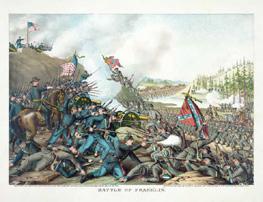


7.
For further reading see Aaron Sheehan-Dean, The Calculus of Violence: How Americans Fought the Civil War (Harvard University Press, 2018) and Stephanie McCurry, Women’s War: Fighting and Surviving the American Civil War (Belknap Press, 2019).

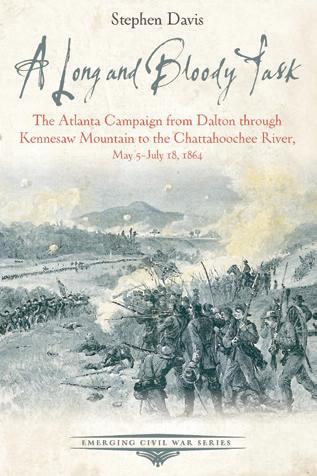
Salvatore Cilella is the retired CEO of the Atlanta History Center. He is the author of Upton’s Regulars (University of Kansas Press, 2009) and editor of The Selected Correspondence of General Emory Upton, 2 volumes (University of Tennessee Press, 2017). The latter is the recipient of the 2019 Founder’s Award, American Civil War Museum. He is currently editing the love letters of Emory and Emily Upton, documenting their brief and tragic two-year marriage (University of Oklahoma Press), due out next spring.


Rider
a. James E.B. Stuart.
b. Ulysses S. Grant.
c. Nathan B. Forrest.
Answers found on page 46. Stephen Davis, our Book Review Editor, asks if there’s a book out there that’s a Federal counterpart to J. D. R. Hawkins’ work, cited on page 46. What was McClellan’s favorite horse? Lincoln’s? (Jeff Davis’ was Kentucky.)
You may e-mail Steve at steveatl1861@yahoo.com.

43 December 2019 Civil War News Match the horse with its rider
Horse
1. King Philip
2. Duke
3. Little Sorrel
4. Jeff Davis
5. Jerry
6. Skylark
Traveler
8. Rienzi
9. Black Bess
10. Cincinnati
Mounted Publishers: Send your book(s) for review to: CWN Book Review Editor Stephen Davis 3670 Falling Leaf Lane, Cumming, GA 30041-2087 SteveATL1861@yahoo.com Programs for Civil War Round Tables and Historical Societies The American Civil War was the first war in which both sides widely used entrenchments, repeating rifles, ironclad warships, and telegraphed communications. Itwasalso firstAmericanWartobeextensivelyphotographed. Mathew Brady, Alexander Gardner and Timothy O’Sullivan are famous for havingmadeiconicphotographsintheCivilWar’seasterntheater. George Barnard deserves be ranked in this top tier for his photographic work the war’s western theater. civilian photographer hired by Gen. William T. Sherman’s chief engineer to take pictures of fortifications around Atlanta, Barnard took several hundred of them in and around the city in fall of 1864. His most famous is the site of Union Maj. Gen. James B. McPherson’s death in the battle of Atlanta, July 22, Thusfar,nocomprehensive,definitivelistinghasbeenmade thephotographer’s The Library of Congress has 130 images; the U. Military Academy West Point, New York, has at least photographs, donated by Captain Poe’s widow. Otherrepositories,suchastheGilderLehrmanInstituteofAmericanHistoryin NewYorkCity,havesmallercollections. For this book we have chosen hundred images we deem “significant,” though otherstudentsmaywonderatsomeofourselections. We hope that this work will stimulate further interest in Barnardiana,andthatotherscholarlyvolumes yettocome. The Atlanta Campaign STEPHEN DAVIS 100 SIGNIFICANT CIVIL WAR PHOTOGRAPHS ATLANTA CAMPAIGN Stephen Davis Cumming, Ga. • Lecturer • Author • Course Instructor “Ask anyone who’s heard me.” For speaking engagements email:
Want To Advertise In Civil War News? Email us at ads@civilwarnews.com Call 800-777-1862 Civil War News Battlefield Of Franklin Land Preservation Purchase---------


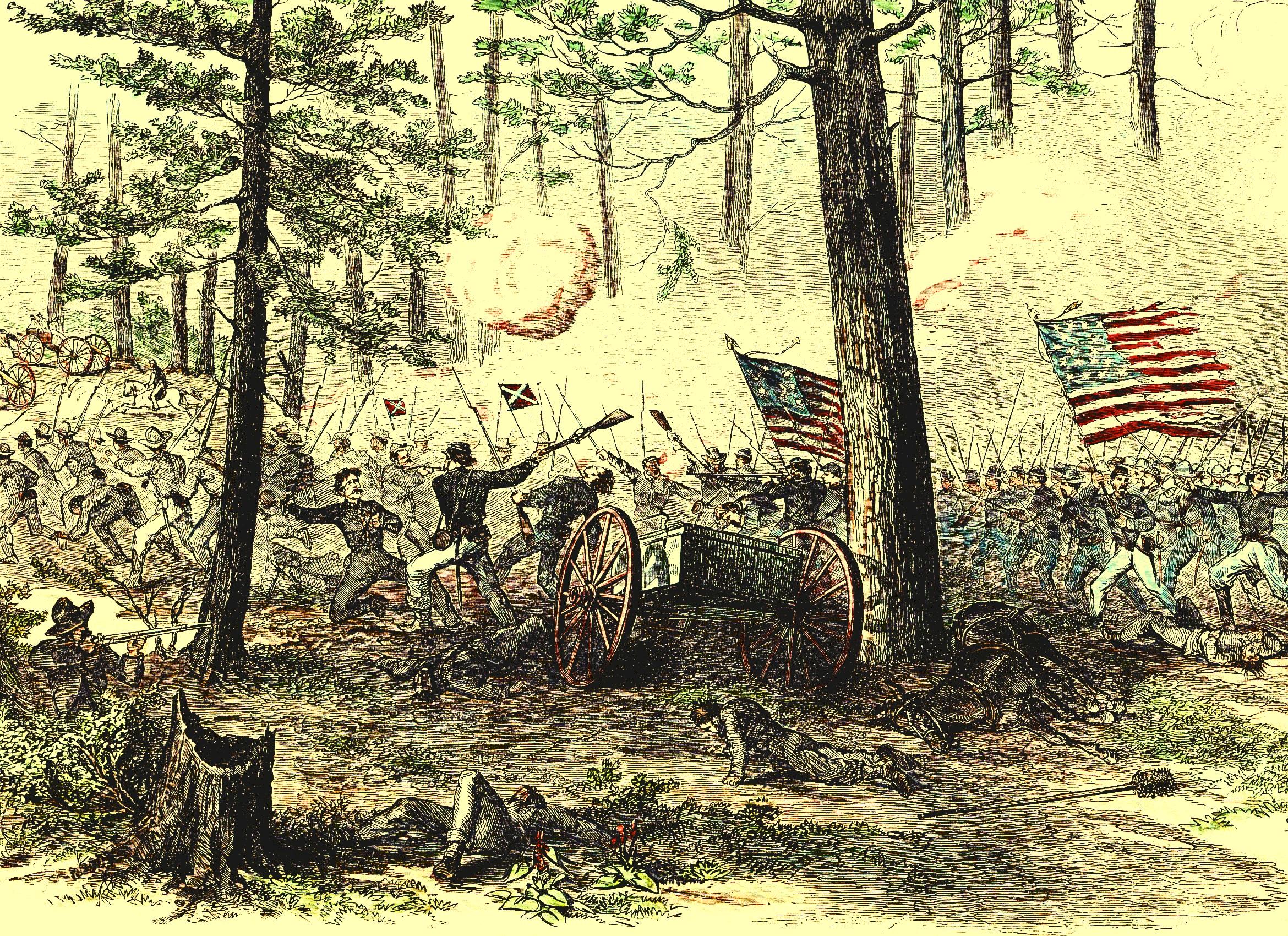

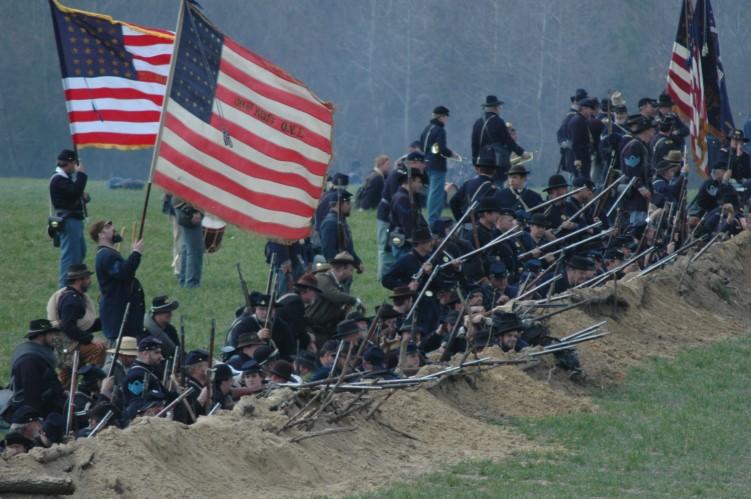

44 Civil War News December 2019 Buying, Selling and Brokering Jack Melton 520 Folly Rd, Suite 25 PMB 379 Charleston, SC 29412 jack@jackmelton.com 843-696-6385 Let me help connect you with a buyer or seller. I specialize in cannon, projectiles, fuses and wrenches, implements, sights, gunner’s equipment, tools, and other artillery related equipment. From single items to collections. Finders Fees Paid. Purveyor of Original Artillery Items
INSIDE EVERY ISSUE

American Battlefield Trust Announces Members of Inaugural Youth Leadership Team




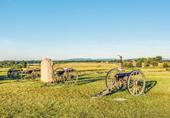

Ten teens from across the country will spend the next year advocating for historic preservation nationally and in their own communities.

WASHINGTON, D.C.—The American Battlefield Trust’s first-ever Youth Leadership Team (YLT) began its yearlong advocacy engagement with a whirlwind, three-day trip to Washington, D.C., this summer for orientation and training. The ten participants returned to their communities with newfound knowledge, eager to begin preservation and interpretation projects of their own, communicating the importance of battlefield preservation and making a tangible impact.
“By supporting this group of emerging leaders, we hope to create a ripple effect for battlefield preservation, visitation, and history education in our nation,” said Trust president James Lighthizer. “They are the face of battlefield preservation for a new generation, empowering other young people to create change within their own schools and communities.”
YLT participants were chosen through a competitive application process, beginning last spring. Successful candidates were notified and invited to Washington in early August to meet the staff, learn more about the Trust vision, and refine their individual project proposals in consultation with these experts.
“History is such an interesting subject that gets overlooked,” said participant Makayla Decker. “It is very important to know our history and by being part of this organization, I hope to spark interest in not only the people of my community but also my younger generation.”
The group returned to Washington in late September to meet with their elected officials as part of the Trust's first Youth Lobby Day.
“At a time when popular opinion holds that young people are not interested in subjects like history, the testimony of these passionate teens bears powerful witness to the contrary,” said Connor Townsend, the Trust's associate for audience development and the YLT project lead. “They are articulate and eager to share this message with the world.”
During the course of the academic year, they will pursue individual projects in their home communities, supported by Trust staff. Among the initiatives being undertaken by YLT members are
organizing living history events, raising funds toward land acquisition, and establishing cleanup gatherings — plus more 21st-century offerings like a podcast series. During the organization’s 2020 Annual Conference next May in Chantilly, Va., they will present their findings and results to the broader membership.
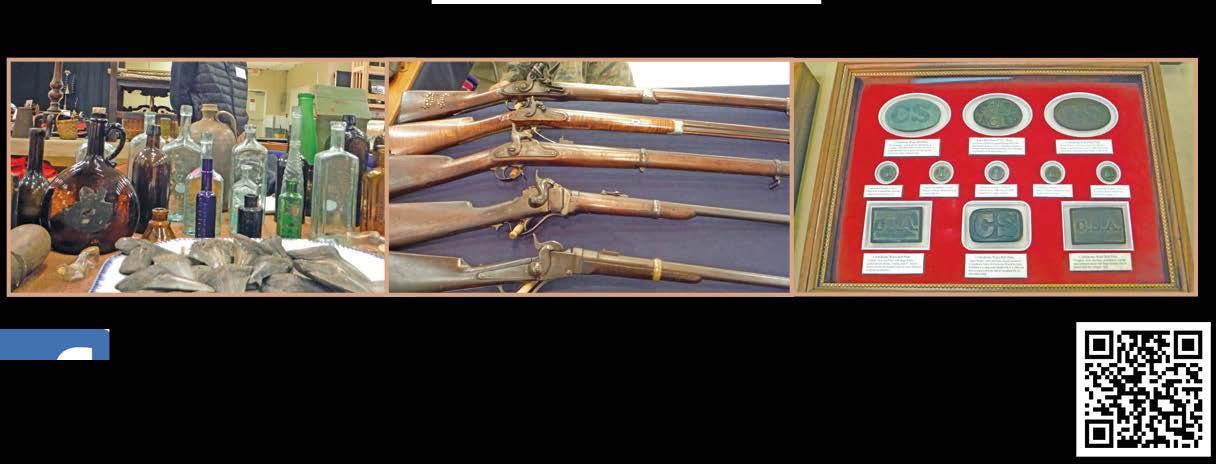




“Many teens and adults don’t even know that an important Civil War battle occurred in Hart County, Ky.,” said participant Taylor Bishop. “So what I am going to do is try to fix that. In early October, I’m going to take at least 30-35 high schoolers and a few eighth grade students to the Munfordville Battlefield, giving them a name of a man who was either killed, wounded, or fought in that battle. So, that way, they get a closer connection to the Civil War.”




The full roster of the 2019 Youth Leadership Team
includes: Taylor Bishop, 15, of Greensburg, Ky.; Olivia Brinkman, 17, of Patchogue, N.Y.; Makayla Decker, 16, of Dillsburg, Pa.; Jessica Grajeda, 17, of Goodyear, Ariz.; Owen Lanier, 15, of Gloucester, Va.; Scott Lee, 15, of Los Angeles, Calif.; John Mugabe, 16, of Rock Hill, SC; Sarah Schwartz, 16, of Fort Myers, Fla.; Hays Turner of Middleburg, Va.; and Karalyn Viszoki, 16, of Monroe Township, NJ.
The American Battlefield Trust is dedicated to preserving America’s hallowed battlegrounds and educating the public about what happened there and why it matters today. The nonprofit, nonpartisan organization has protected more than 50,000 acres associated with the Revolutionary War, War of 1812, and Civil War. Learn more at www.battlefields.org.
Harpers Ferry Civil War Round Table HARPERS FERRY, W.Va.—At its September 11 program, the Harpers Ferry Civil War Round Table marked 40 years of educational meetings. Pictured, left to right, are three men who were at its first meeting in 1979: Dennis Frye, Mike Musick, and Gene Barr. The Round Table meets on the second Wednesday of each month at Camp Hill United Methodist Church in Harpers Ferry. For more information, contact Chris Craig, ccraig@laurellodge.com, 304-433-1260. (Ed
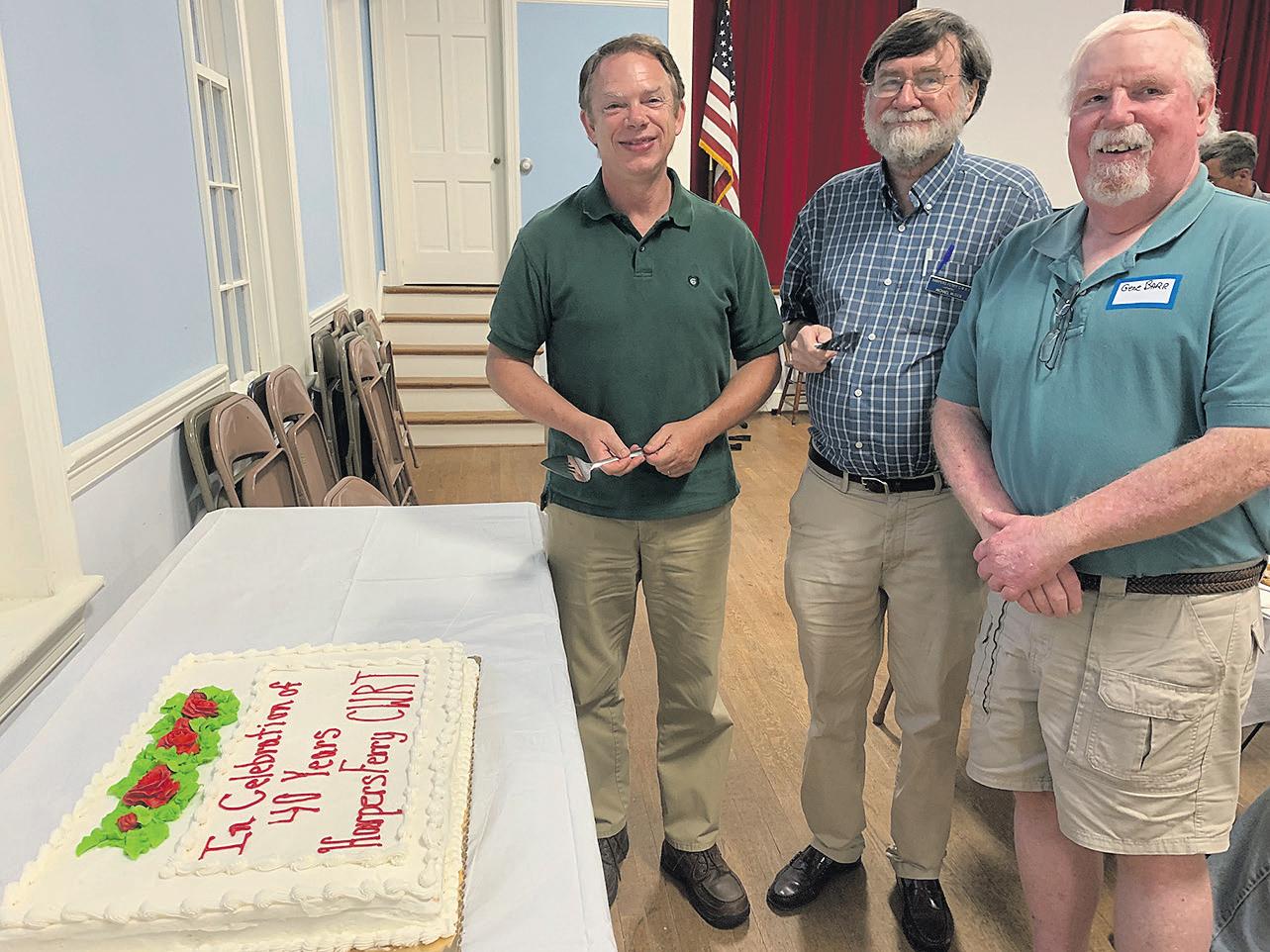
45 December 2019 Civil War News Historical Publications, LLC Civil War News • 800-777-1862 520 Folly Road, Suite 25 PMB 379 Charleston, SC 29412 www.CIVILWARNEWS.com UP-TO-DATE COVERAGE • PRESERVATION NEWS • BOOK REVIEWS SHOWS, LIVING HISTORY AND REENACTMENTS • HISTORICAL ARTICLES MONTHLY COLUMNS • CALENDAR OF EVENTS STAY INFORMED! Only $38.50/One Year • $66.00/ Two Years THE MONTHLY CURRENT EVENTS NEWSPAPER -FORCIVIL WAR ENTHUSIASTS SINCE 1974 12 ISSUES PER YEAR PRINT & DIGITAL EDITIONS AVAILABLE CALL OR SUBSCRIBE ONLINE TODAY! 2018 CW N No. $3.50 America’s Newspaper For Civil Enthusiasts Trust members saved Culpeper Virginia. Civil War Trust’s Path to Preservation CW N January Civil News America’s Monthly Newspaper For Civil Enthusiasts Dancing page 27 issue: Inspection, Through Roundtable GETTYSBURG, that of woundingGettysburg, sortstown hear morebattle Gettysburg place seekwhere dancing theyEstablished Brother’s, Several tavern. “Rebecca,”seen Whether dinnerdancing. NewDuffypresentingtheincludingEisenhower photographs onlyHotel. the enjoying Dancing the Night Away at the Gettysburg Hotel Floor blur the Lincoln Scholar Harold Holzer’s Oration at the 154th Anniversary of the Gettysburg Address National November Washington—standsEmancipation extend-half-nakeddeclared day, apartafter-coming generationsexalted Douglass’s incorrect. slave degrading. cityscapeDouglass’s contested sculpturere-consecrate acknowledgcontroversy—the memory gather speech gavewithMeadevalor, onto the issueretrievable,equal—remained Now war—a condemned, defaced,went inspire challenge collective recallsundisputed
Wheeless)
Top row (left to right): Sarah Schwartz, Owen Lanier, John Mugabe, Makayla Decker, Hays Turner; bottom row (left to right): Olivia Brinkman, Jessica Grajeda, Taylor Bishop, Karalyn Viszoki, Scott Lee. (Maggie Holmgren)
American Digger Magazine's :::::::······:::::::Open to Public: Saturday: 9-5 Sunday: 9-3 LOW COUNTRY CIVIL WAR& ARTIFACT SHOW January 4-5, 2020 Omar Shrine Temple 176 Patriots Point Rd. Dealer Setup: Friday 12-7 PM Sat. 7-9 AM Mt Pleasant, SC Bring the whole family! There's something for everyone in nearby Charleston! 200+ tables Buy/Sell/Trade/ Browse/Display Swords & Knives Antique Firearms Dug & Non-dug Civilian Items Jewelry & Bottles Stone Artifacts Forinformation: (770)362-8671or (716)574-0465 anita@ americandigger. com Art, Photographs, & Books Militaria & Americana All Eras to WWII Metal Detectors & Equipment Awards Door Prizes americandigger.com/ american-digger-events/
Before making plans to attend any event contact the event host. Deadlines for Advertising, Editorial or Events Submissions is the 20th of each month.
We strive to add all events submitted to us but do not guarantee that your event will be published. There is a 100 word maximum for each event. Email events to: ads@civilwarnews.com
Nov. 16-17, Virginia. Civil War Show and Sale
MK Shows presents the “Original Richmond” Capital of the Confederacy Civil War Show for collectors and history enthusiasts. There are hundreds of dealers with tables filled with books, authentic artifacts, guns, swords, uniform gear, images, artillery, belt buckles, buttons, and other accoutrements. Located at the Richmond International Raceway, 600 E. Laburnum Ave. Free parking. Over 350 tables. Adults $10, Children under 12 are free. Sat. 9-5 and Sun. 9-3. For information; www.MKShows.com or mike@mkshows.com.
Nov. 22-23, Pennsylvania. Civil War Expo
Hotel Gettysburg, 1 Lincoln Square. Room left of front desk. Friday 11 a.m. –10 p.m.; Sat. 10 a.m. – 6 p.m.; Free Admission – Civil War and More: books; Sullivan Press: documents, stationary; Local Yokals Folk Art: pin cushions, pen wipes; Lucyshairwork: Victorian hair jewelry; Miller’s Millinery: authentic 18th & 19th century head wear. Daily and hourly parking in garage behind hotel. Daily parking passes available at hotel desk for $12 include in/ out privileges. For more information: genjenkins@aol.com.
Nov. 22-23, Pennsylvania. Gettysburg - The President’s Remembrance Day Dinner & Ball
Come join us for the our 17th Annual President’s Dinner & Ball. Friday’s event will be at the Gettysburg Hotel and has a Celtic Theme to honor our Celtic ancestors. Saturday night will be held at NPS Visitors Center with a patriotic theme and full access to the museum as well as two private showings of the Cyclorama! See our website at www.remembrancedayball.com for full details or contact John B. Newbold at johngetysbg@aol.com, 930 Highland Ave., Gettysburg, PA 17325, 717-420-5145.
Nov. 23, Pennsylvania. National Civil War Ball
The National Civil War Remembrance Day Ball will be held at 8 p.m. Nov. 23, at the Wyndham Gettysburg Hotel, Pa. Sponsored by the Sons of Veterans Reserve, the Military Dept. of the Sons of Union Veterans. Proceeds are donated to the Gettysburg Nat’l. Park. Period attire encouraged but not required. Dancing led by the Victorian Dance Ensemble. For a free Civil War Dance Manual email Contact@CivilWarDance.org. Tickets are $20 in advance, $25 at door. For tickets, mail check payable to “SVR Remembrance Day Ball” to Brig. Gen. Henry E. Shaw, Jr., 27 Griswold Street, Delaware, OH 43015. Include email and a stamped self-addressed envelope. For information; 740-369-3722 or email hshaw@columbus.rr.com.
Nov. 23, Pennsylvania. Remembrance Day in Gettysburg
General Meade & his Generals and the veterans of the Battle of Gettysburg Honor/Dedication Ceremonies during the Remembrance Day Observance. Honoring all commanders and veterans of the Battle. Meet at the General Meade Equestrian Monument at 10:30 a.m. For info; Jerry McCormick, 215848-7753 or gedwinmc@msn.com.
Nov. 23-24, Louisiana. Reenactment and Living History
Annual event will be held the weekend of Nov. 23-24. Camp Moore is the historical site of the largest Confederate training camp in Louisiana. A 6.5acre park, Confederate cemetery and museum of artifacts from the Civil War located at 70640 Camp Moore Rd. Tangipahoa, La. Admission is just $5 adults, $3 students, under 6 free and includes tour of museum, campsites and scripted battles on both days at 2 p.m. Food vendors and sutlers will be on site. Hours are 9 a.m. (campsites) 10 a.m. (museum) until 4:30 p.m. on Sat. and until 4 p.m. on Sun. For more information: http://www.campmoorela. com/Reenactment.html.
Dec. 7-8, Tennessee. Civil War Show and Sale
MK Shows presents the 32nd Annual Middle Tennessee Civil War Show and Sale at the Williamson County Ag Expo Park, 4215 Long Lane in Franklin. The nation’s largest Civil War show, featuring 1,000 tables of antique
weapons, artifacts and memorabilia from top dealers and collectors around the country and encompassing all eras of military history from the Revolutionary War through World War II. Appraisers are always on hand to help you identify and value your military collectibles at no cost. Hours are 9-5 on Saturday, 9-3 on Sunday, parking is free and admission is only $10/adults and children 12 and under are free. For more information; www.MKShows.com or Mike@MKShows.com. See $1 off coupon on page 47.
Dec. 31, Pennsylvania. Annual General Meade Birthday Celebration
Mark the annual anniversary of the birth of General George G. Meade, heroic commander of the victorious Union army at the Battle of Gettysburg. The General Meade Society of Philadelphia will celebrate at Historic Laurel Hill Cemetery, 3822 Ridge Ave. at 12 p.m. Champagne toast and reception will follow. For information; 215-228-8200 Laurel Hill Cemetery.
Jan. 4-5. South Carolina. Civil War Show
Low Country Civil War Show & Sale at Omar Shrine Temple, Mount Pleasant, Sat. 9-5, Sun. 9-3. Sponsored by American Digger Magazine. For information, 770-362-8671, 716-574-0465, www.americandigger.com.
Jan. 12, Pennsylvania. GAR Museum Open House
Civil War regimental brass band concert to be held at the historic Ruan House located at 4278 Griscom Street, Philadelphia, Pa. at 1:30 p.m. For information; 215-289-6484 or www.garmuslib.org.
Jan. 18-19, North Carolina. 155th Commemoration of the 2nd Battle of Fort Fisher Program will focus on the Jan. 13-15, 1865 campaign to capture the fort. Battle reenactments and live artillery fire demonstrations with Fort Fisher cannons. Descendant’s reunion program for those with ancestors involved in the battle. Period exhibits, guest speakers and reenactors to demonstrate aspects of the battle. This family-friendly event is open to the public at no charge with off-site parking. Hours both days are 10 a.m. to 4 p.m. Located at 1610 fort Fisher Blvd. South, Kure Beach, NC 28449, for more information; 910-251-7340 or www.friendsoffortfisher.com or www.nchistoricsites.org/fisher.
Feb 1-2, Georgia. Civil War Show
MK Shows presents the Chickamauga (Dalton) Civil War Show at the Northwest Georgia Trade Center, Dalton, Ga., for collectors and history enthusiasts. Over 400 sale and display tables. Adults $10, Children under 12 are free. Open Sat. 9-5 and Sunday, 9-3. For information; www.MKShows.com, email Mike Kent at mike@mkshows.com.
Feb. 12, Pennsylvania. Lincoln Birthday Celebration, Parade and Ceremonies
Sponsored by the Union League of Philadelphia. Arrive by 10 a.m. for free parking for reenactors at Laz Garage on the N.W. corner of 15th & Sansom St. only. There will be a lunch for the participants at 12 p.m. After the parade participants are invited to the Union League for refreshments and entertainment. Register: awaski01@gmail.com.
March 21-22, Maryland. Baltimore Antique Arms Show
The Maryland Arms Collectors Association presents our 66th annual “Original Baltimore Antique Arms Show”. The Baltimore show attracts thousand of serious collectors from across the globe. The show is located at the Maryland State Fair Grounds Cow Palace, 2200 York Road, Timonium, Maryland. Admission $10 each day. Active duty military, scouts, and police in uniform enter both days free of charge. Sat. 9-5 and Sun. 9-3. For more information: www.baltimoreshow.com
March 21-22. North Carolina. Reenactment
Bentonville Battlefield State Historic Site is host to the largest reenactment held in the state of North Carolina every five years. Visitors will learn about the battle that happened Mar. 19-21, 1865, which was the last major Confederate offensive in the war as Gen. Joseph Johnston fought the advancement of Gen. Sherman’s march across the South. Included are many free programs and 2 reenactments which are ticketed events. For tickets, schedule of events and more information; 910-594-0789 or https://www.johnstoncountync.org/155th-bentonville-reenactment.
small talk tRivia Answers
1. c. Forrest. “…the General’s own favorite charger, King Philip….” (Robert Selph Henry, “First With the Most” Forrest [1944], 230).
2. e. Sherman. “I sent you a few days ago some photographs, [in] one of which Duke was very fine. He stood like a gentleman for his portrait….” (Brooks D. Simpson and Jean V. Berlin, eds., Sherman’s Civil War [1999], 728).
3. g. Jackson. “Jackson spotted a small sorrel horse….he kept it for his war horse—the famous ‘Little Sorrel.’” (Frank Vandiver, Mighty Stonewall [1957], 142).
4. h. Hood. “I had a favorite roan horse…‘Jeff Davis.’” (Hood, Advance and Retreat [1880], 64).
5. j. Polk. “…one led ‘Jerry,’ a strawberry roan with black legs….” (Joseph H. Parks, General Leonidas Polk: The Fighting Bishop [1962], 383).
6. a. Stuart. “Stuart was constantly in the saddle, riding Skylark, a Maryland-bred sorrel horse” (J.D.R. Hawkins, Horses in Gray: Famous Confederate War Horses [2017], 93).
7. d. Lee. “From the Gettysburg-Cashtown Road, he pushed Traveler up Seminary Ridge….” (Clifford Dowdey, Lee [1965], 375).
8. f. Sheridan. “Captain Archibald P. Campbell…presented me with the black horse called Rienzi….” (Personal Memoirs of P. H. Sheridan [1888], vol.1, 177).
9. i. Morgan. “The women swooped around his horse, Black Bess, clipping locks of hair from her mane….” (James A. Ramage, Rebel Raider: The Life of General John Hunt Morgan [1986], 62-63).
10. b. Grant. “…Grant mounted his powerful bay horse Cincinnati….” (Ron Chernow, Grant [2017], 375).
46 Civil War News December 2019
Terms and Conditions
The following terms and conditions shall be incorporated by reference into all placement and order for placement of any advertisements in Civil War News by Advertiser and any Agency acting on Advertiser’s behalf. By submitting an order for placement of an advertisement and/or by placing an advertisement, Advertiser and Agency, and each of them, agree to be bound by all of the following terms and conditions:
1. All advertisements are subject to acceptance by Publisher who has the right to refuse any ad submitted for any reason.
2. The advertiser and/or their agency warrant that they have permission and rights to anything contained within the advertisement as to copyrights, trademarks or registrations. Any infringement will be the responsibility of the advertiser or their agency and the advertiser will hold harmless the Publisher for any claims or damages from publishing their advertisement. This includes all attorney fees and judgments.
3. The Publisher will not be held responsible for incorrect placement of the advertisement and will not be responsible for any loss of income or potential profit lost.
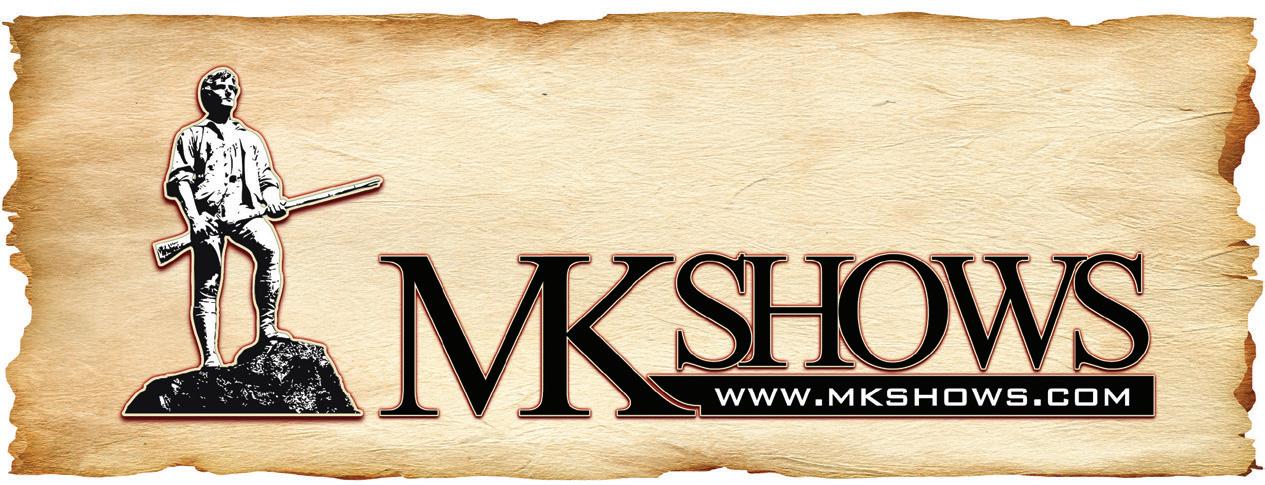
4. All orders to place advertisements in the publication are subject to the rate card charges, space units and specifications then in effect, all of which are subject to change and shall be made a part of these terms and conditions.
5. Photographs or images sent for publication must be high resolution, unedited and full size. Phone photographs are discouraged.
6. At the discretion of Civil War News any and all articles will be edited for accuracy, clarity, grammar and punctuation per our style guide.
7. Articles can be emailed as a Word Doc attachment or emailed in the
the message. Microsoft Word format is preferred. Email
47 December 2019 Civil War News Advertisers In This Issue: 100 Significant Civil War Photographs – Atlanta 21 A Bloody Day at Gaines’ Mill book 23 Abraham Lincoln’s Pocket Knife (replica) 18 American Battlefield Trust 6 Ace Pyro LLC 2 American Digger Magazine 19 Artilleryman Magazine 39 Brian & Maria Green 2 Castle Rock Carbon & Coal 8 C.S. Acquisitions 18 Civil War Artillery – The Half Shell Book 35 Civil War Dealers Directory 20 CWMedals.com, Civil War Recreations 25 Civil War Navy Magazine 15 Civil War Shop – Will Gorges 9 College Hill Arsenal – Tim Prince 24 Dell’s Leather Works 11 Dixie Gun Works Inc. 18 Dragon Ridge, LLC 32 Fugawee.com 11 Georgia’s Confederate Monuments – Book 26 Gettysburg Foundation 9 Greg Ton Currency 17 Gunsight Antiques 4 Harpers Ferry Civil War Guns 11 The Horse Soldier 13 Jack Melton 44 James Country Mercantile 11 Jeweler’s Daughter 8 Jessica Hack Textile Restoration 13 Le Juneau Gallery 4 Mike Brackin 29 Mid West Civil War Relics 18 Military Images Magazine 33 National Museum of Civil War Medicine 31 N-SSA 13 Old South Antiques 21 Panther Lodges 11 The Regimental Quartermaster 9 Richard LaPosta Civil War Books 40 Stephen Davis – Author 20, 43 Suppliers to the Confederacy – Book, Craig Barry 12 Ulysses S. Grant impersonator – Curt Fields 8 University of Tennessee Press 16, 41 Vin Caponi Historic Antiques 10 VMI Museum 19 Events: 155th Bentonville Reenactment 44 155th Battle of Fort Fisher 15 Civil War Seminars 4 Lowcountry Civil War Show 45 MKShows, Mike Kent 3, 19 Olustee Reenactment 11 Poulin Auctions 48 Rock Island Auction Company 7 Sherman’s 200th Birthday Party 21
and photographs: mail@civilwarnews.com
body of
articles
c c c c c c Charge my: Discover MasterCard Visa NAME ADDRESS ADDRESS CITY STATE ZIP CODE EMAIL $38.50 - 1 year USA Print $48.50 - 1 year USA Print & Digital $66 - 2 year USA Print $86 - 2 year USA Print
Digital $29.95 - 1 year Digital only Payment Enclosed Check # Card # Exp. Date Security Code Name on Card New Renewal c Make checks payable to Historical Publications LLC. c c c c Civil War News – 12 Issues Per Year Subscription/Renewal Form PHONE Email (required for digital subscription) USA Subscriptions Only No Canada or International Mail to: Historical Publications LLC 520 Folly Road, Suite 25 PMB 379, Charleston, SC 29412 Deadlines for Advertising or Editorial Submissions is the 20th of each month. Email to ads@civilwarnews.com Subscribe online www.CivilWarNews.com Mike@MKShows.com • www.MKShows.com Admission Coupon To Any MKShows Event $1 Off 770-630-7296
&
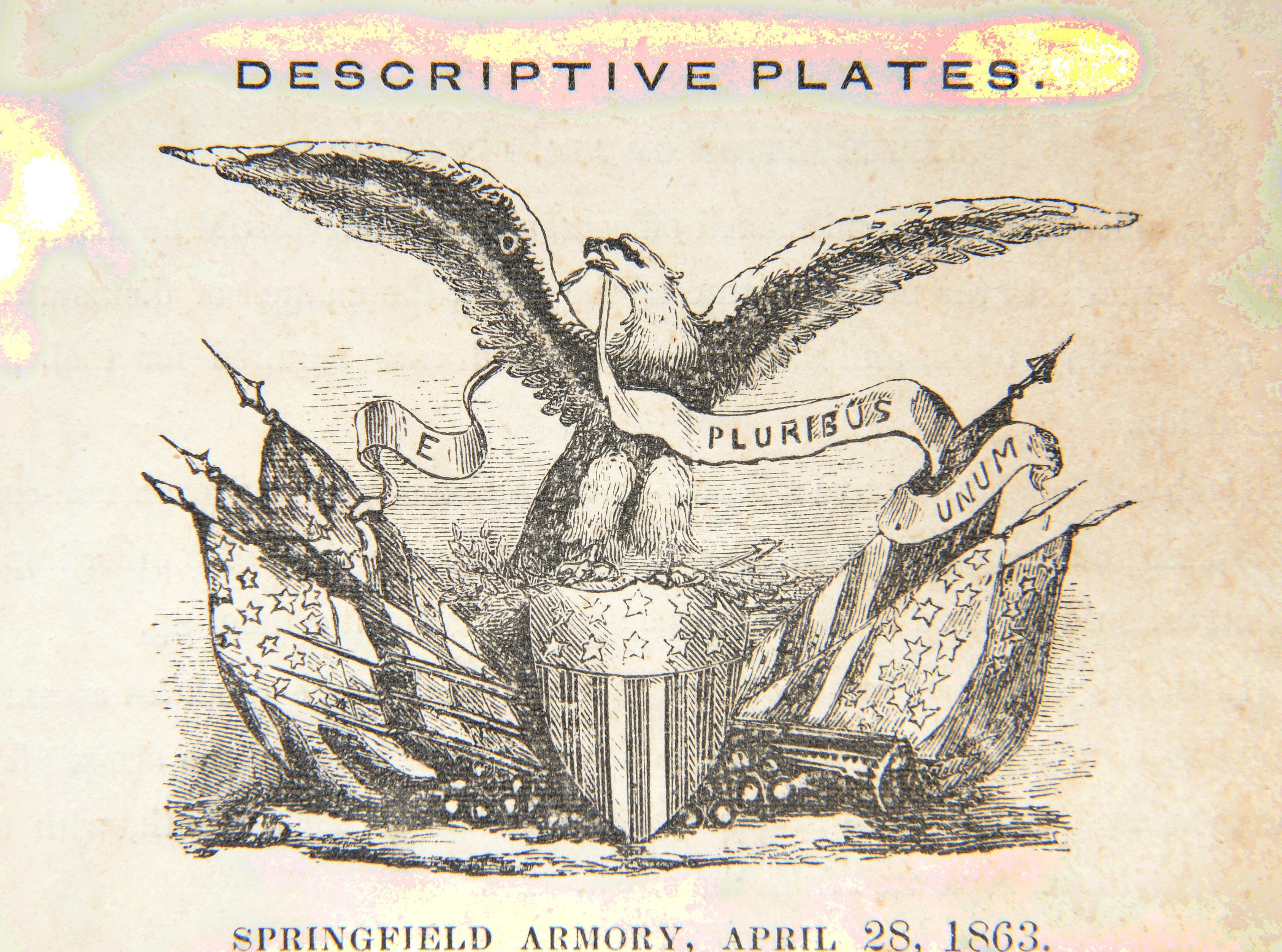








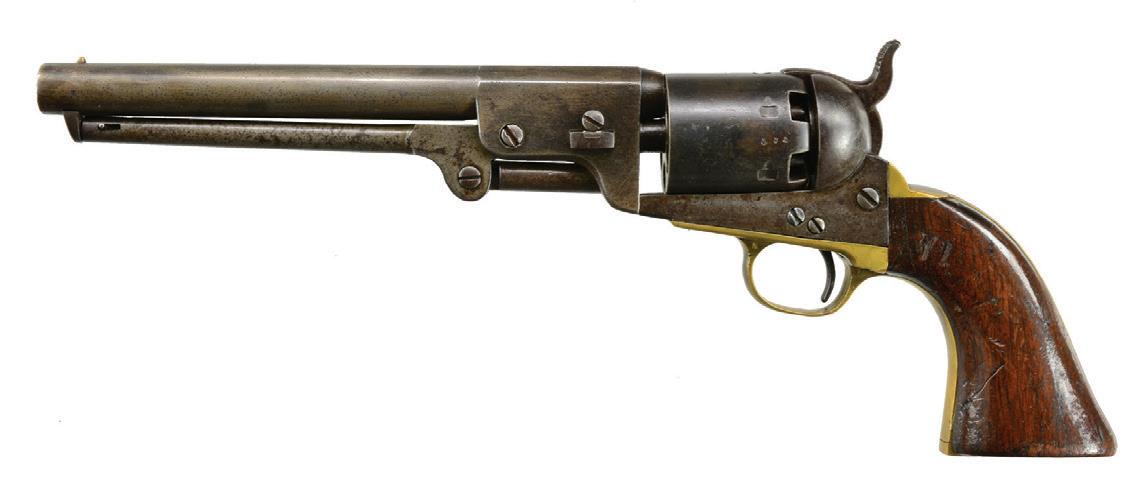



Firearms & Militaria Auctioneers civilwar@poulinauctions.com | poulinauctions.com | 199 Skowhegan Rd | Fairfield, ME 04937 | 207-453-2114 John Sexton Civil War Sales Coordinator and Civil War Cataloger Magnificent
Stephen Poulin, ME Lic # 1115 Sold $41,710 Sold $41,125 Sold $38,185 Sold $36,425 Sold $23,500 Sold $23,500 Sold $23,500 Unique 1864 Patent Model For The Rare Civil War 6 Tube Blakeslee Cartridge Box (Est. $3,000-5,000) Sold $7,635 Fine Hand Sewn Civil War Era 13 Star Flag (Est. $3,000-5,000) Confederate Bilharz Muzzleloading Carbine (Est. $15,000-20,000) Rare & “As Found” Confederate Keen-Walker Brass Frame Breech Loading Percussion Carbine (Est. $20,000-30,000) 2nd Model Brass Frame Confederate Morse Breech Loading Carbine Made In Greenville, SC (Est. $15,000-20,000) Fine Cook & Brother Athens Georgia Confederate Percussion Carbine (Est. $20,000-25,000) Rare Leech & Rigdon Confederate Revolver (Est. $15,000-18,000) Sold $41,125 March 27, 28 & 29, 2020 | Fairfield, ME Accepting Consignments For Premier Spring Firearms Auction Our Fall 2019 Firearm Auction generated nearly $5.5 Million in sales for our consignors - Our largest to date! Call our offices to be part of our next Premier Firearms Auction - Deadline for consignment Late January Rigdon & Ansley Confederate Revolver Carried By Captain
Don’t Miss Our Online Firearms & Militaria Auction December 5, 2019 | www.poulinauctions.com
Cased Presentation Sword of Gettysburg Hero General Alpheus Williams (est. $20,000 - 30,000)
Luther M. Clements, Co. F, 41st Alabama (Est. $25,000-35,000)


















 By Matthew Borowick
By Matthew Borowick


































 by Joe Bilby
by Joe Bilby










































 By Carl L. Sell, Jr.
By Carl L. Sell, Jr.






























































































 By Bob Ruegsegger
By Bob Ruegsegger






































































































